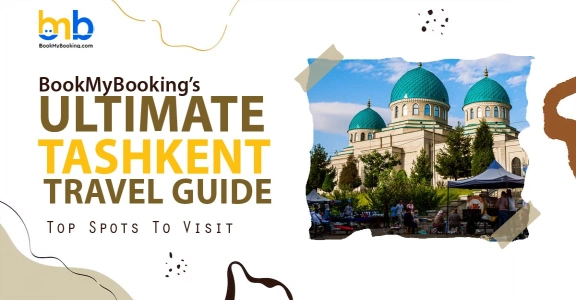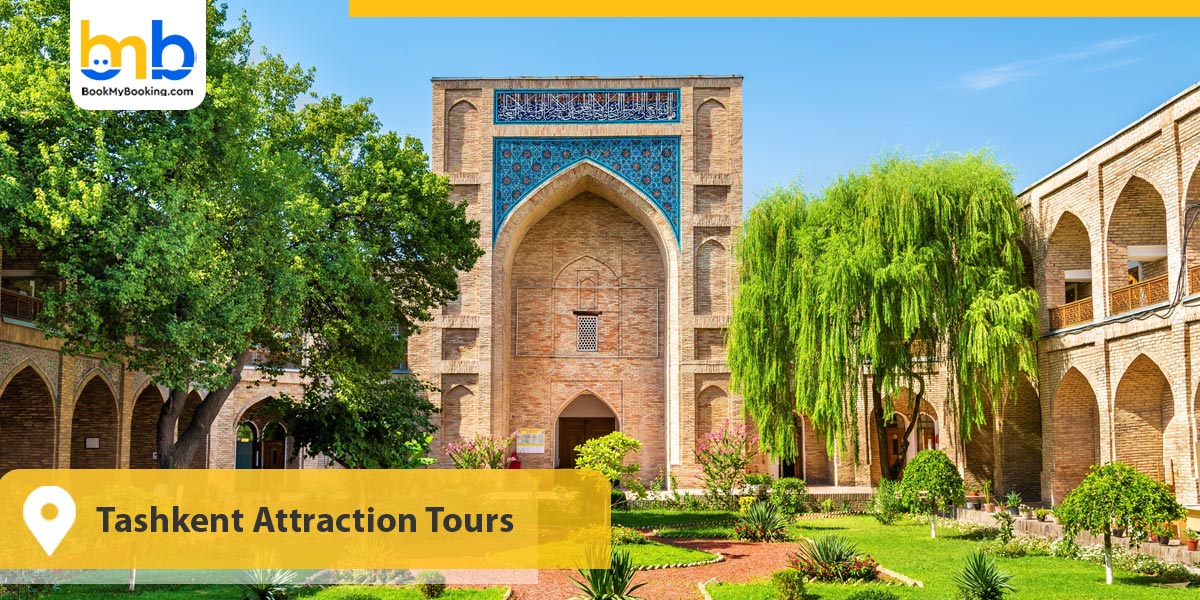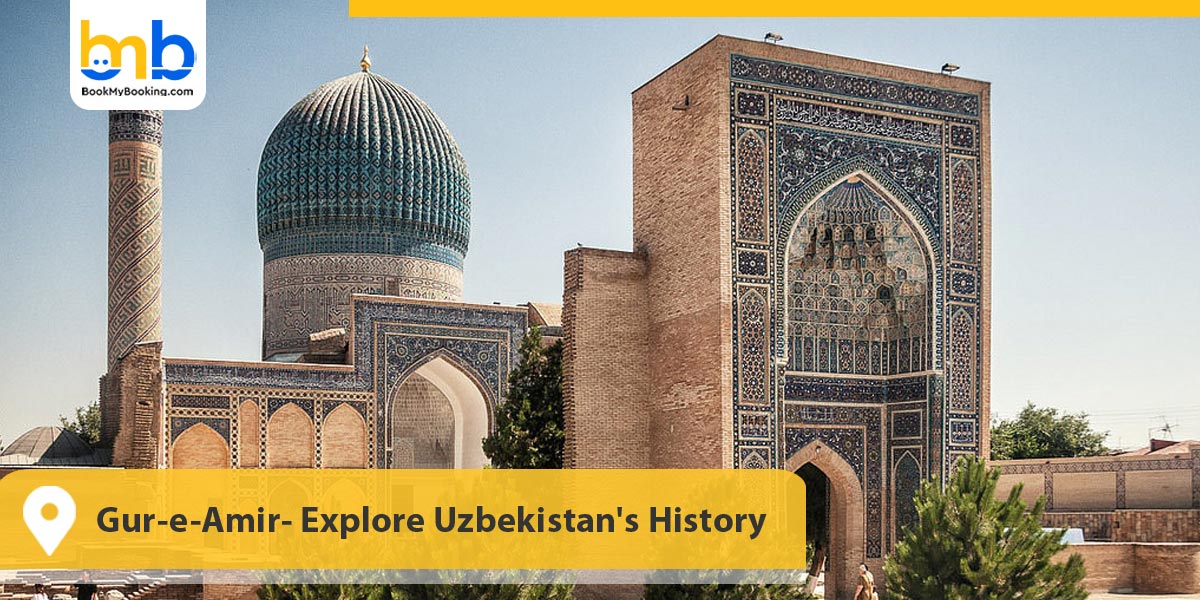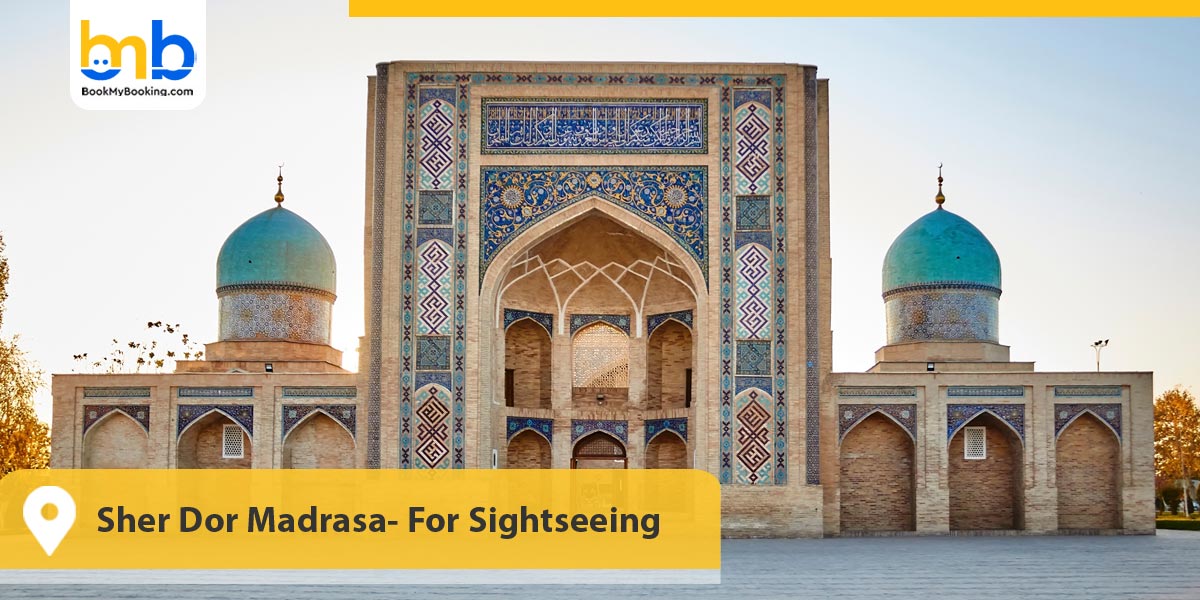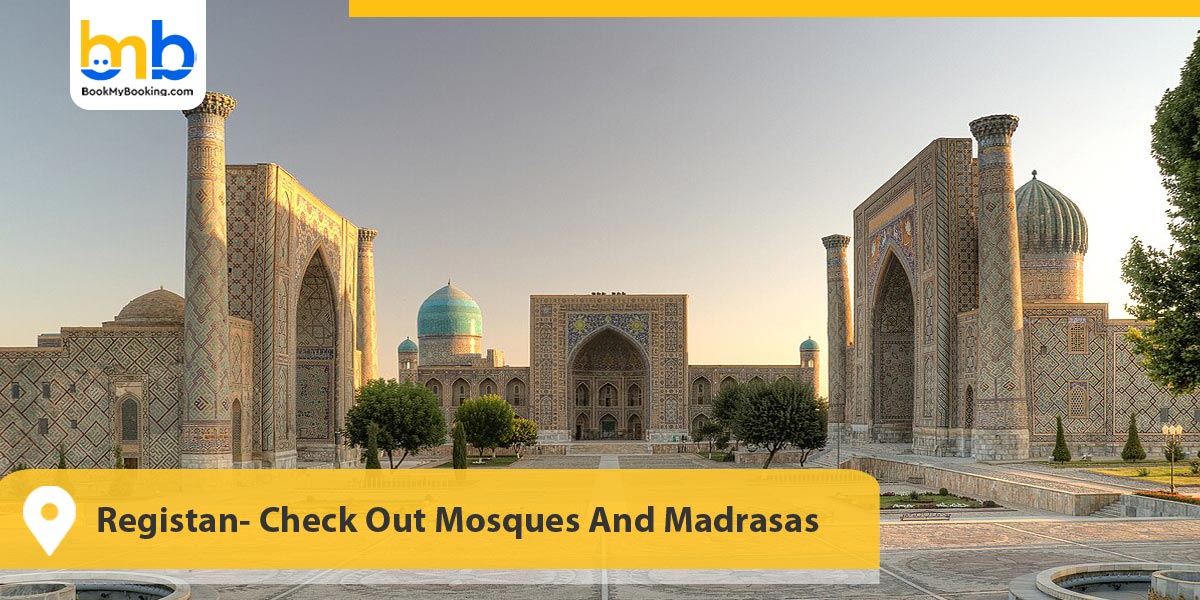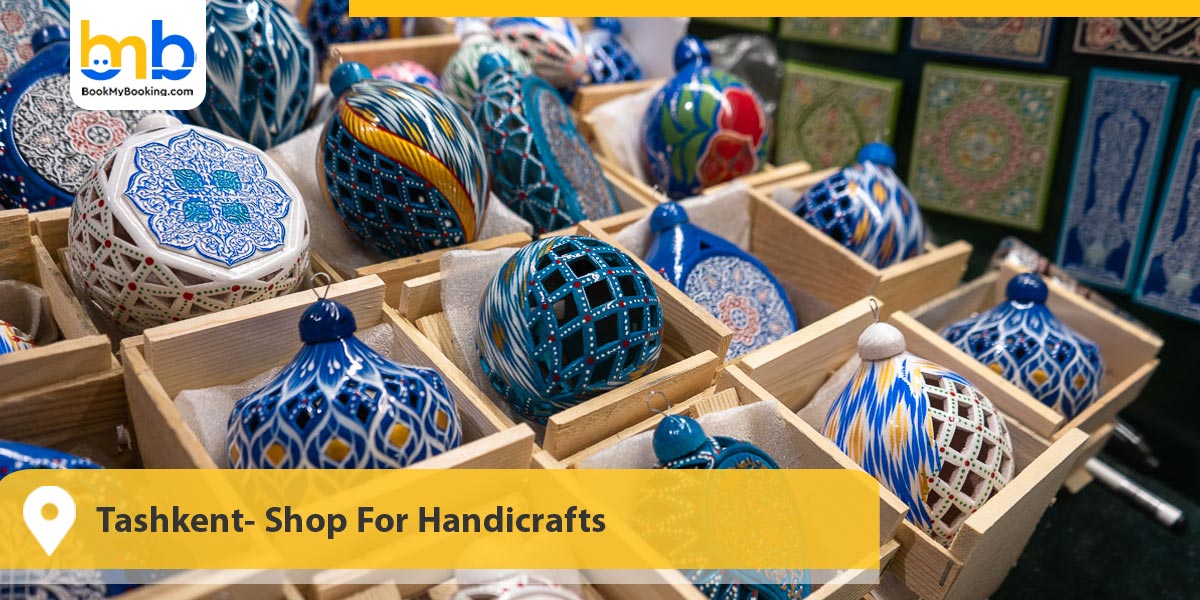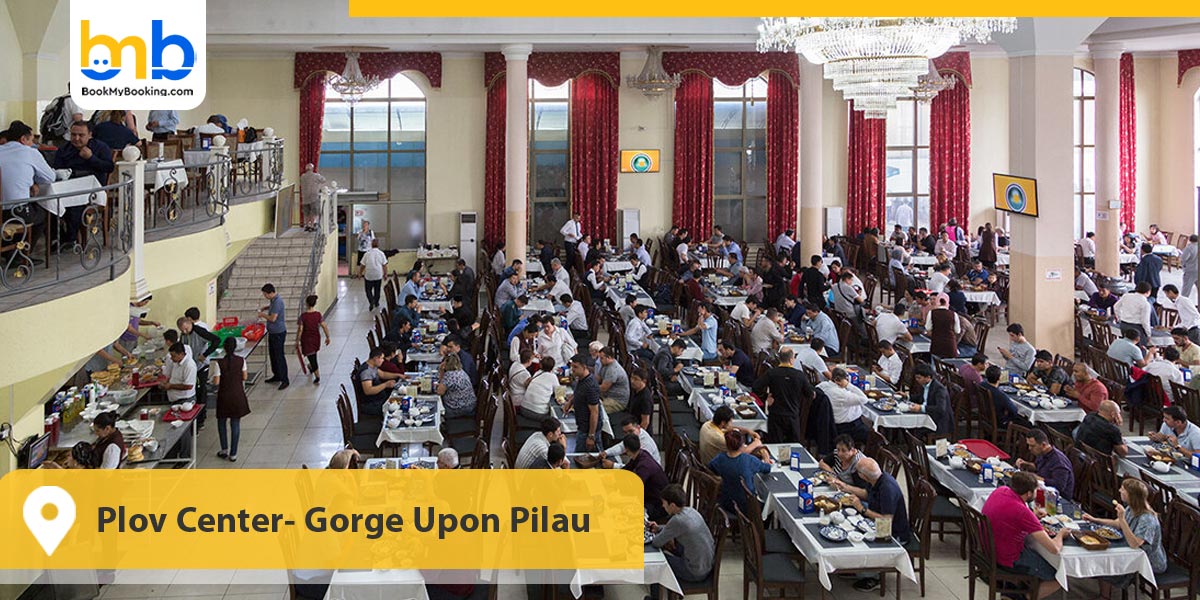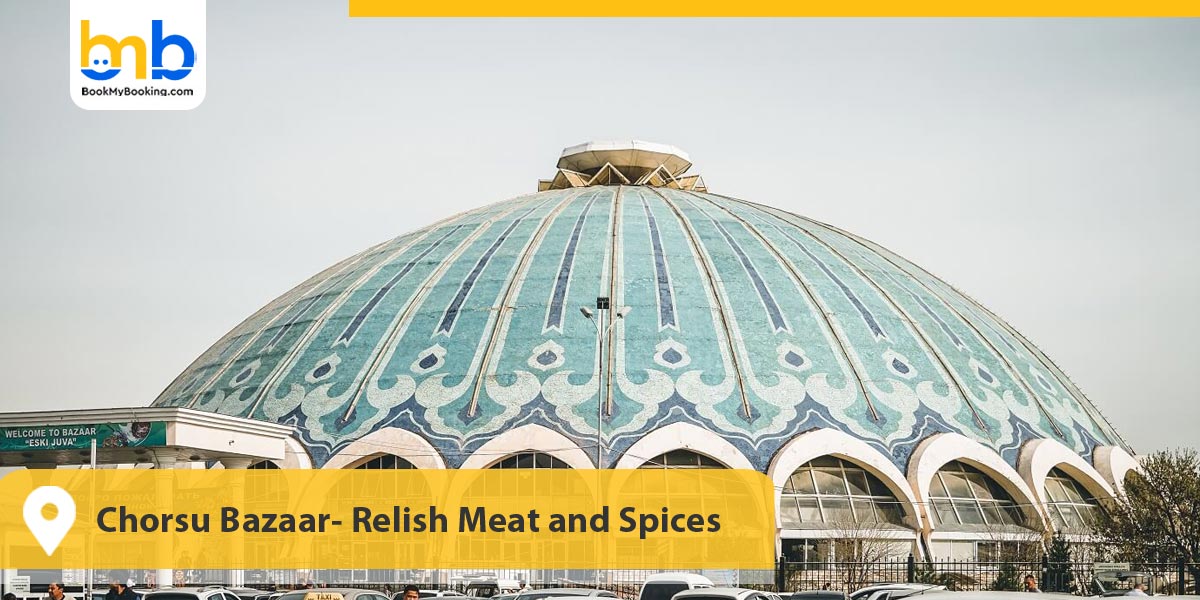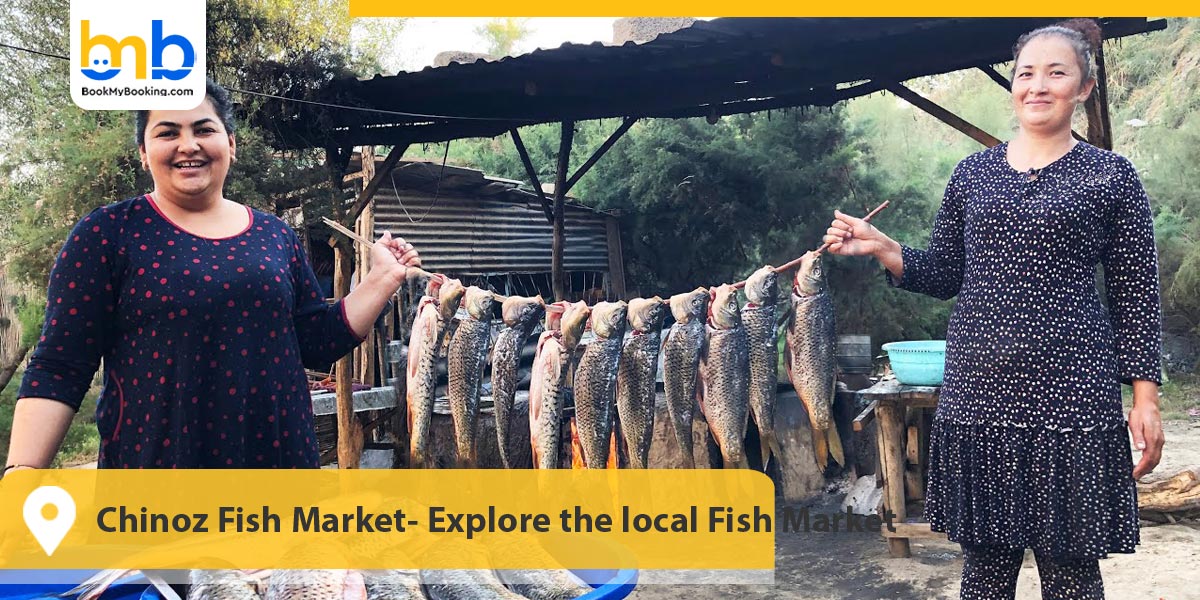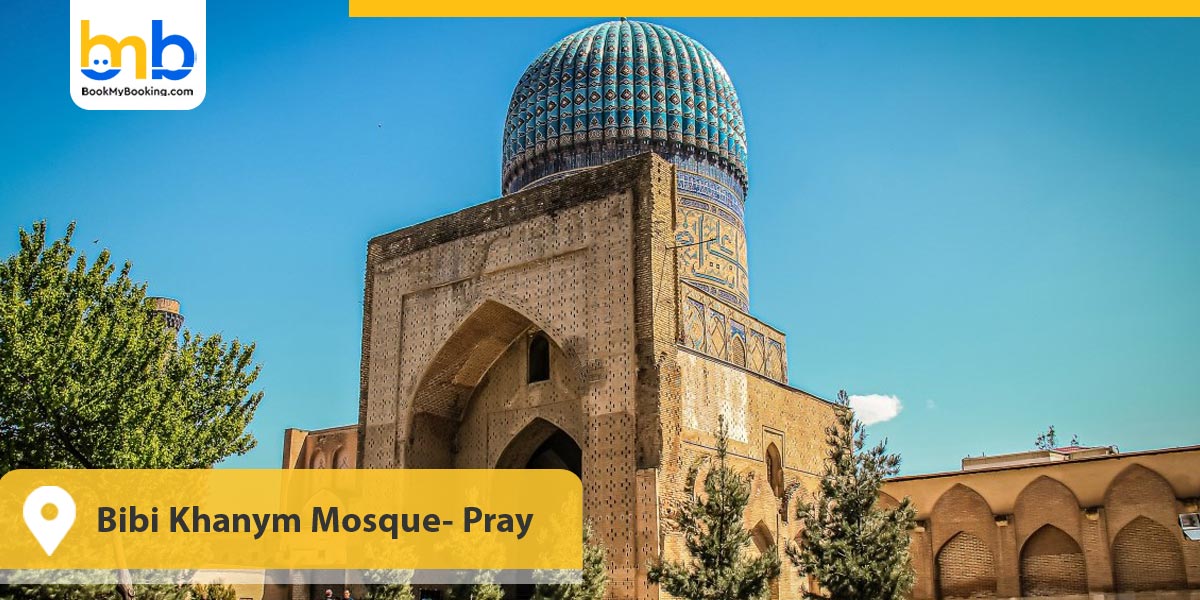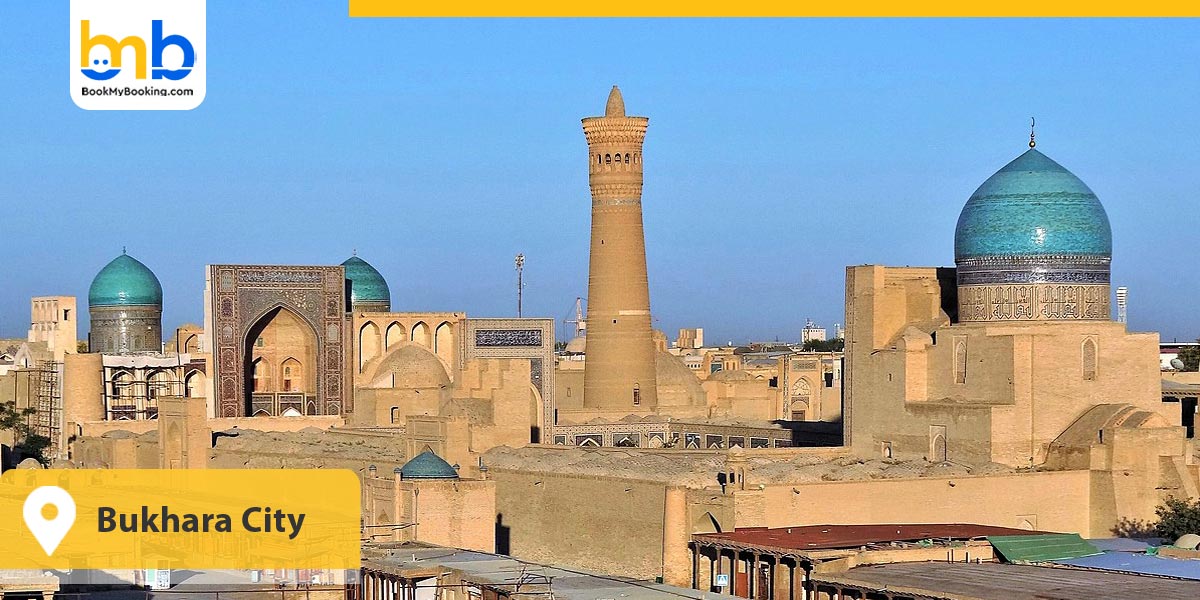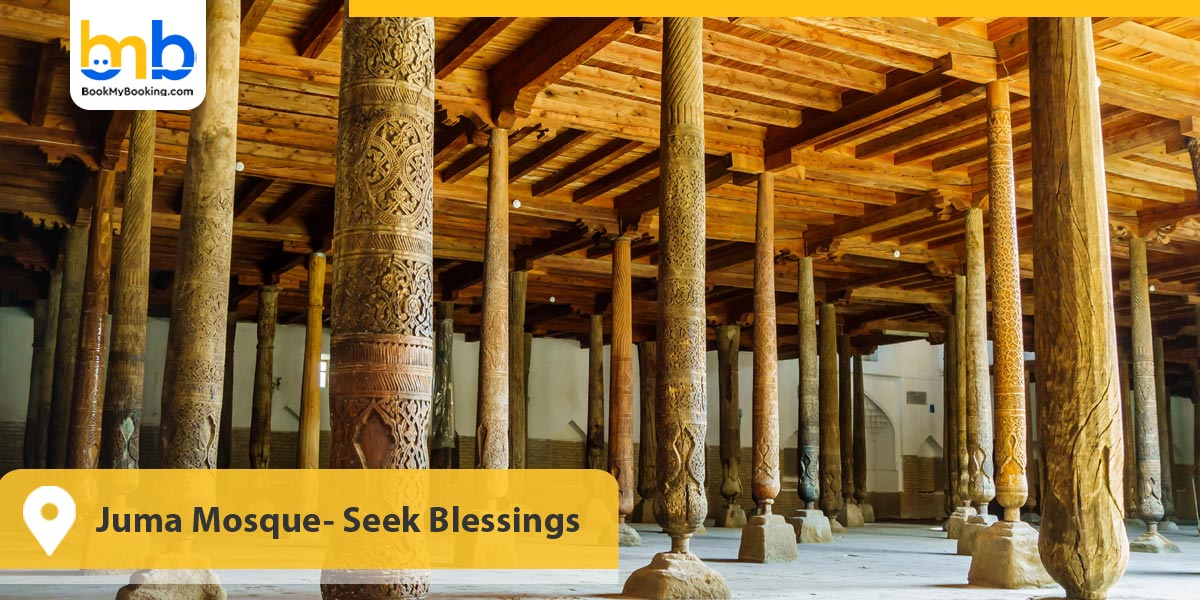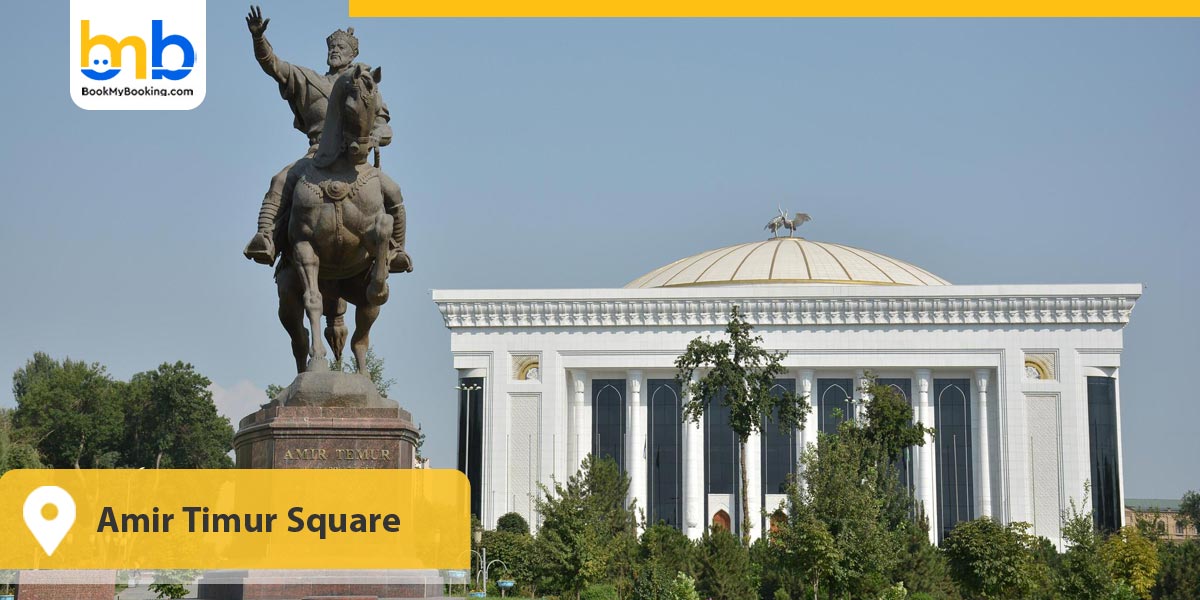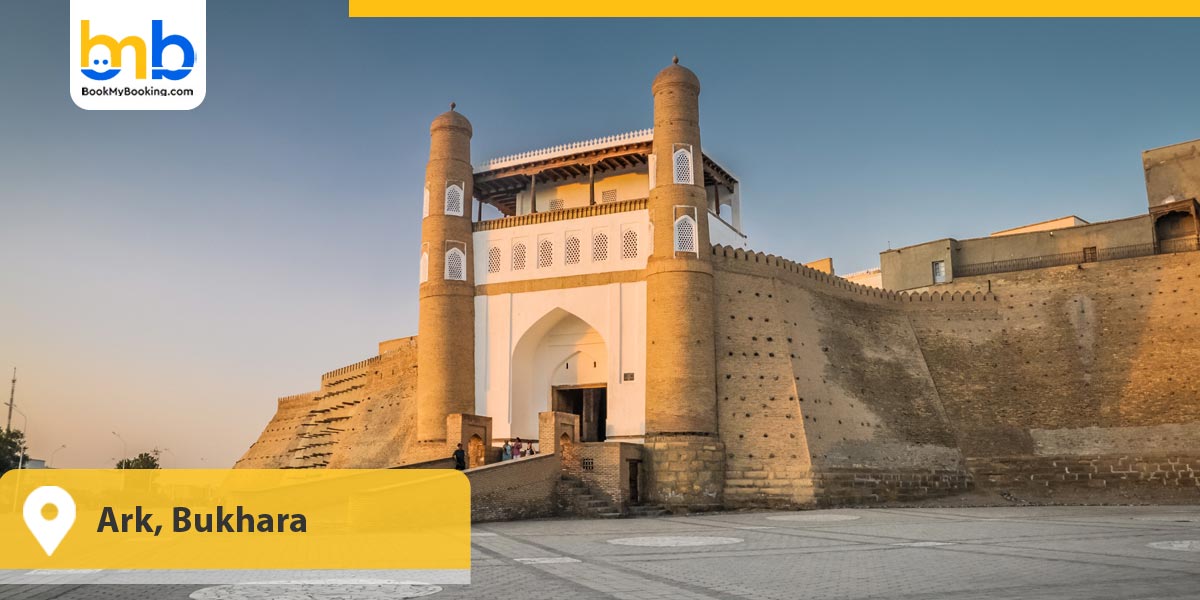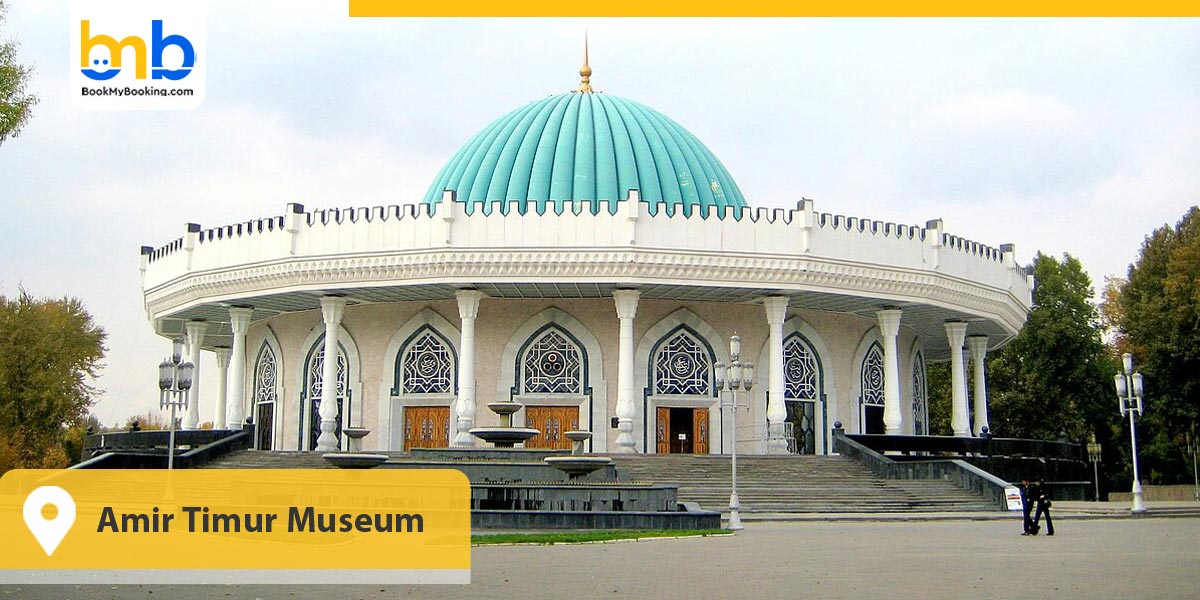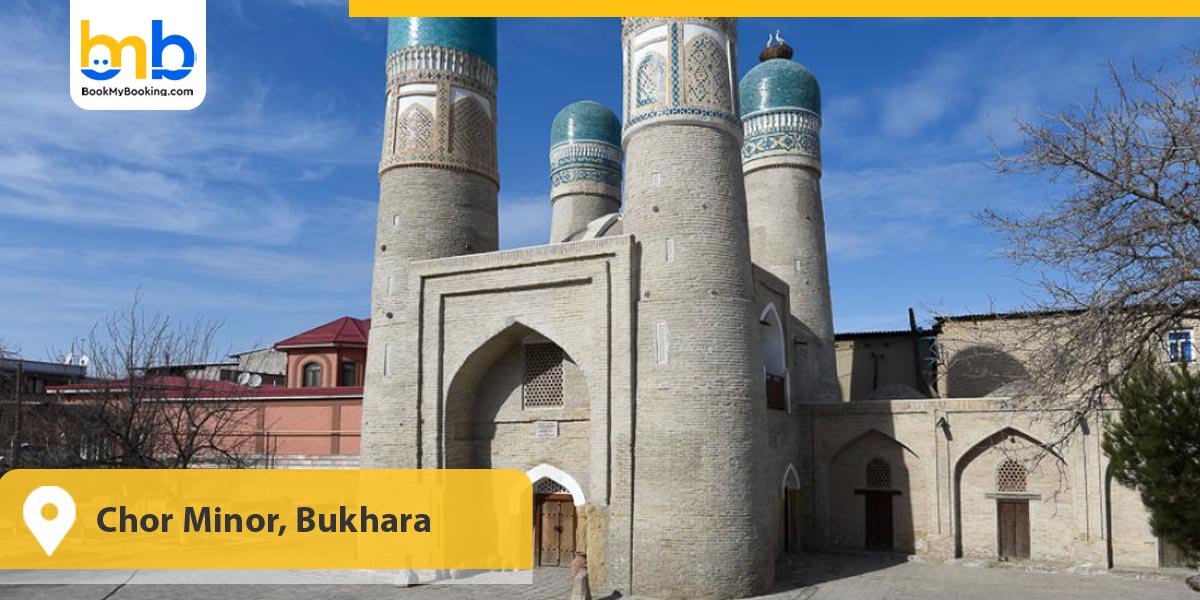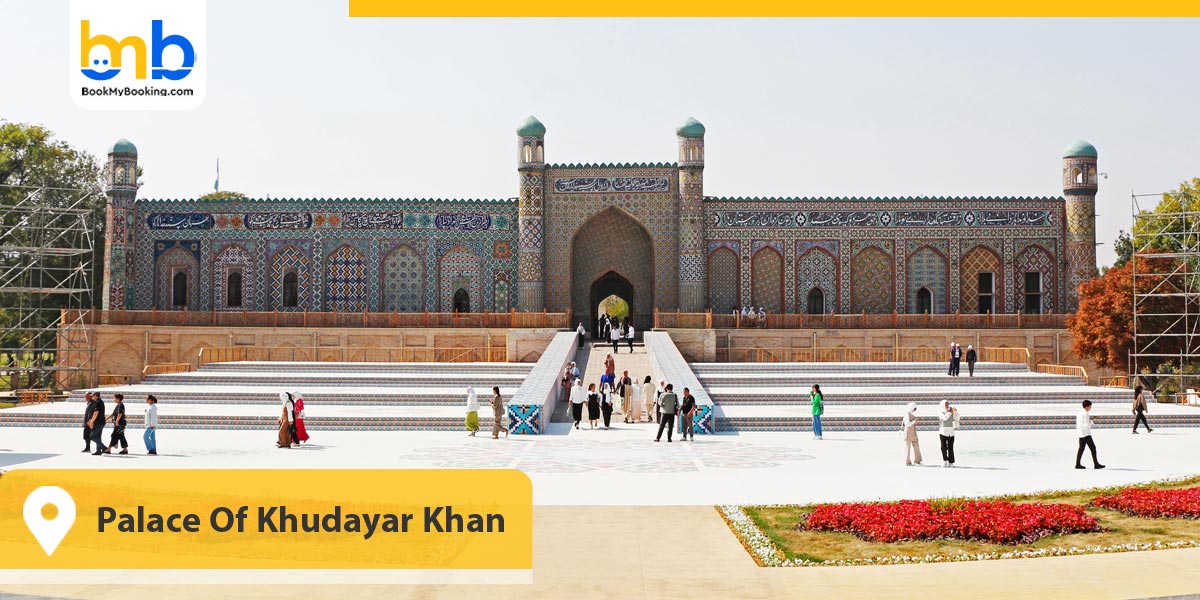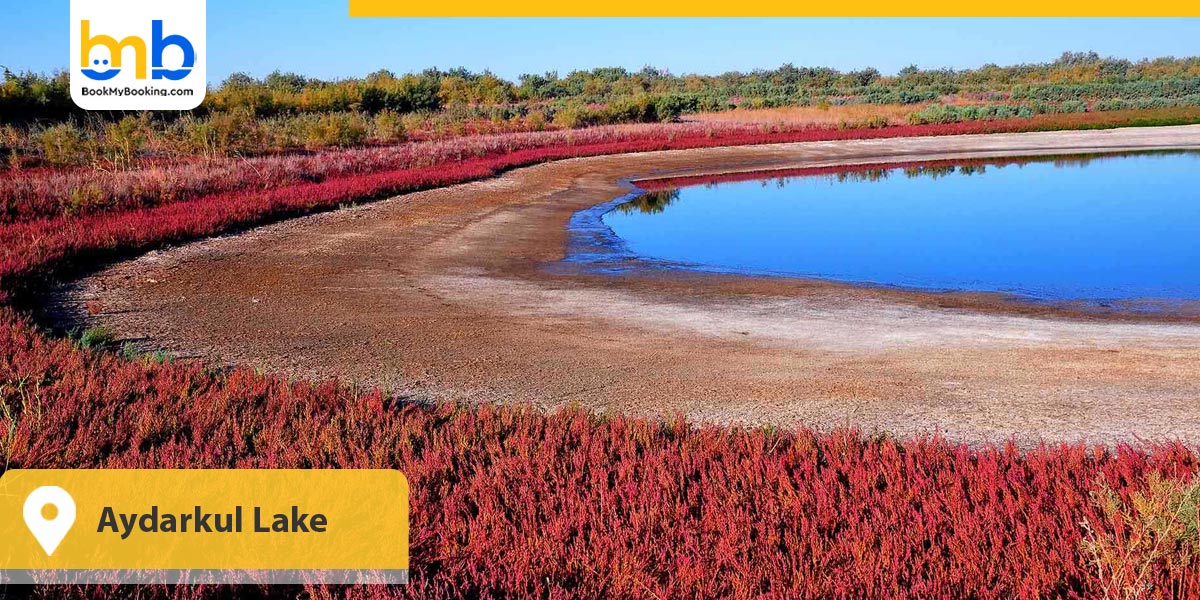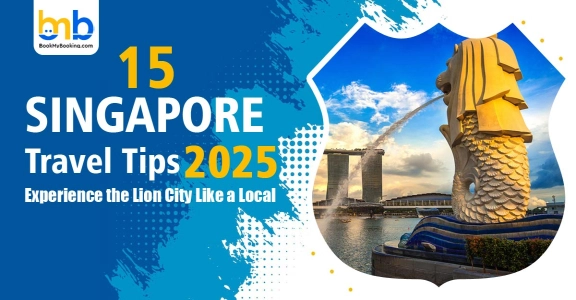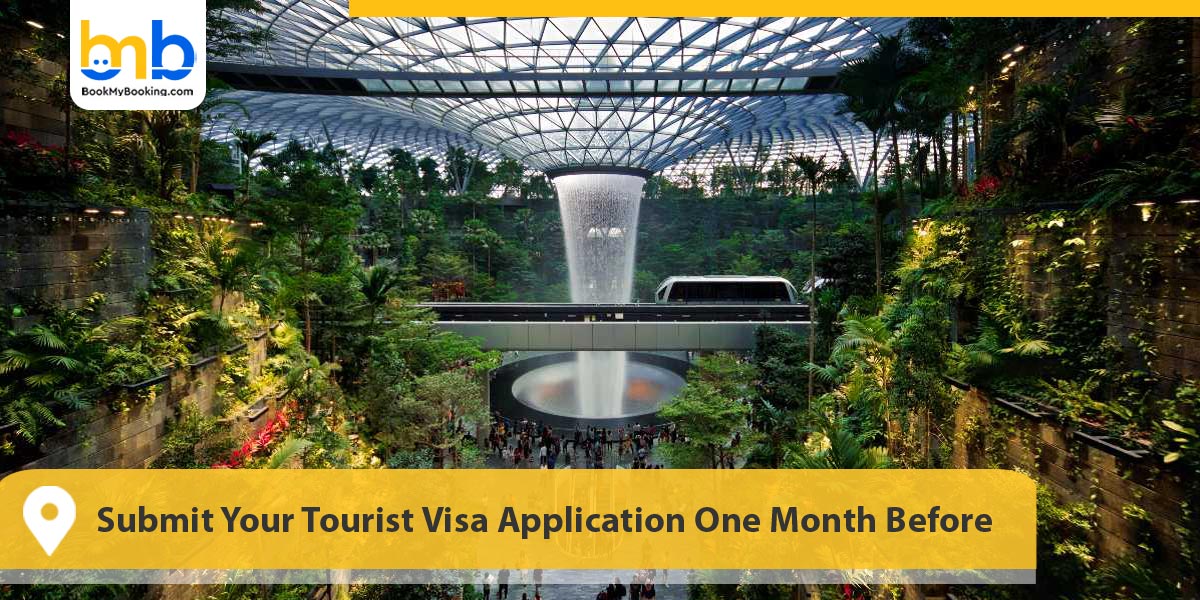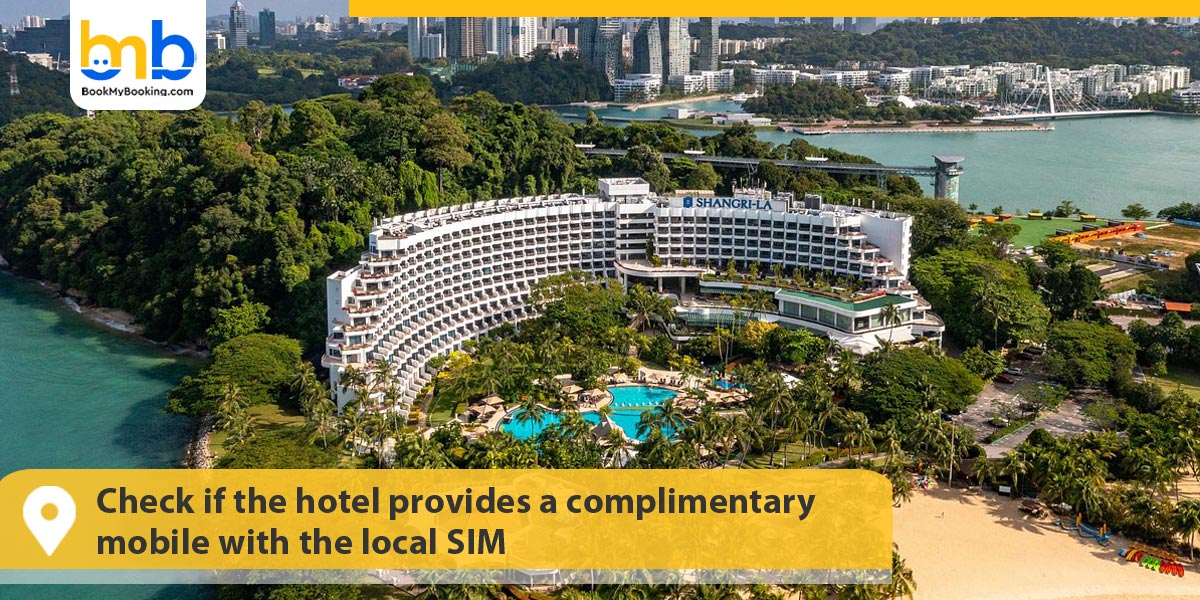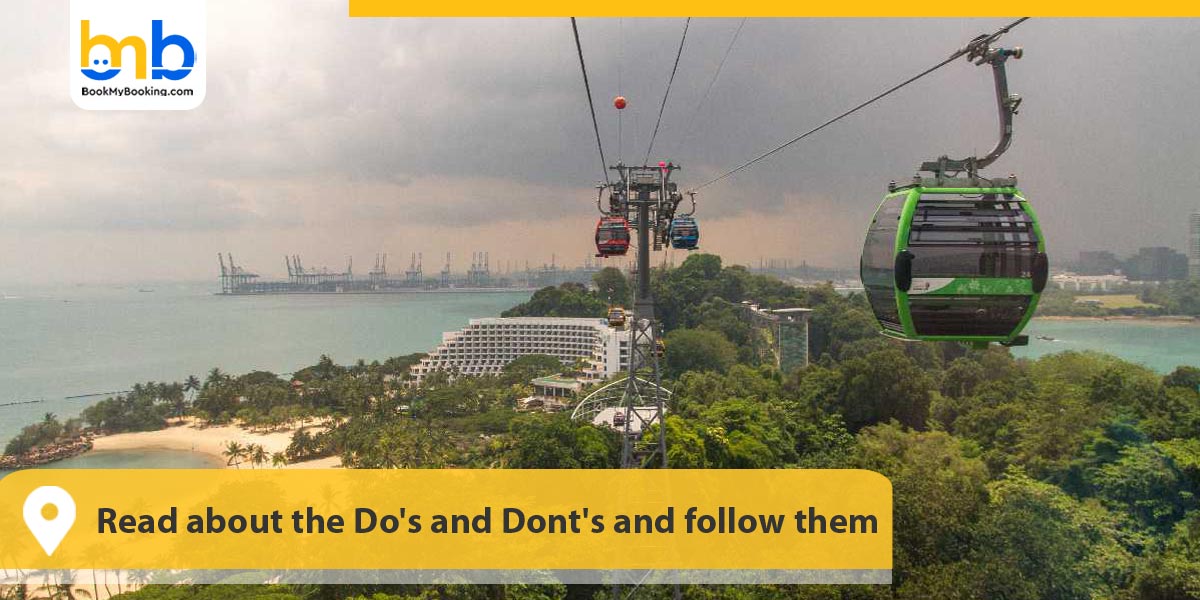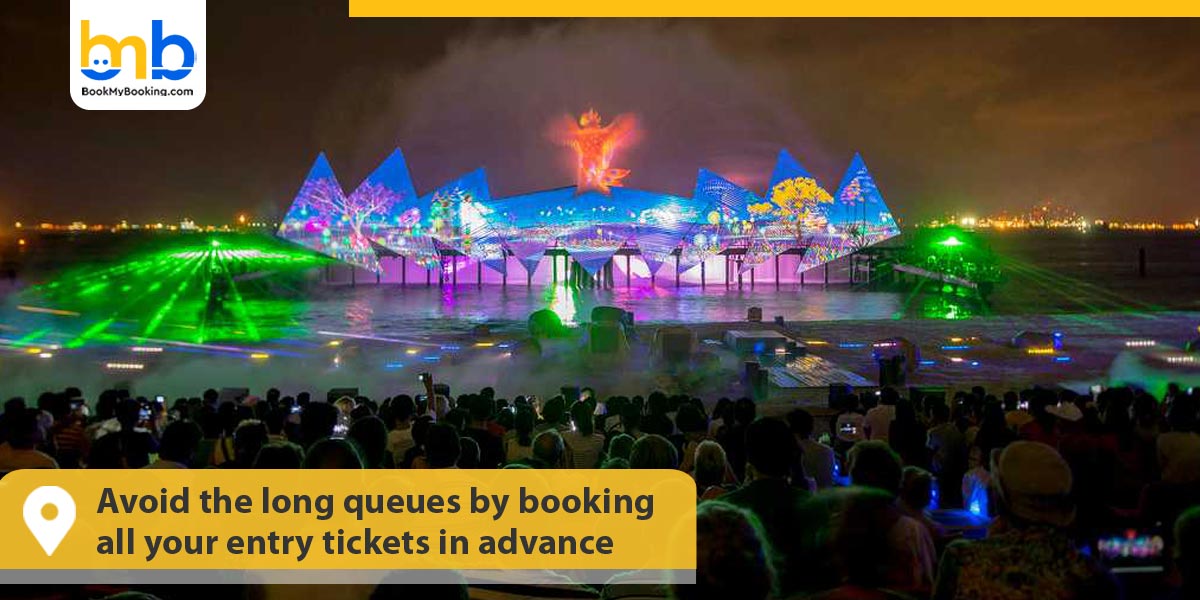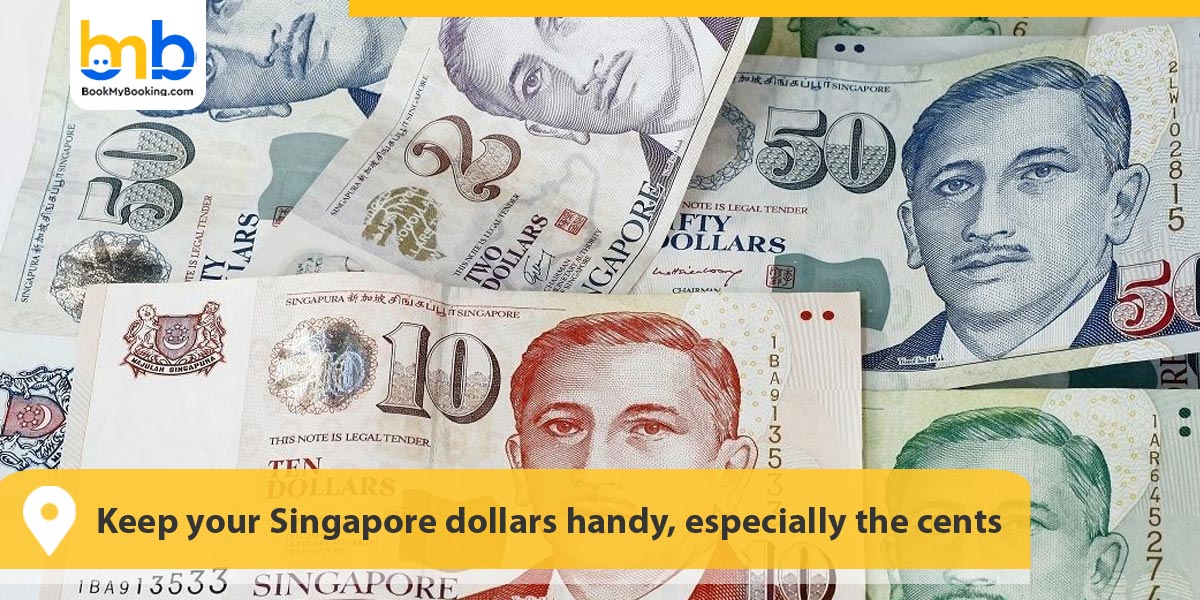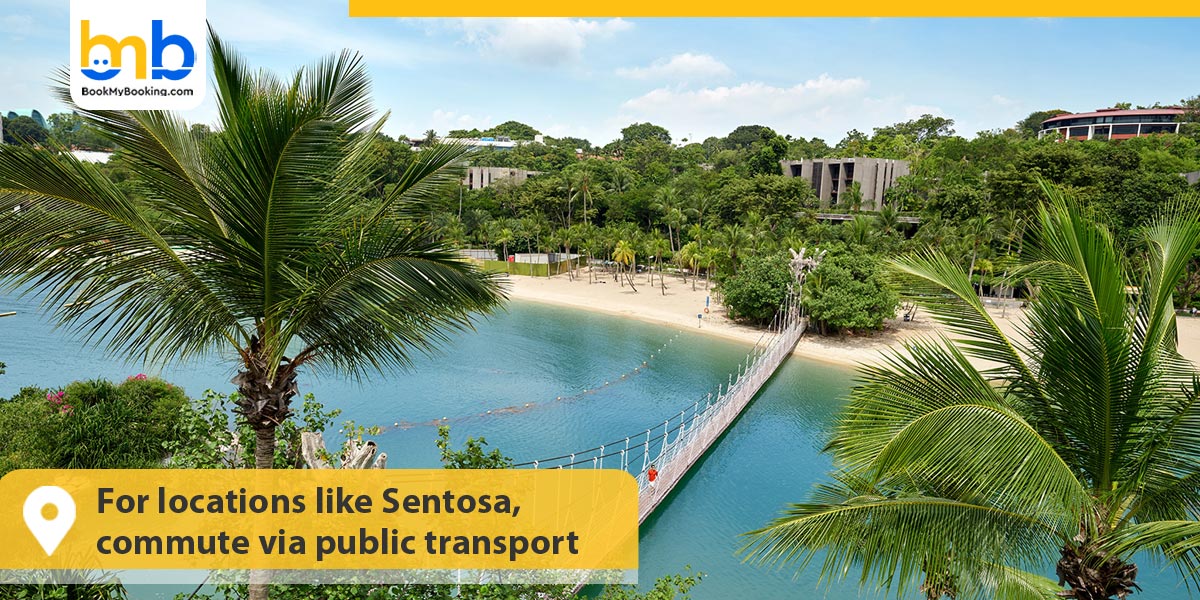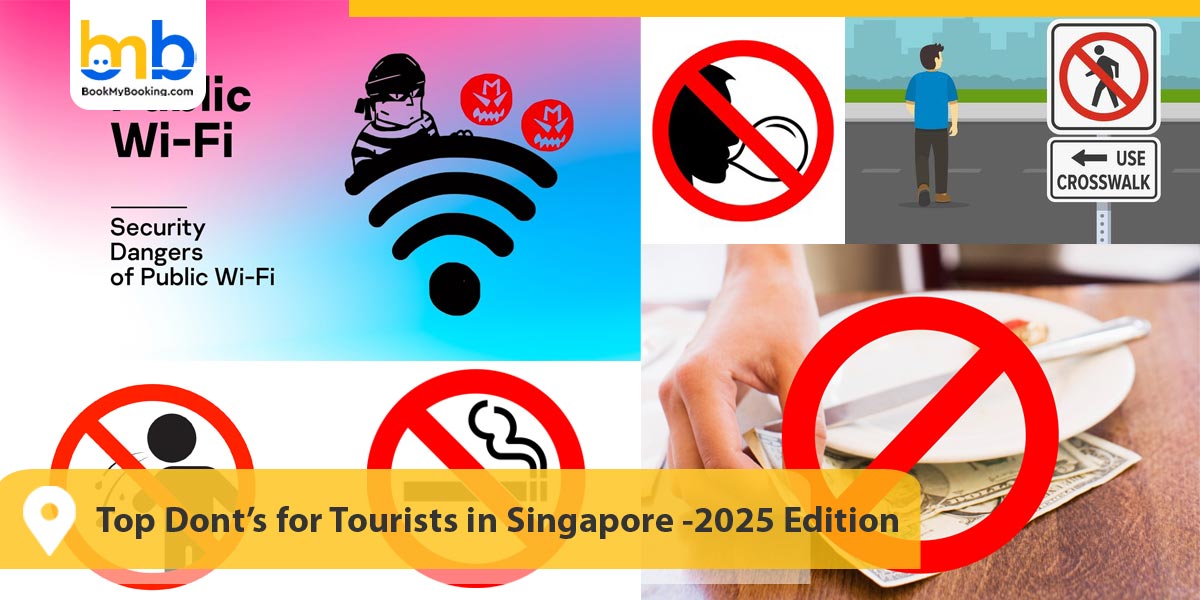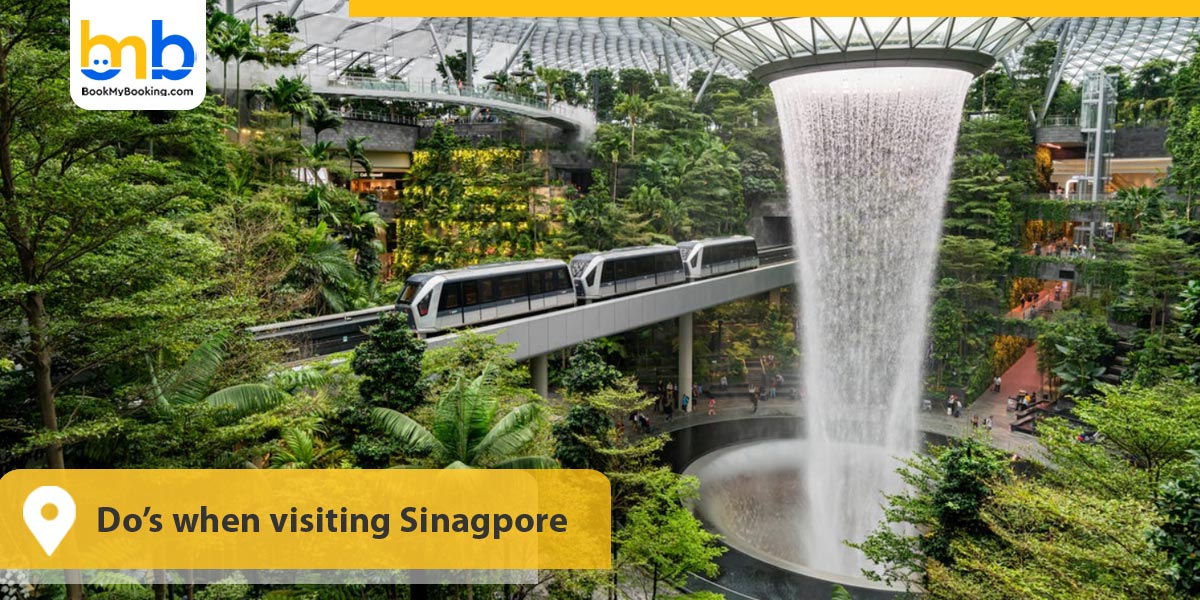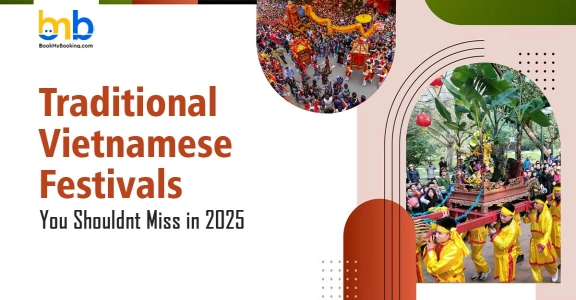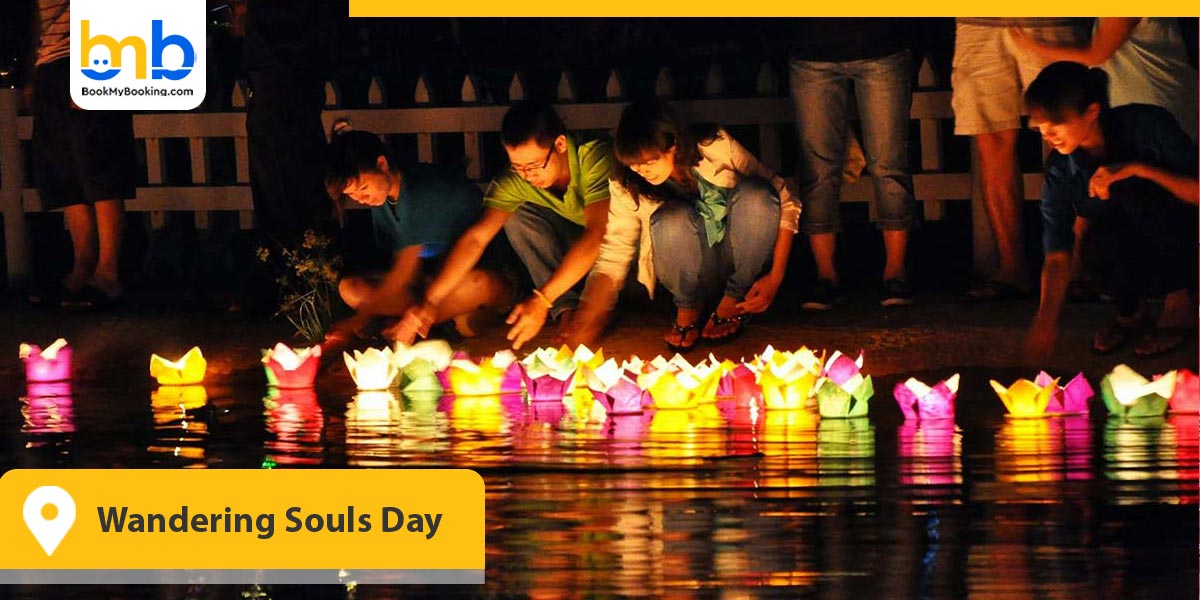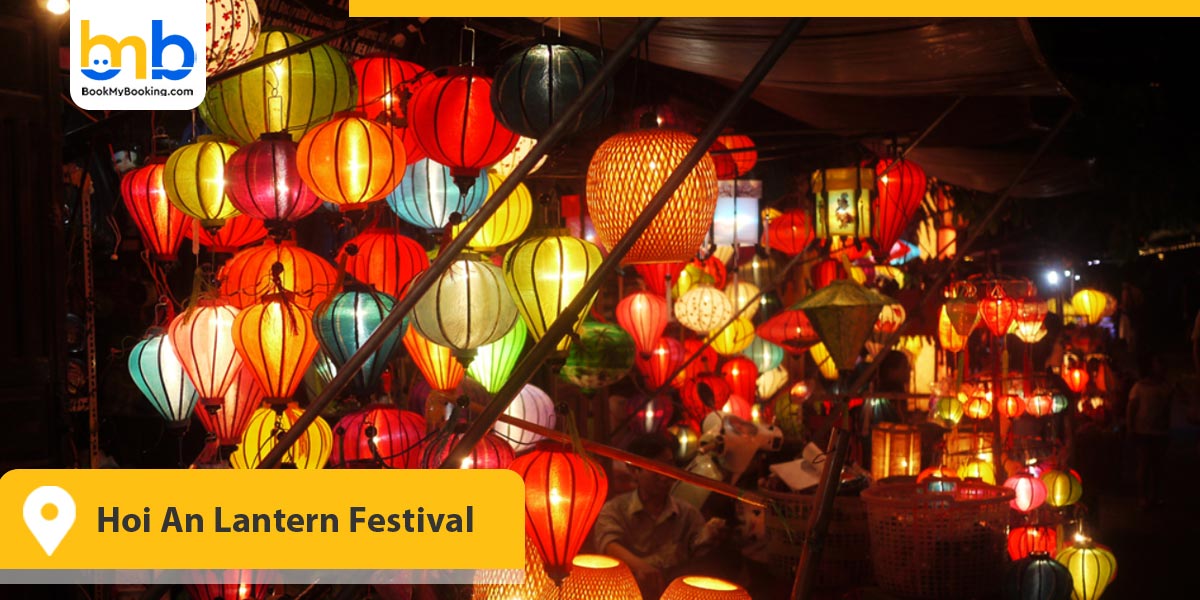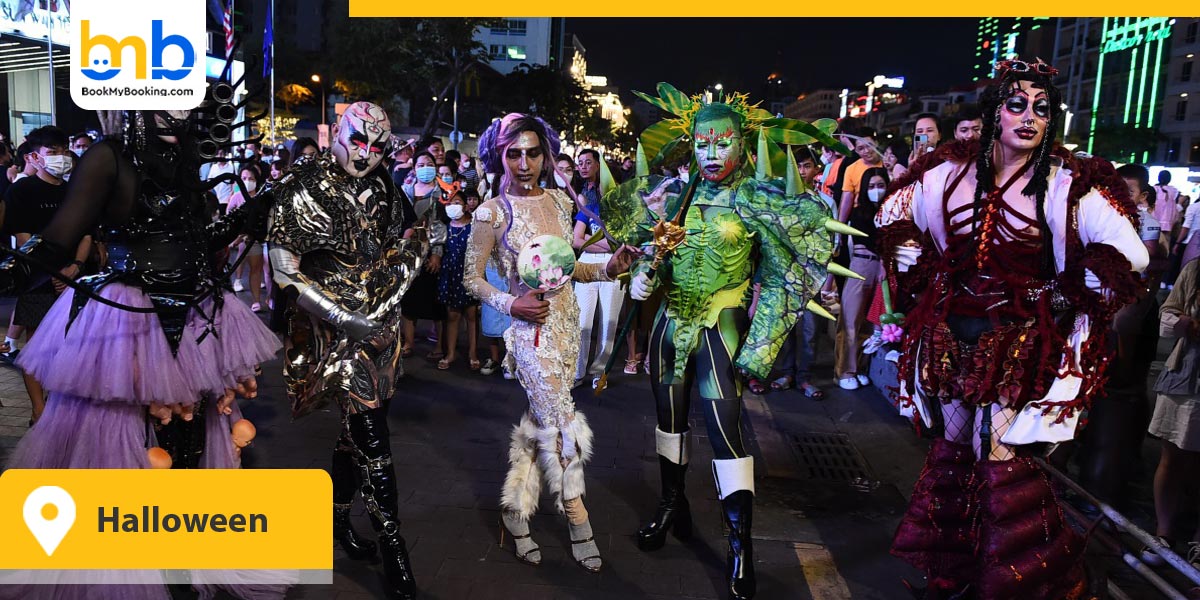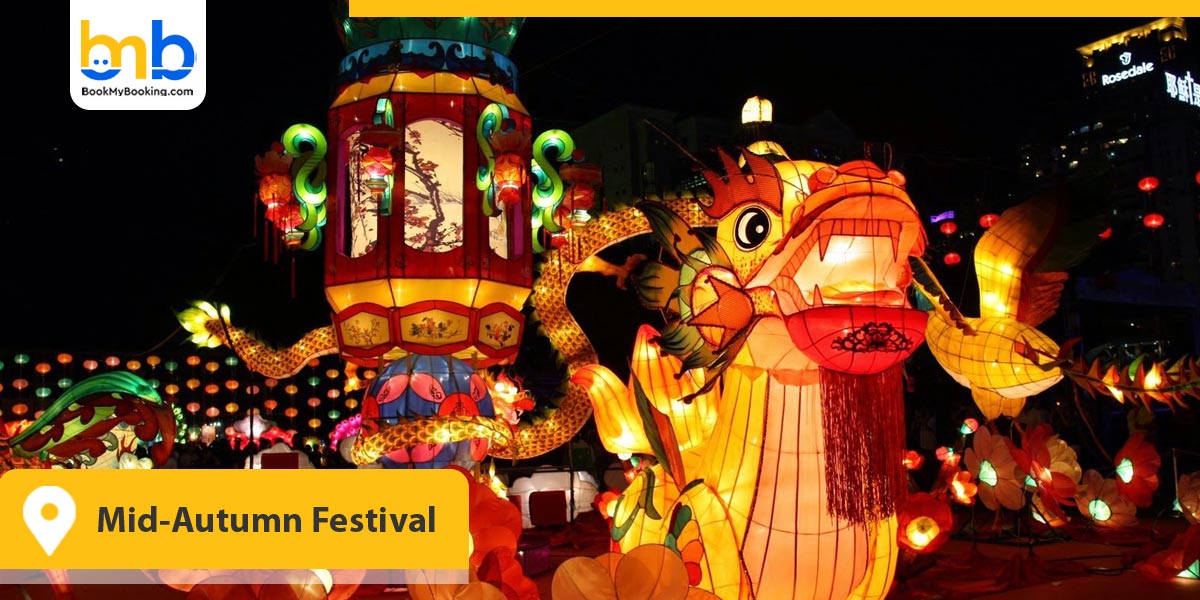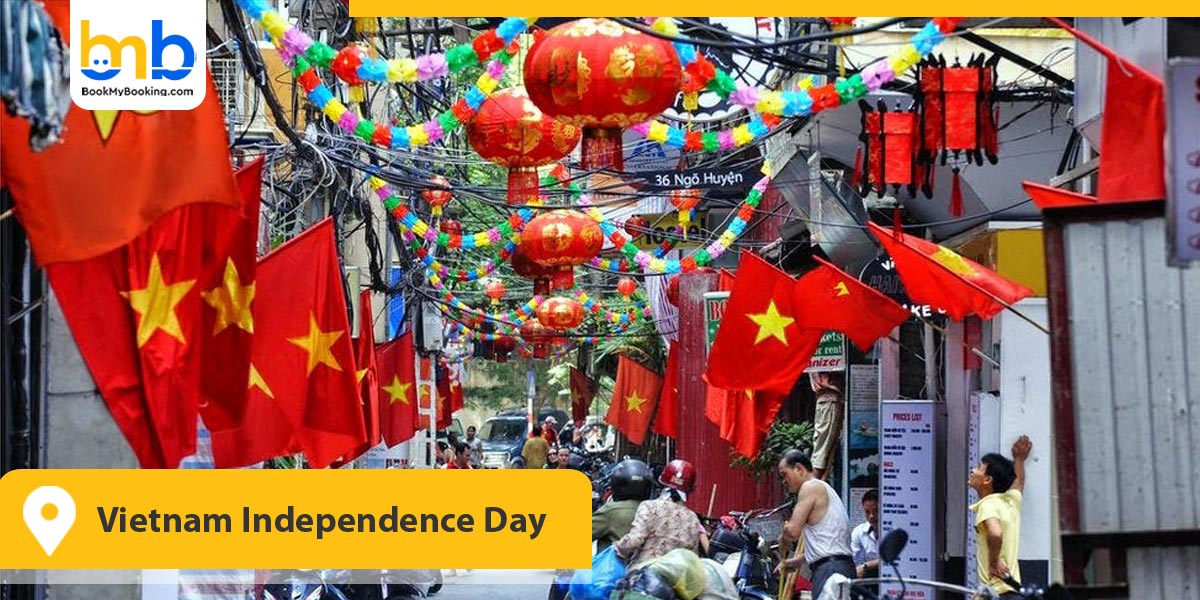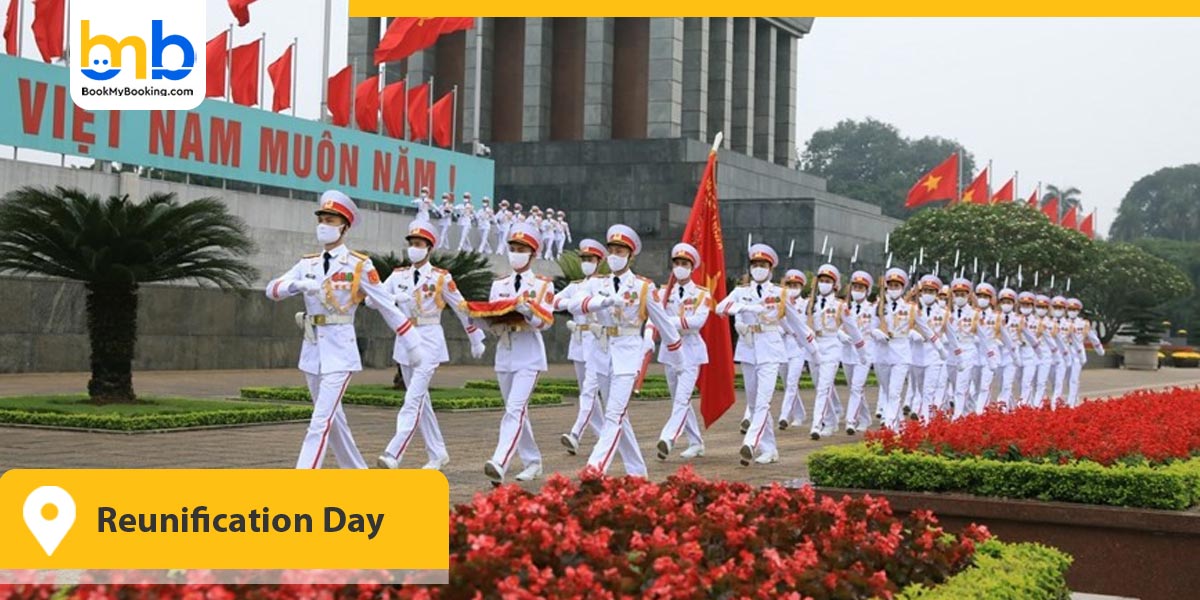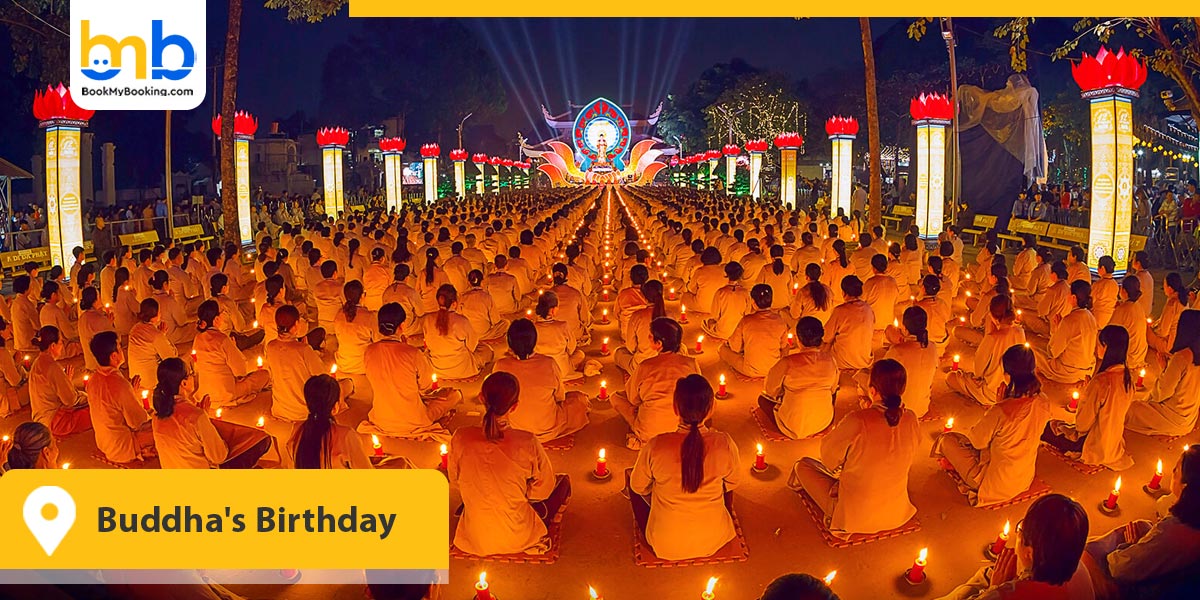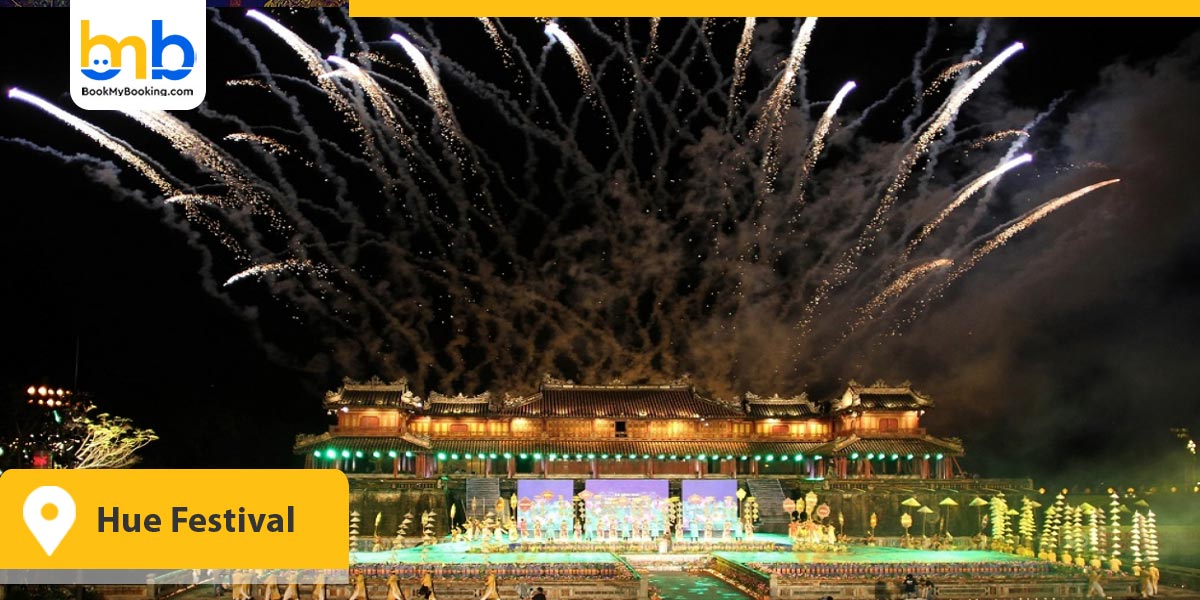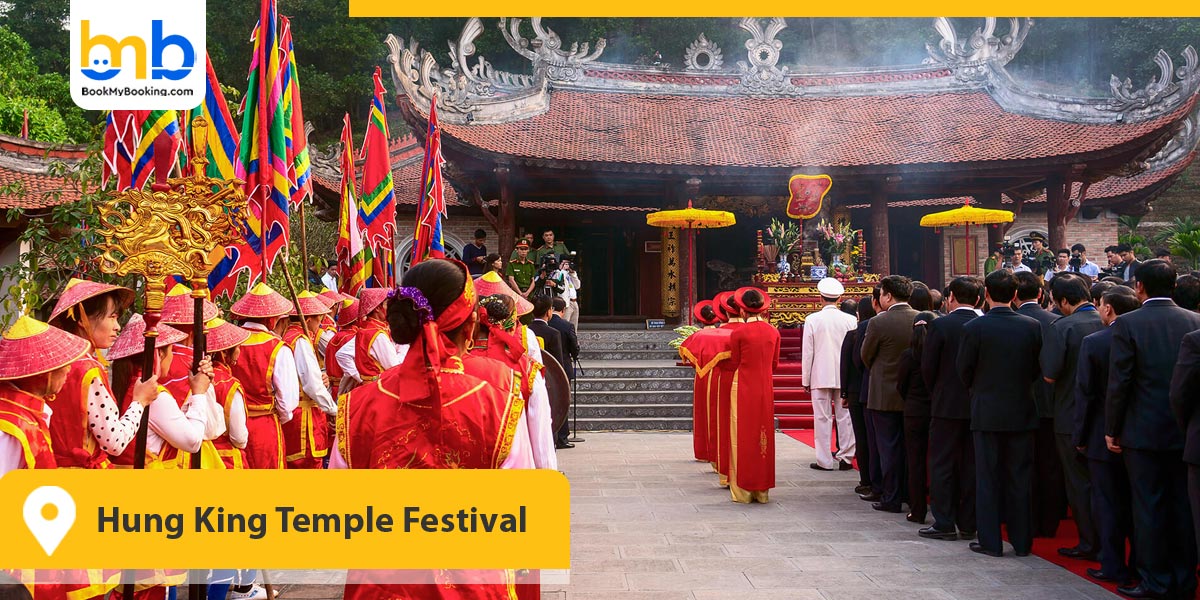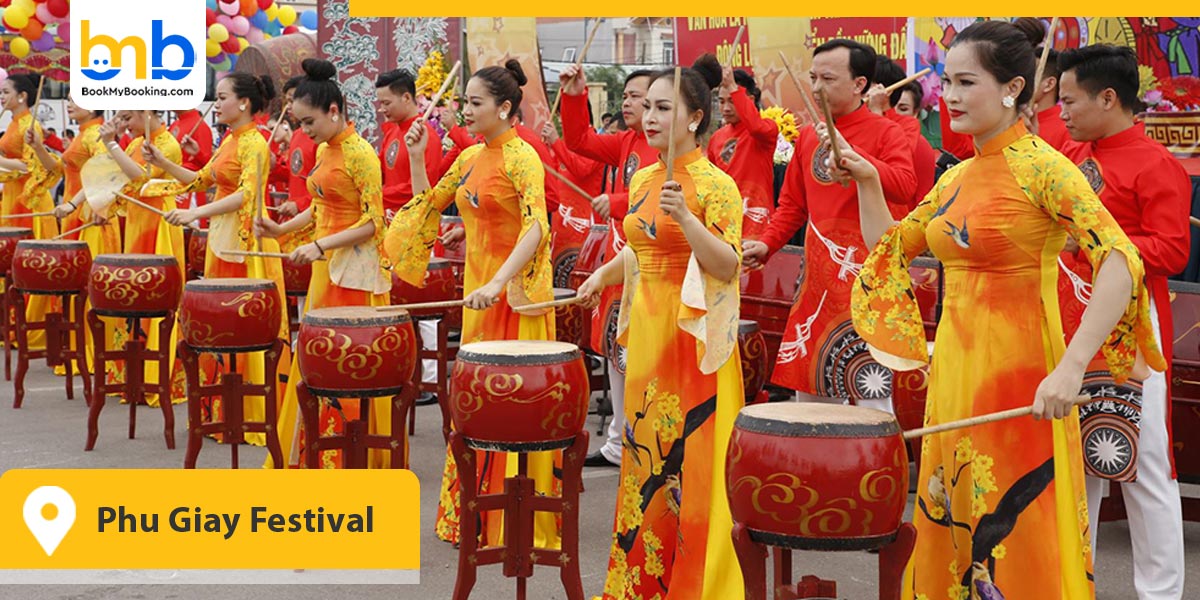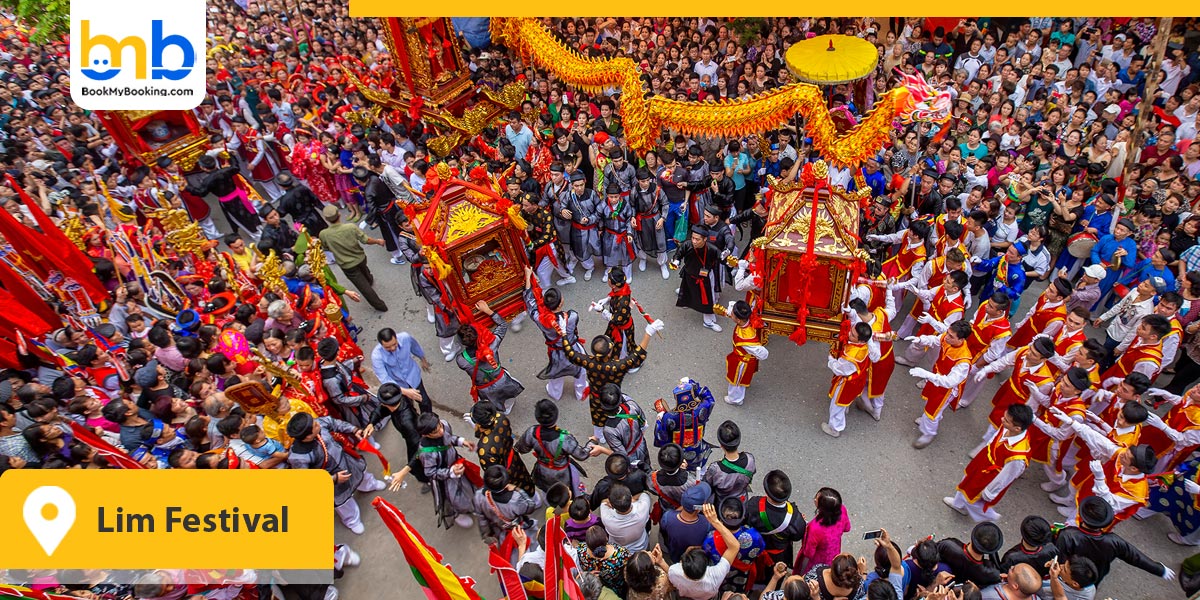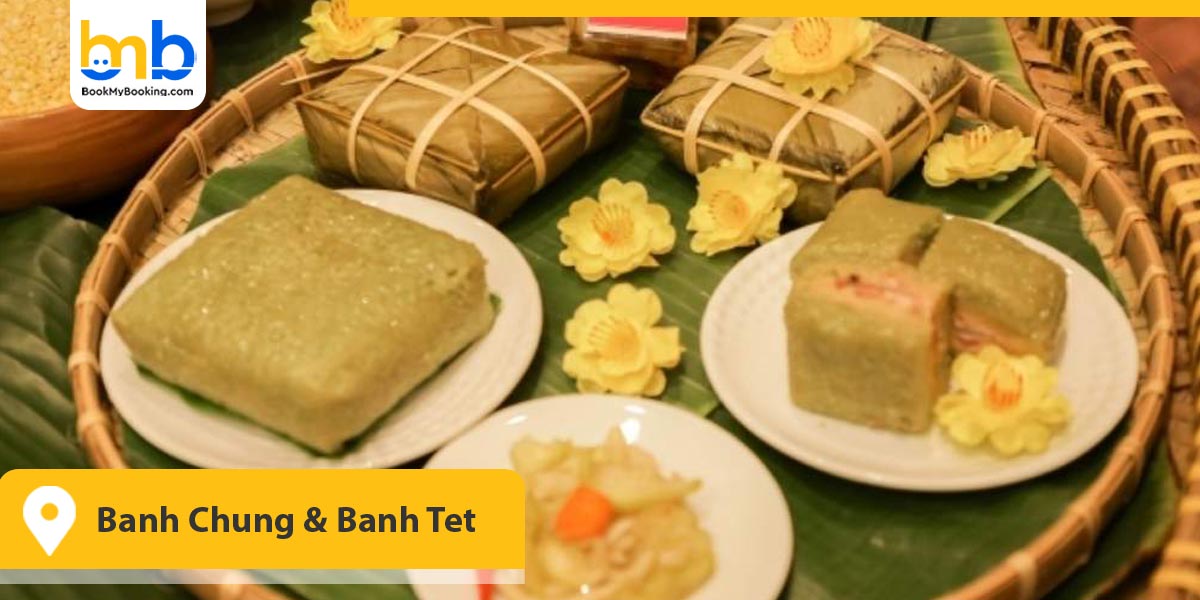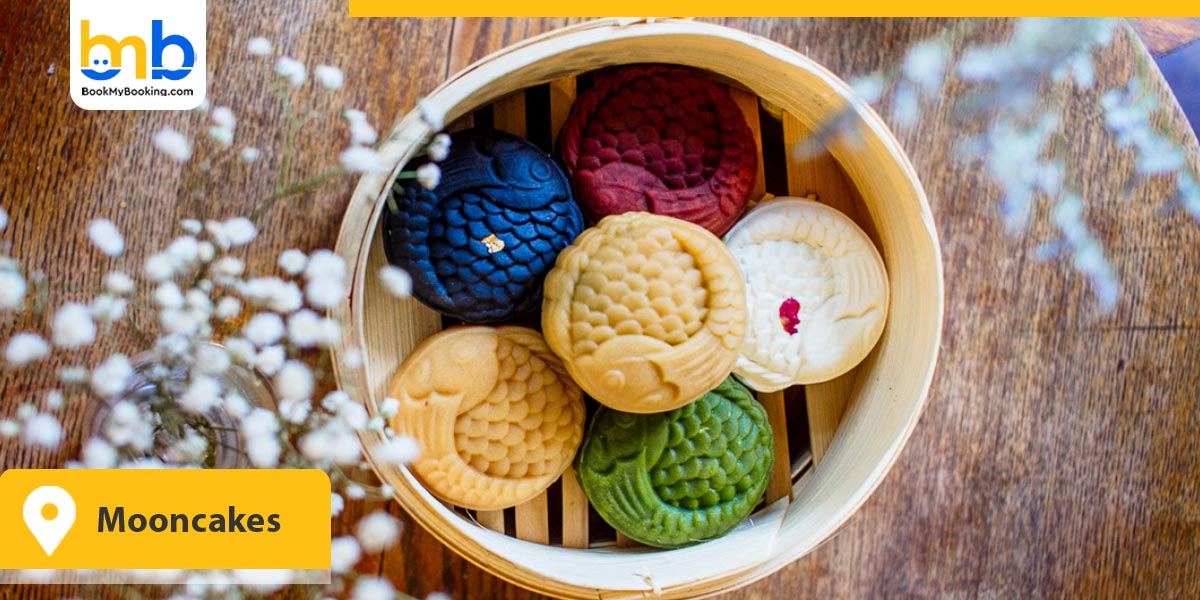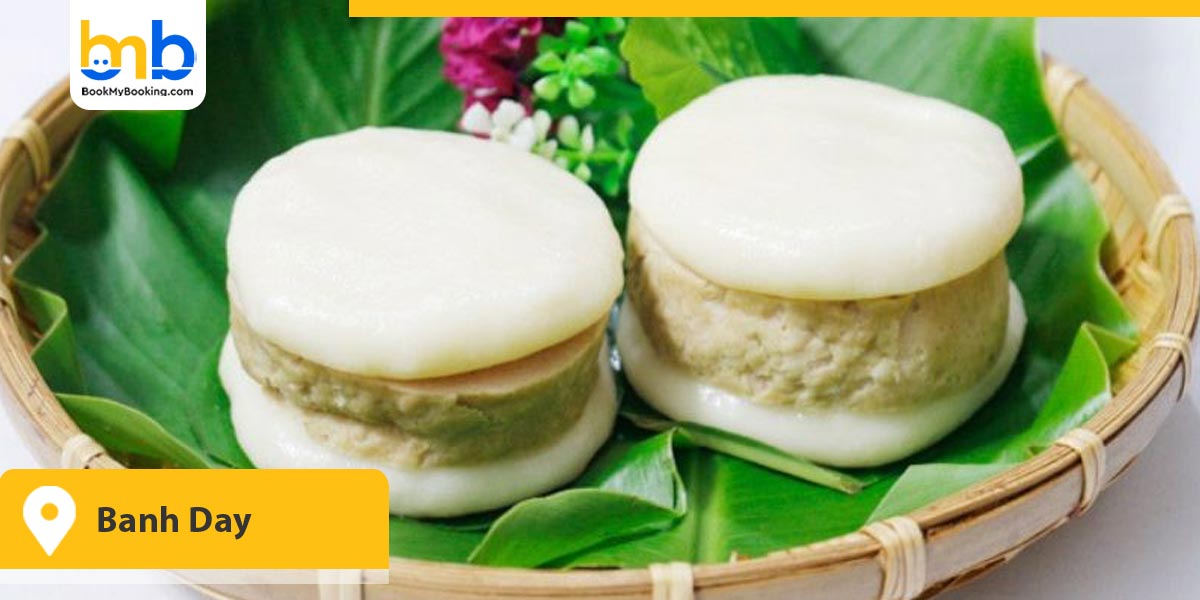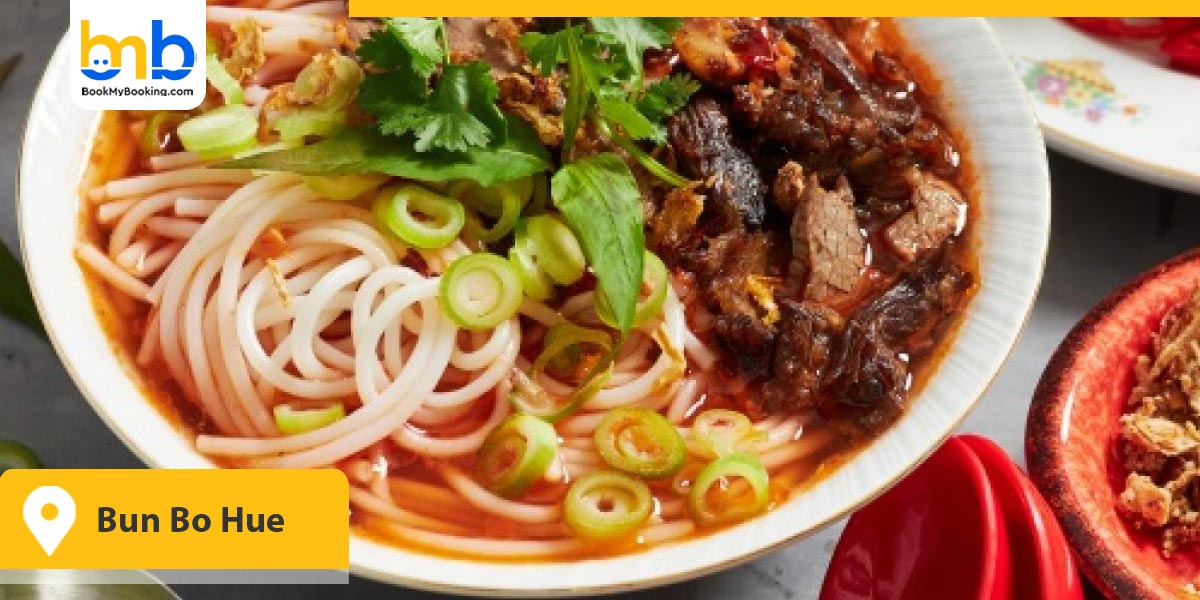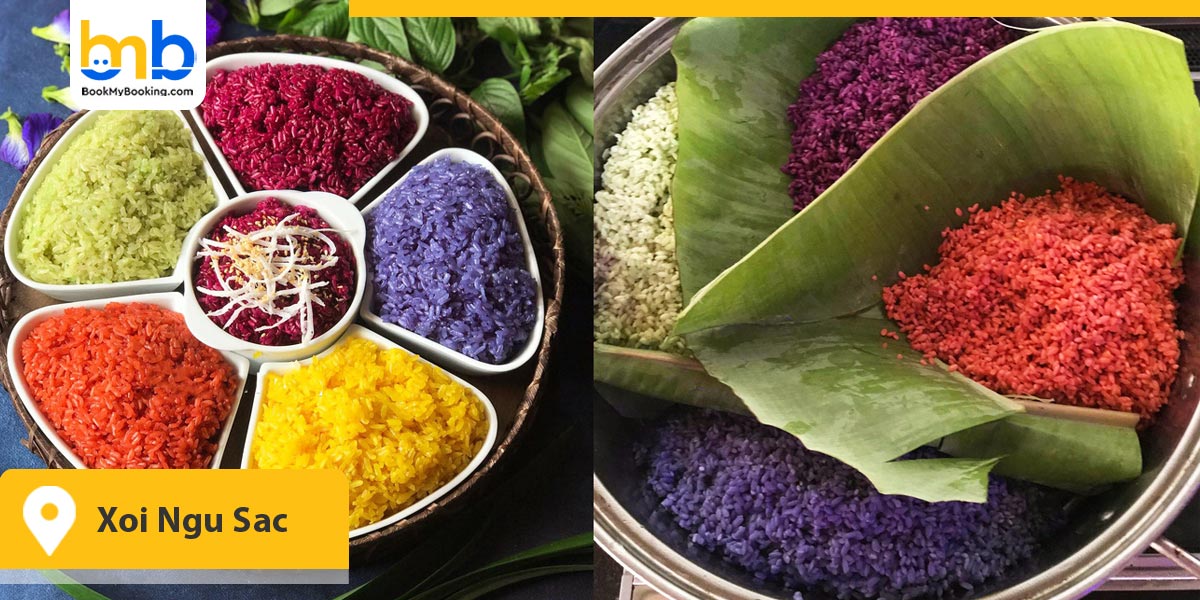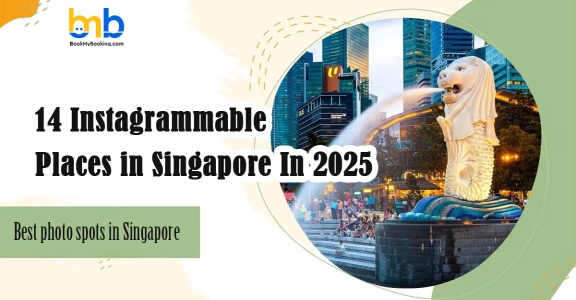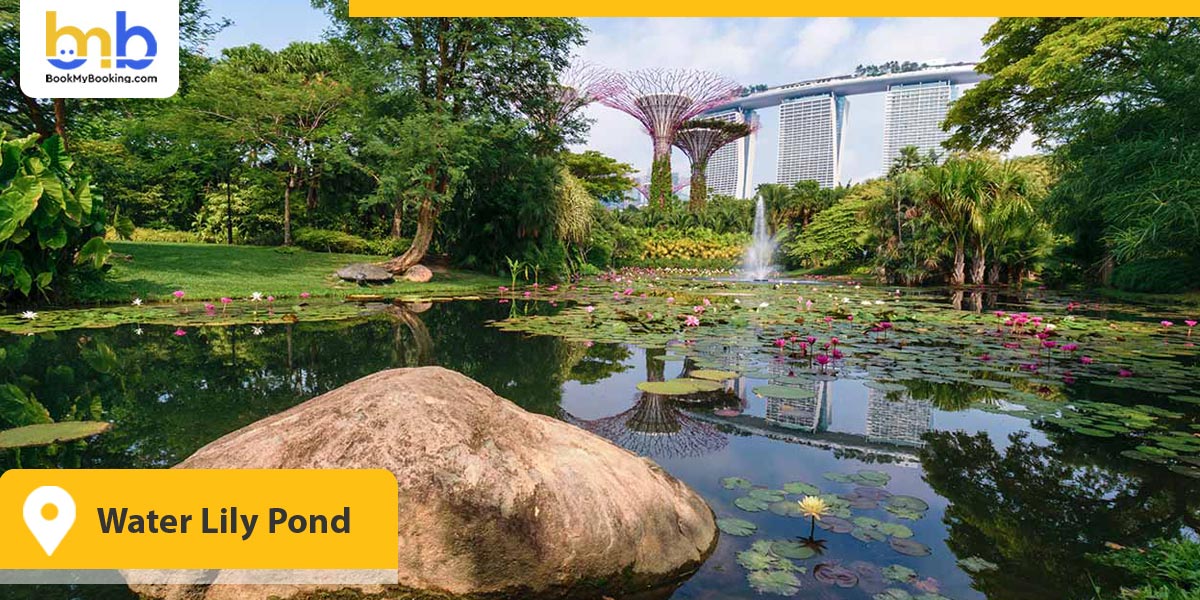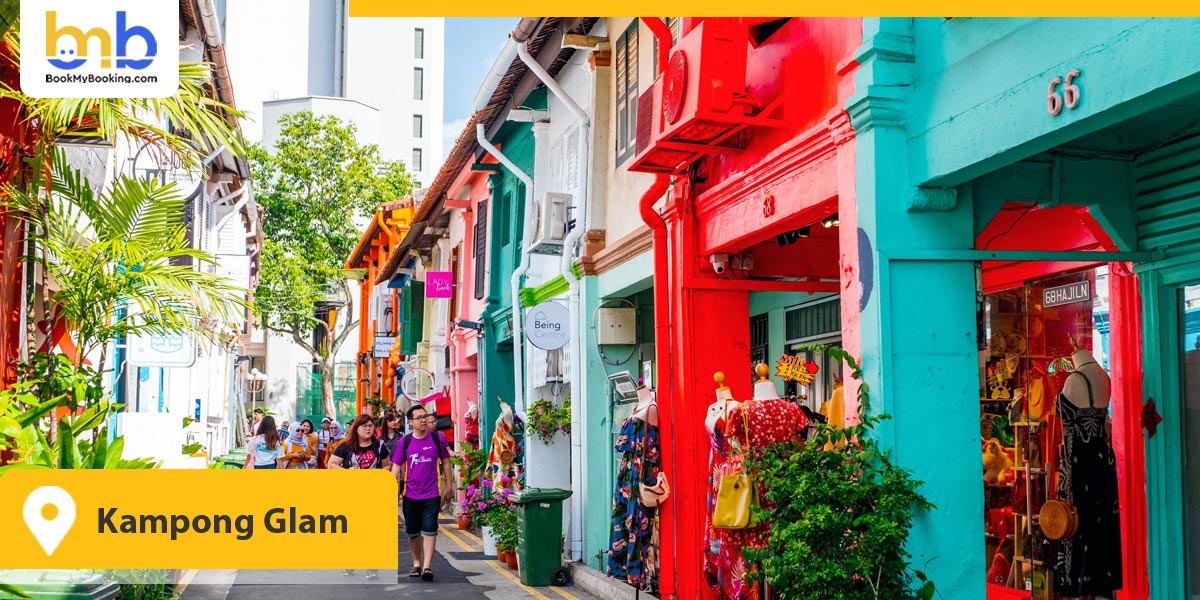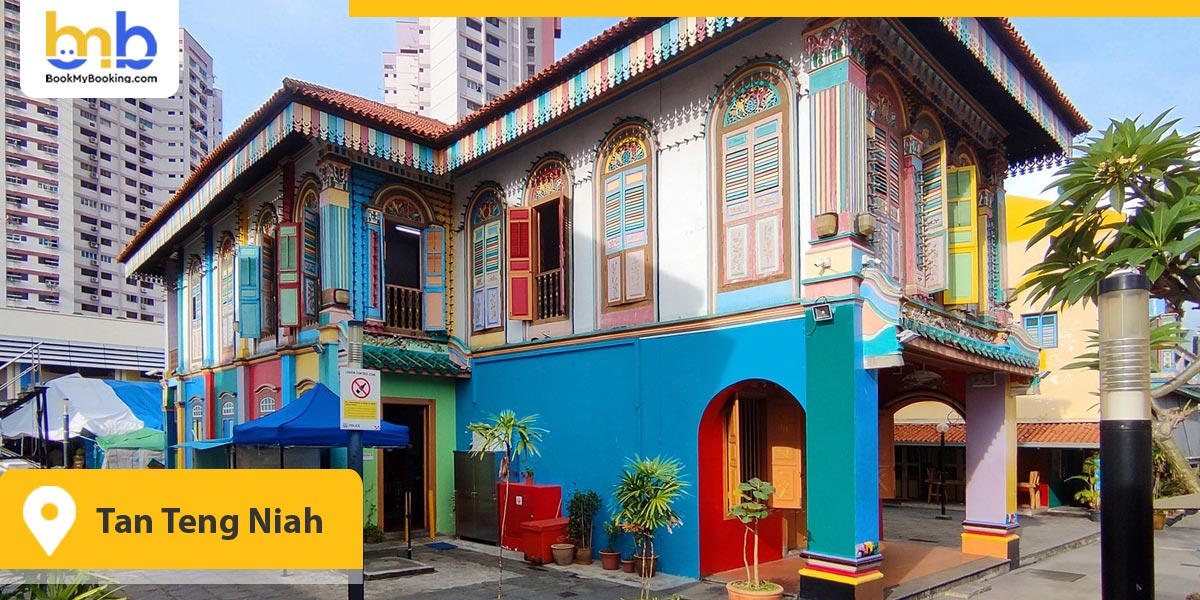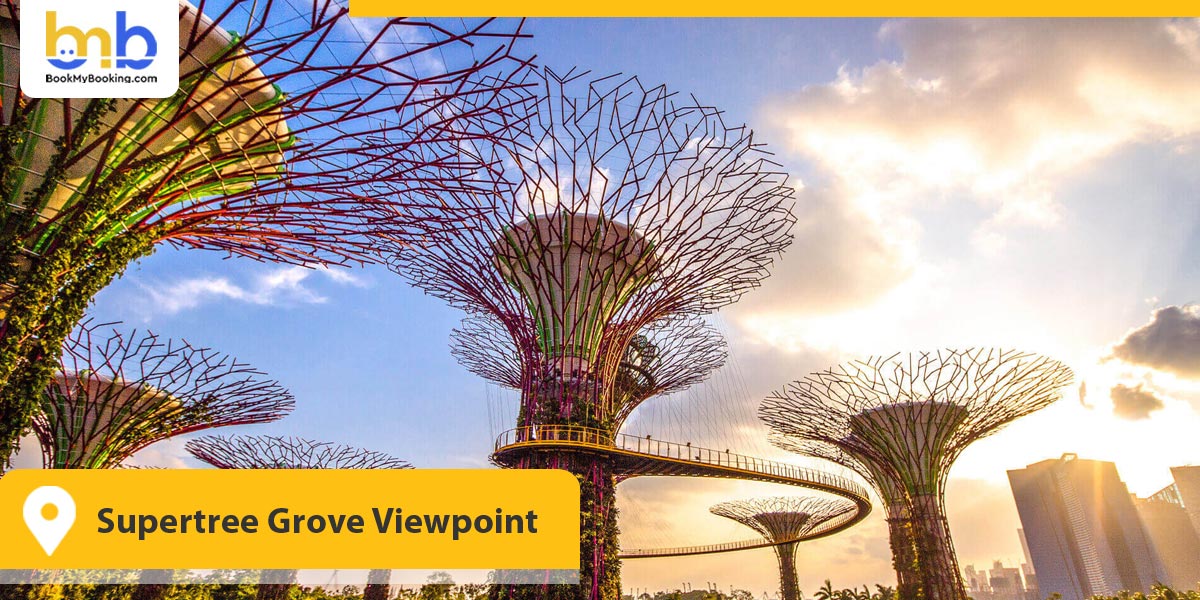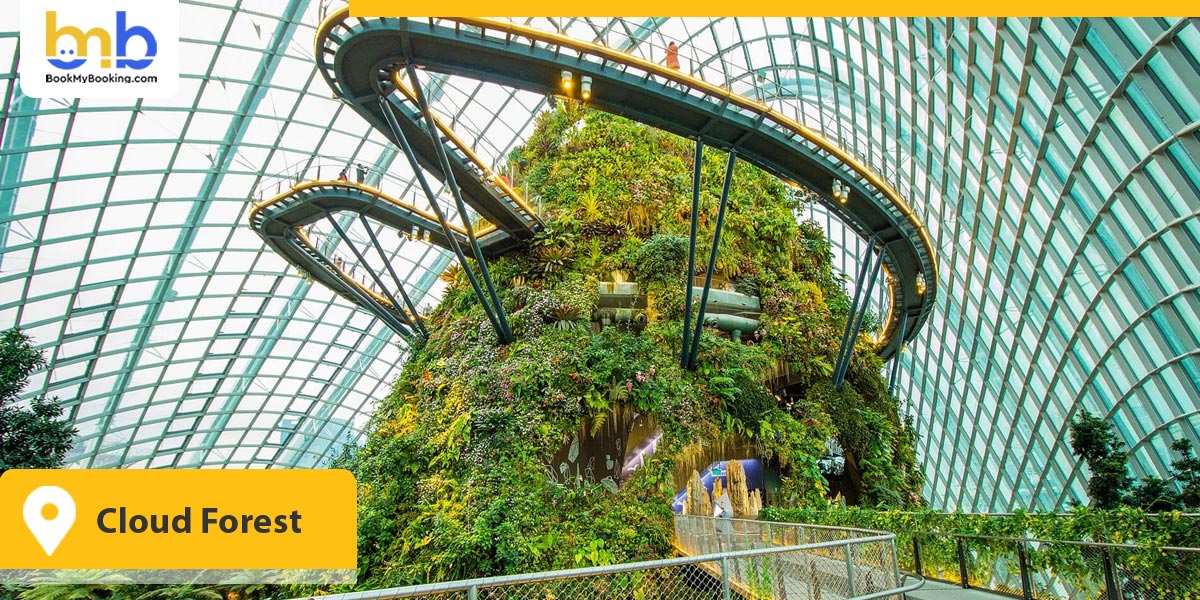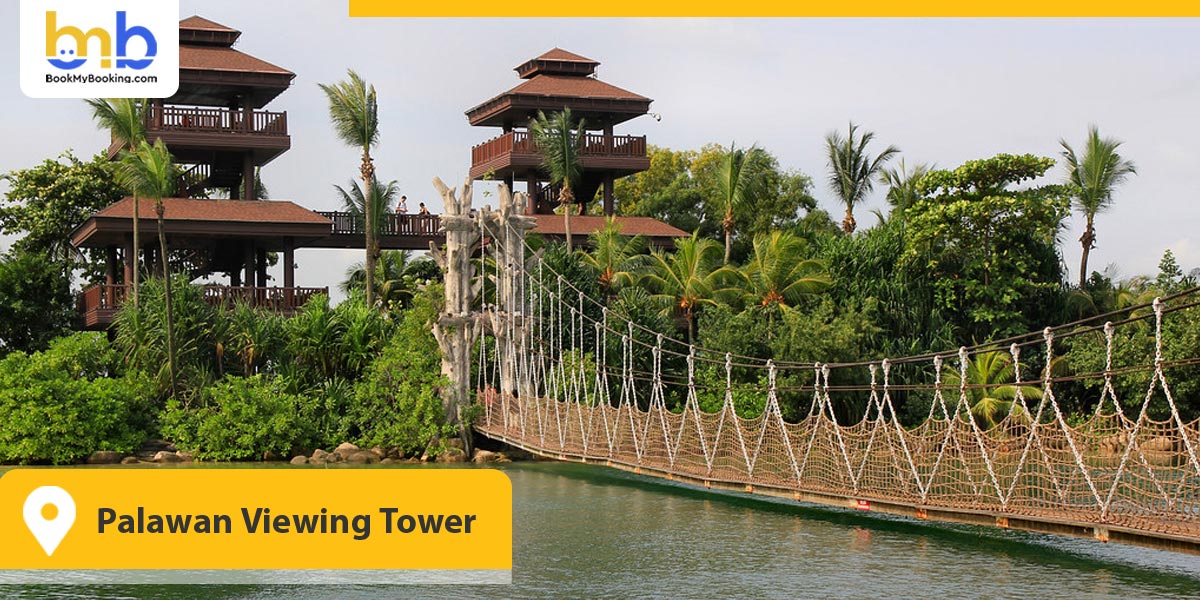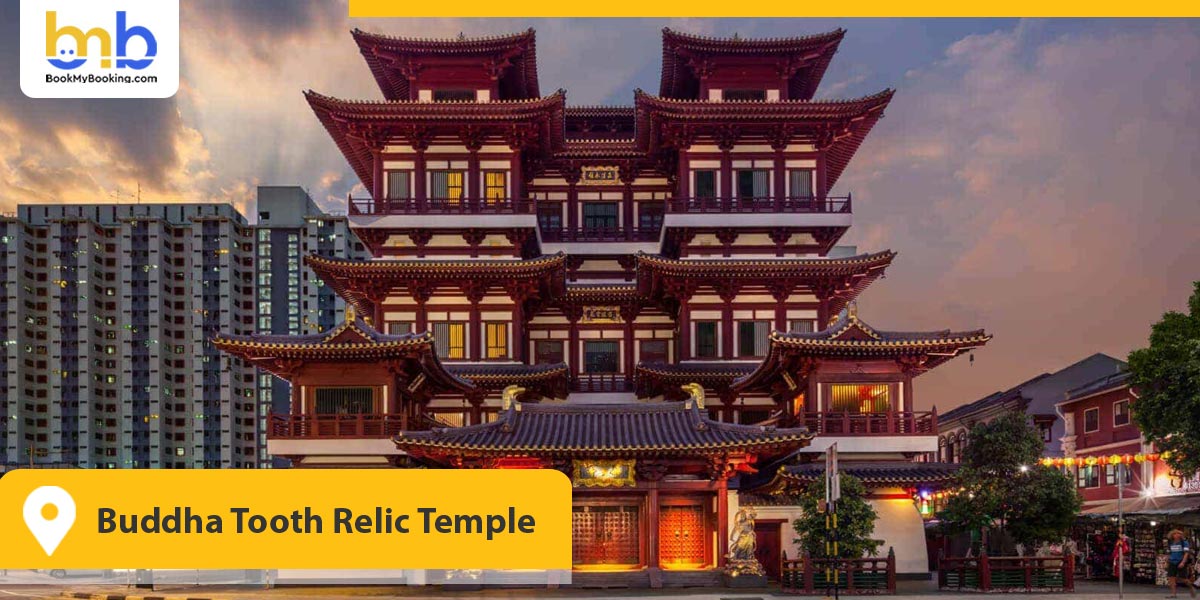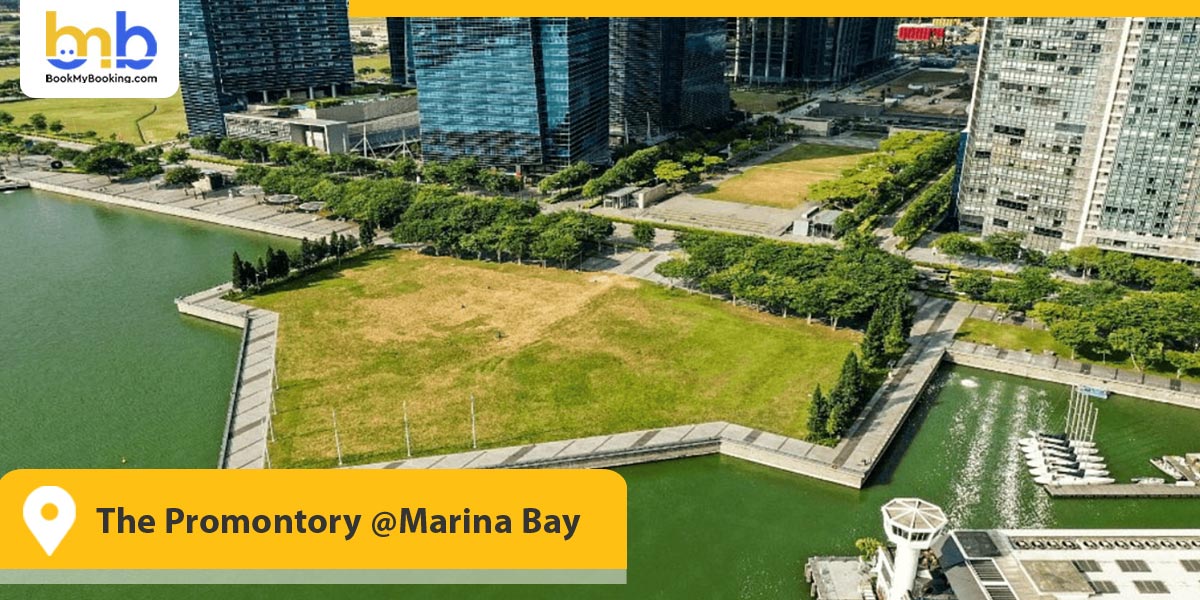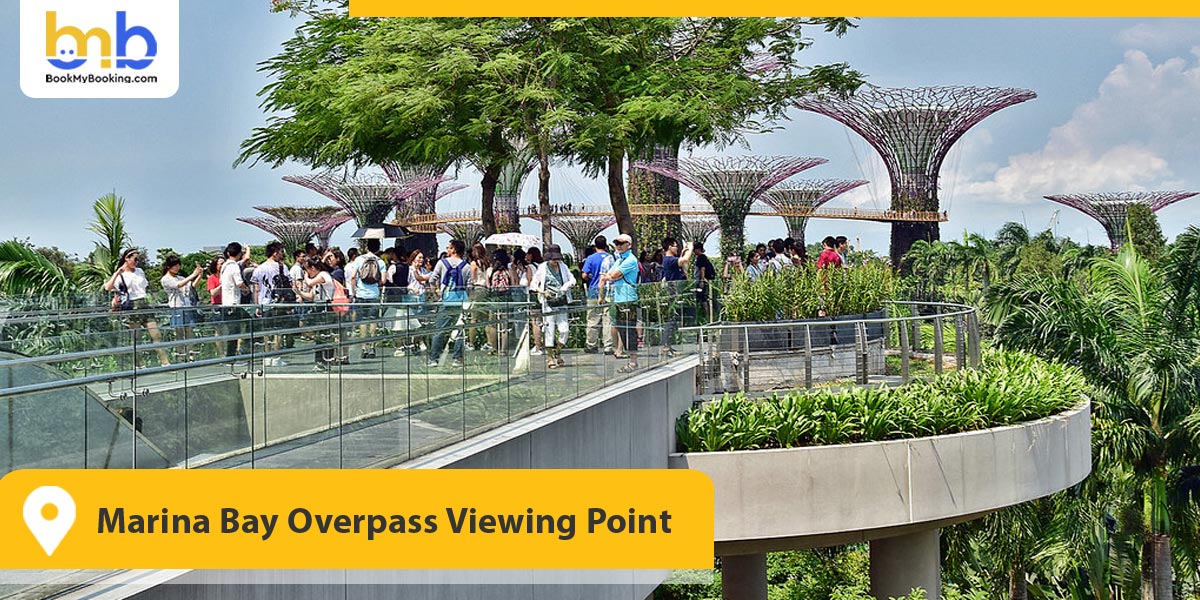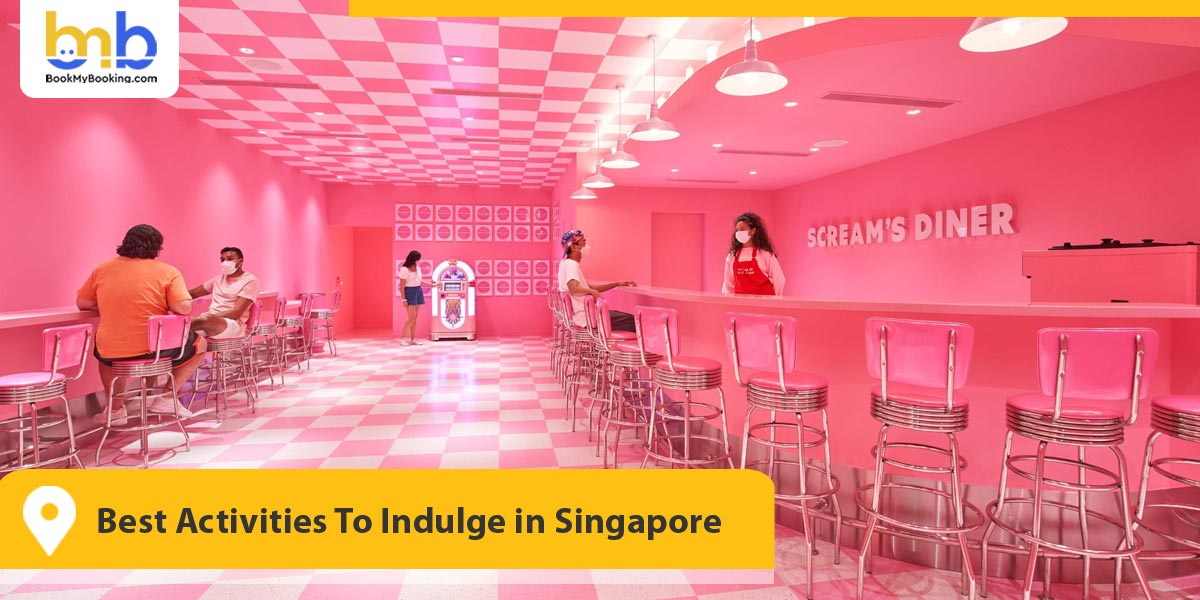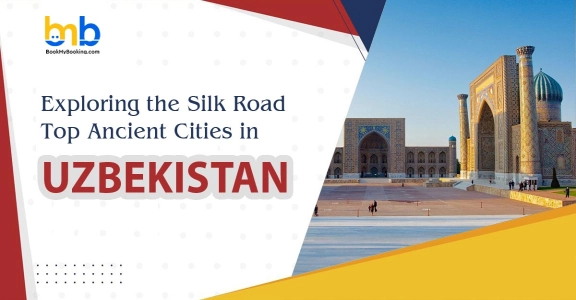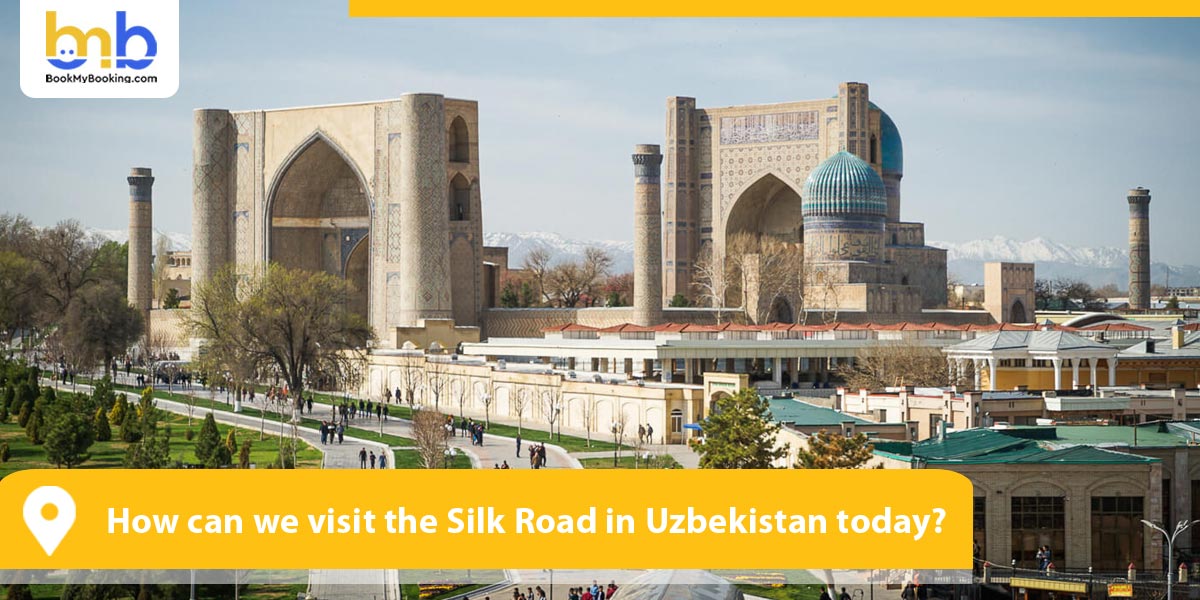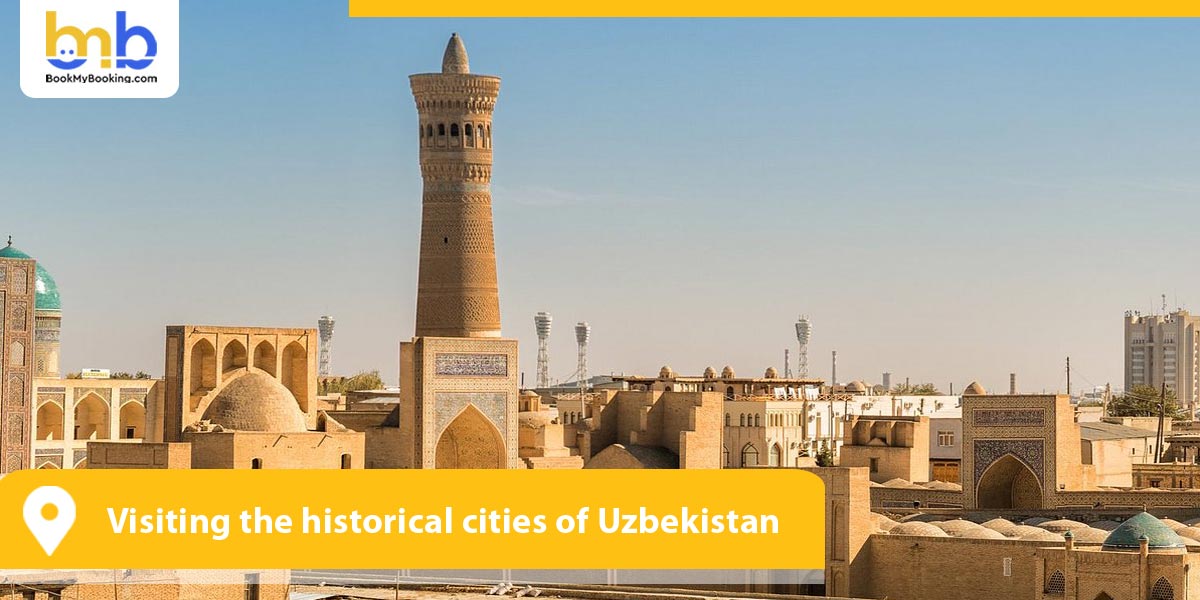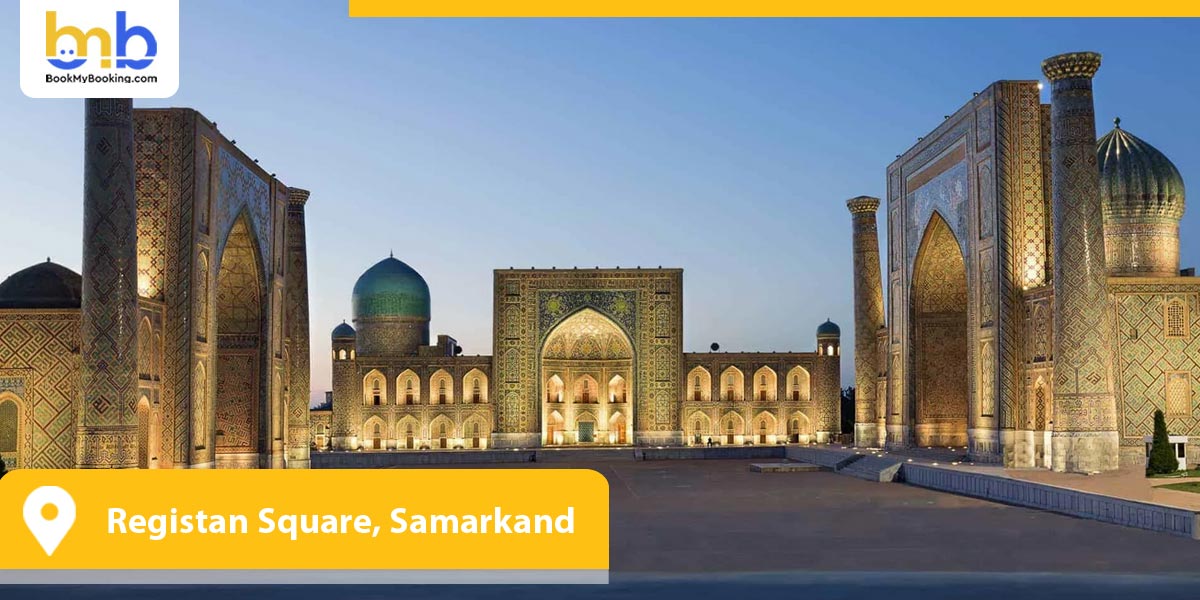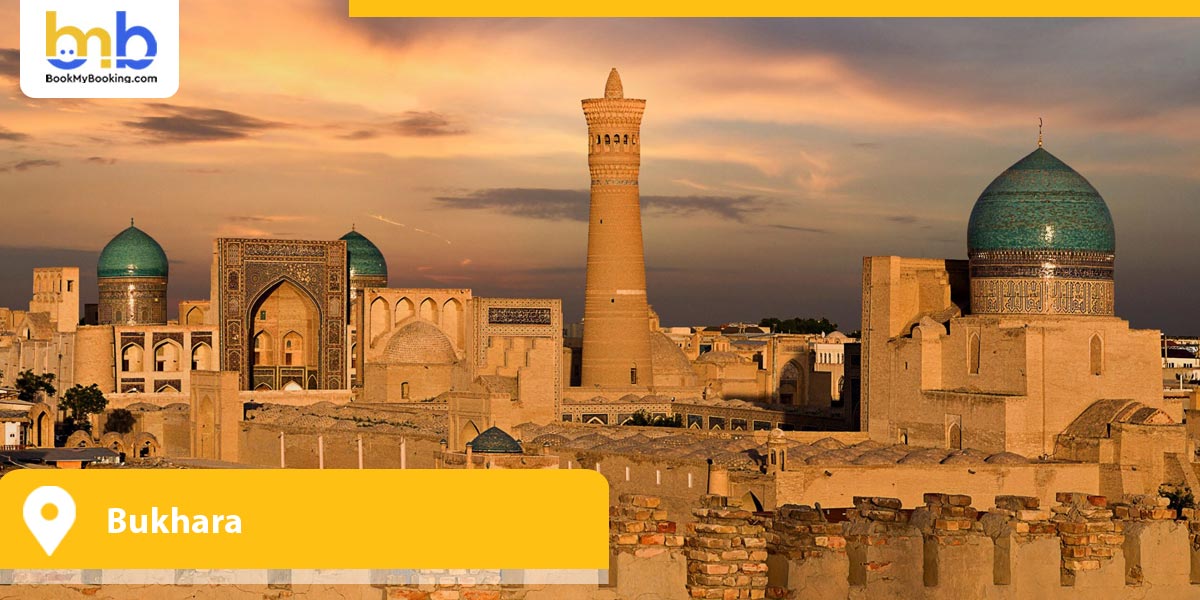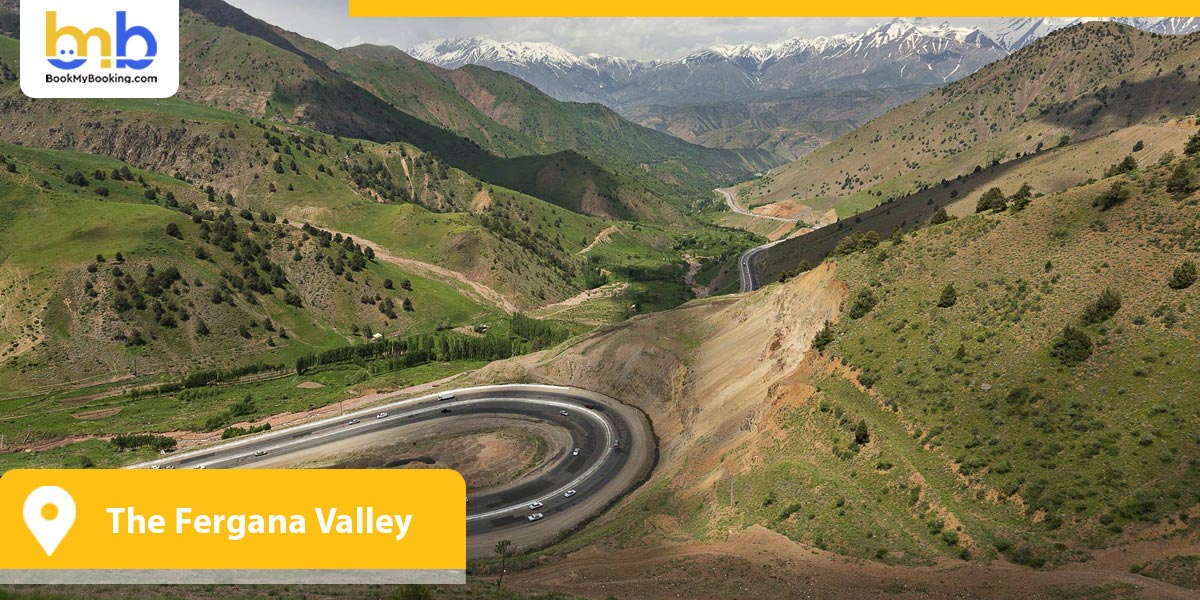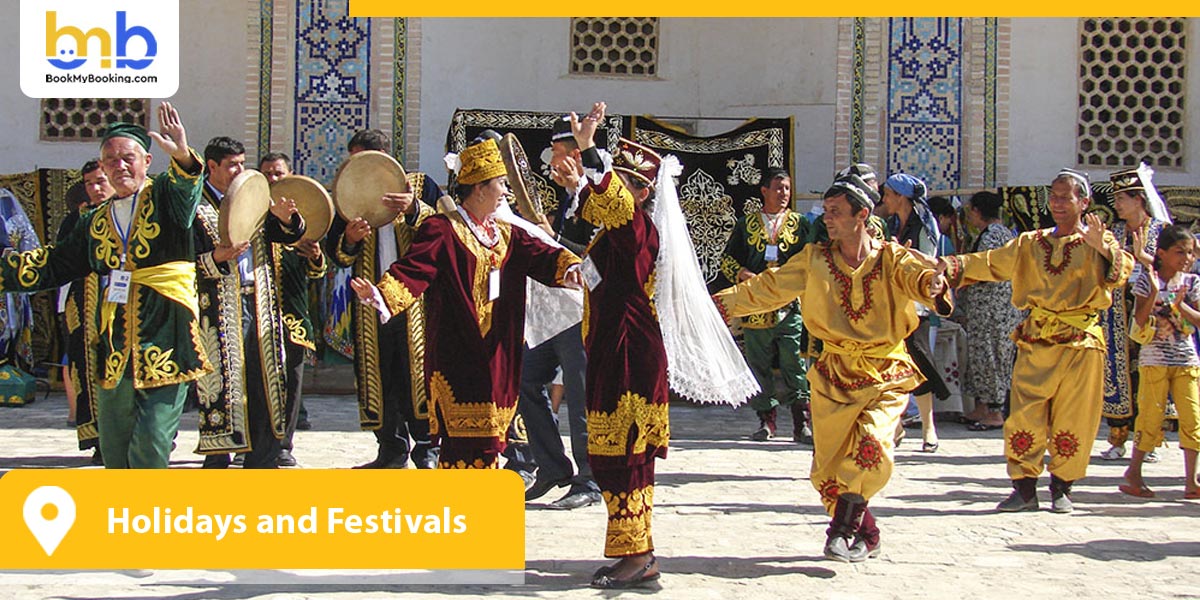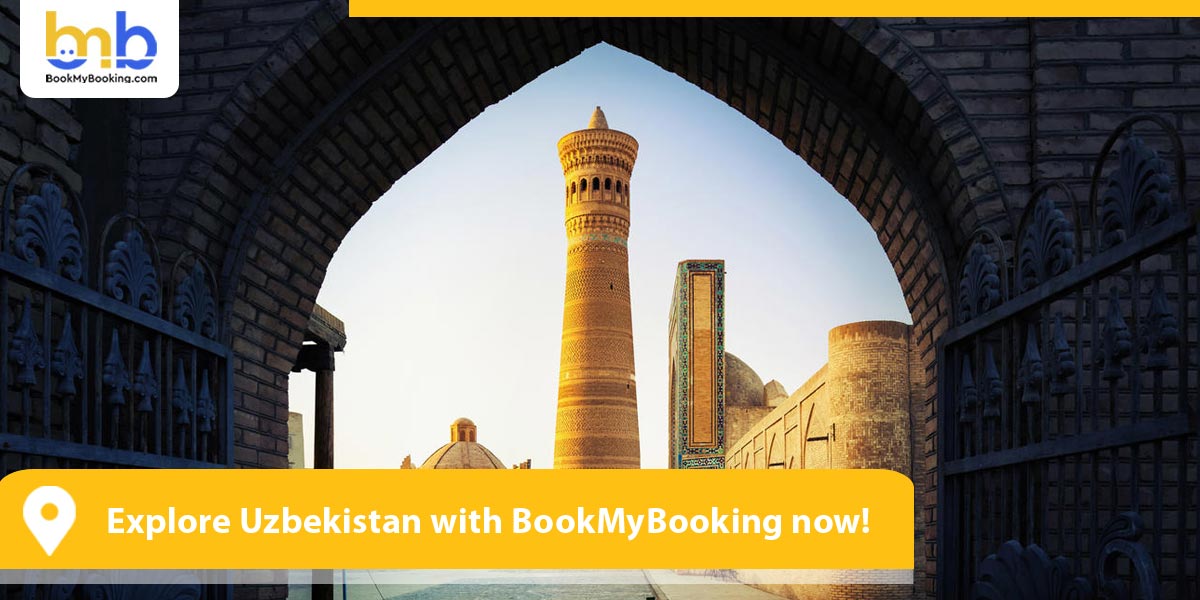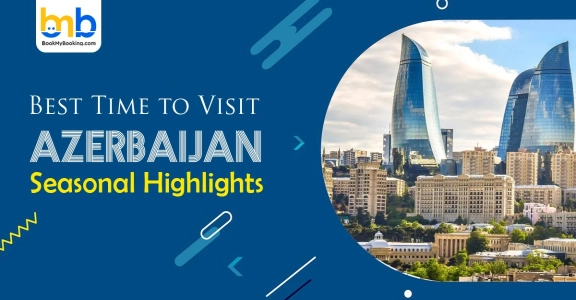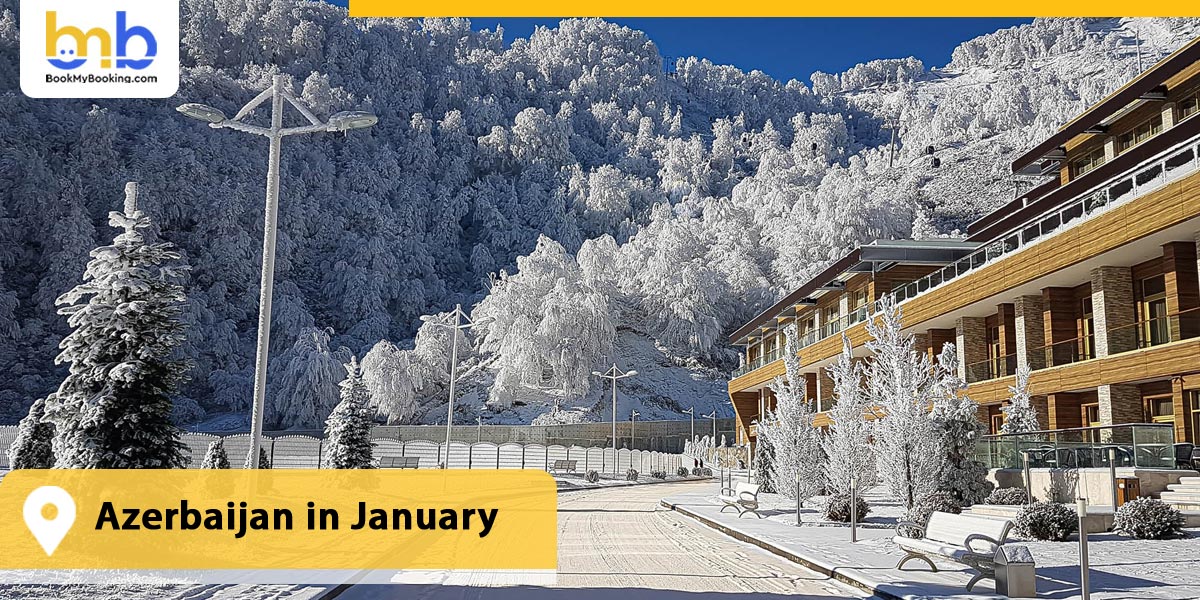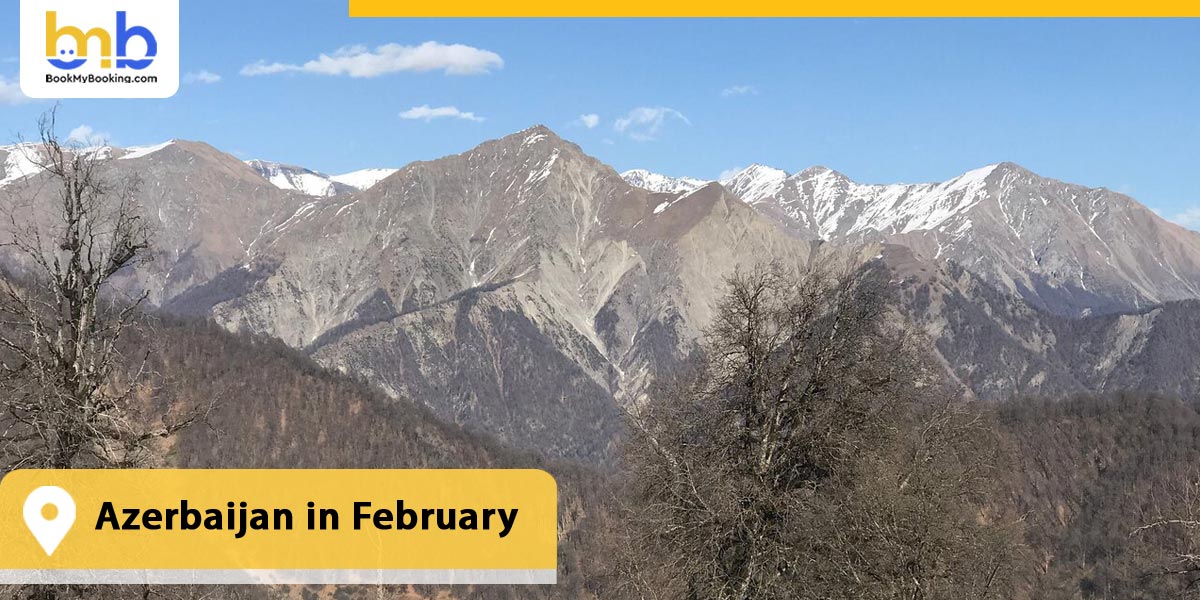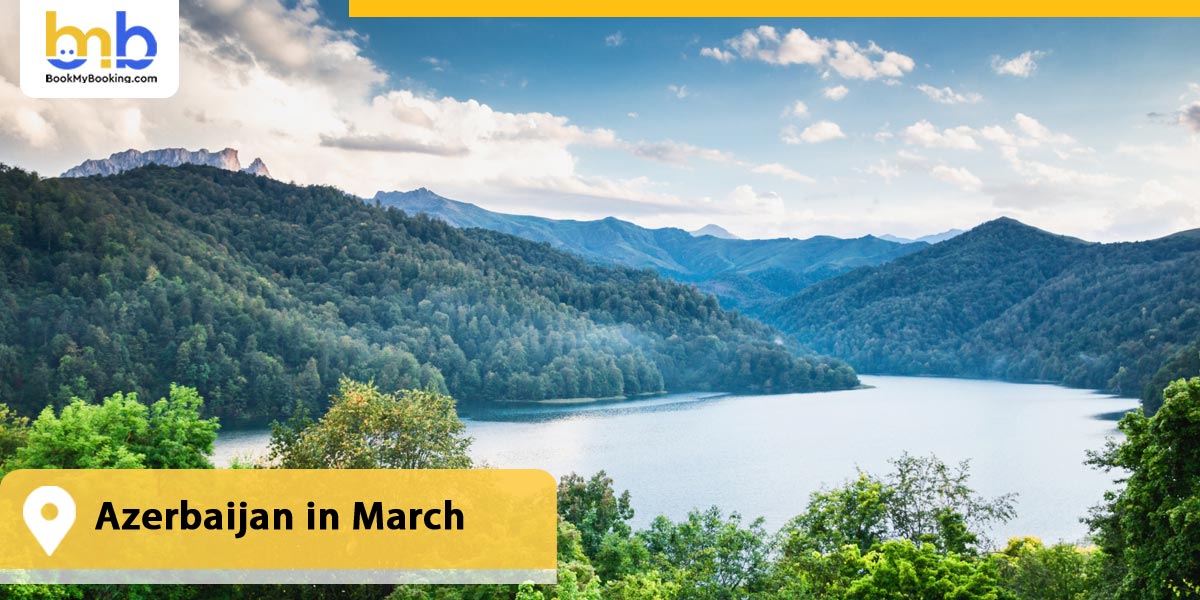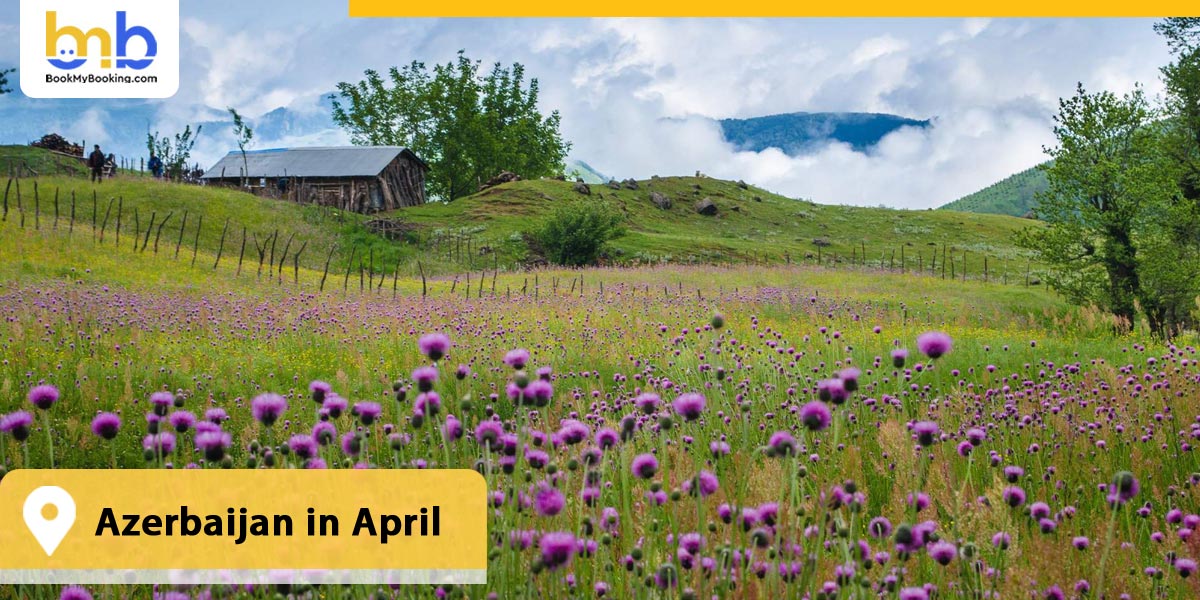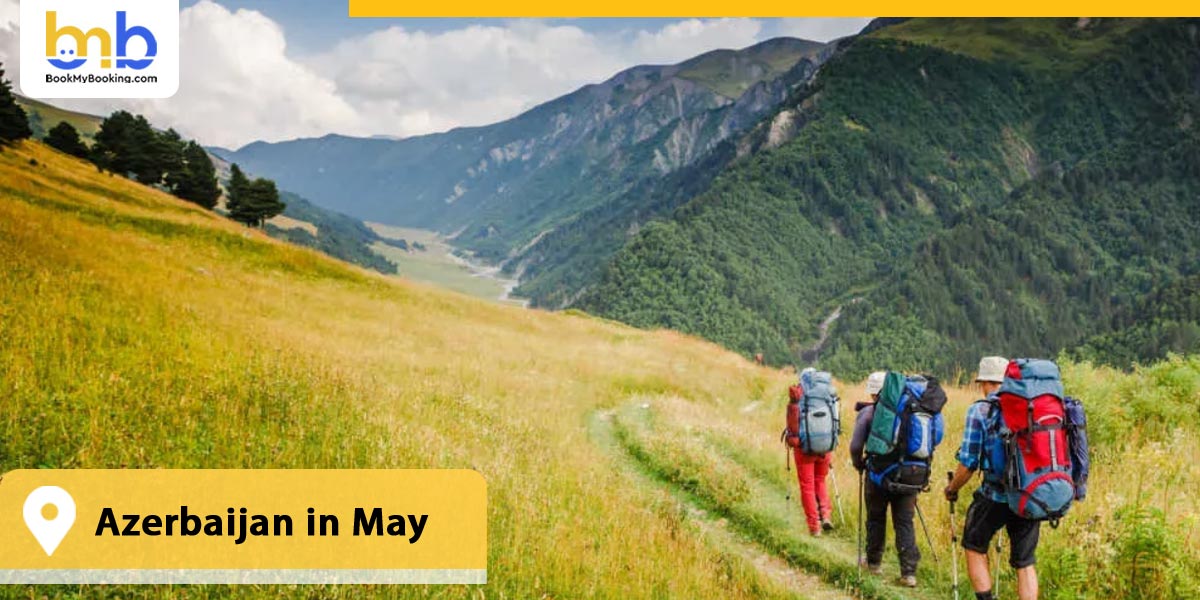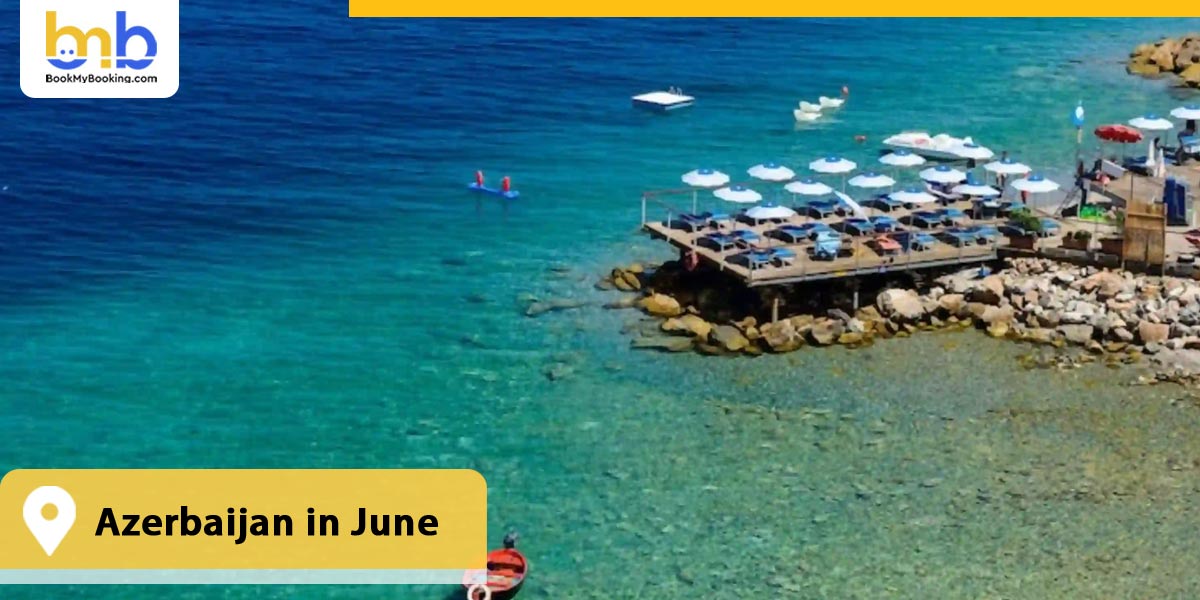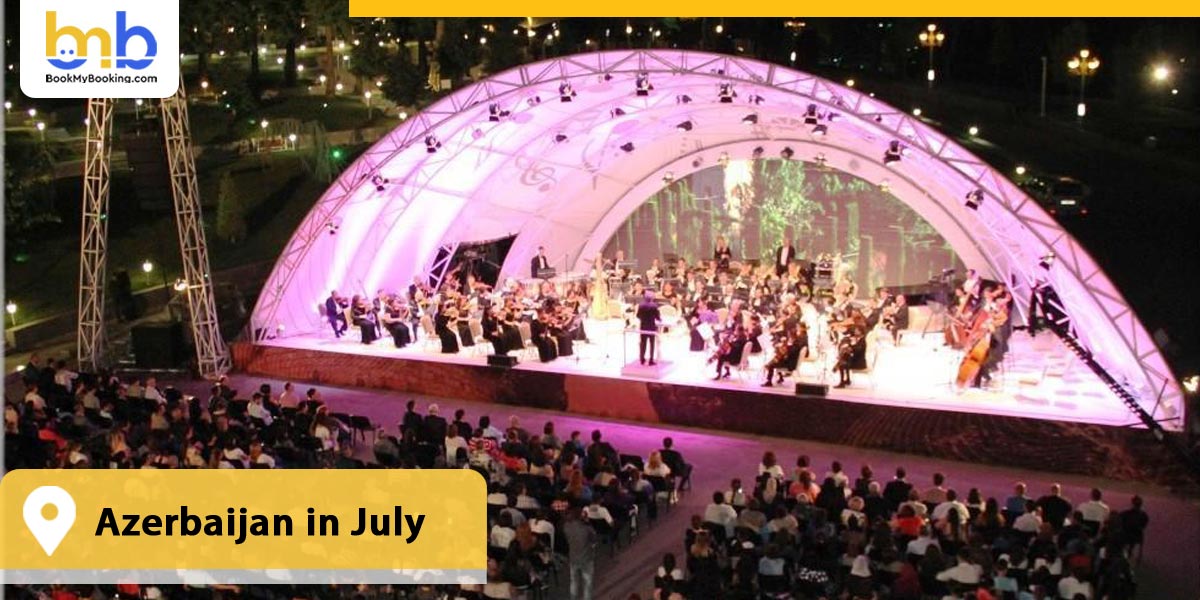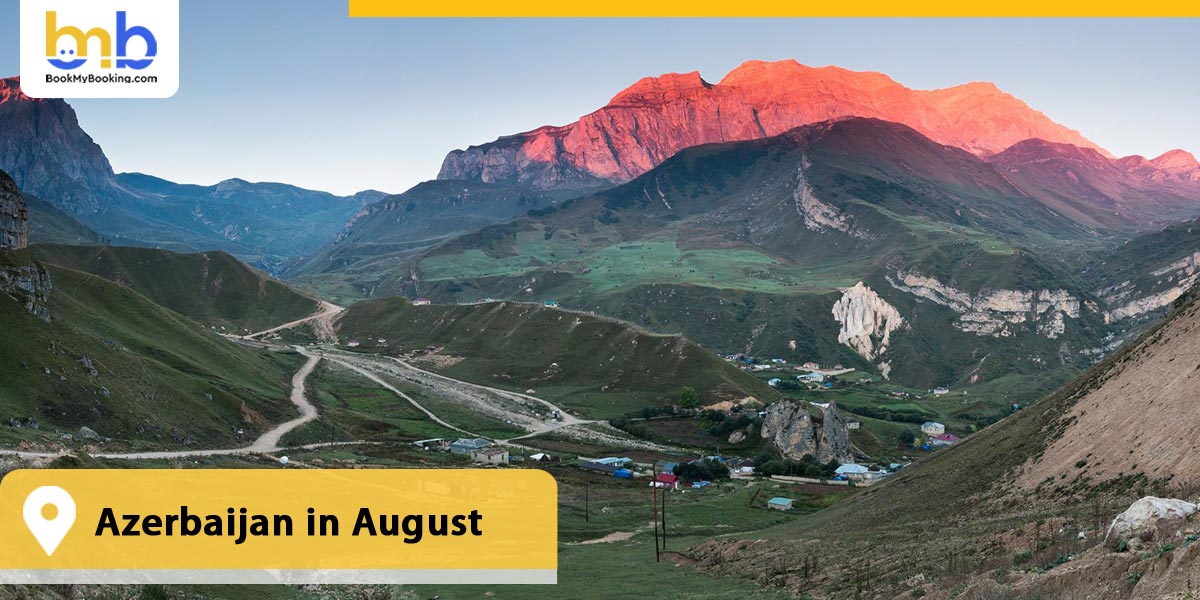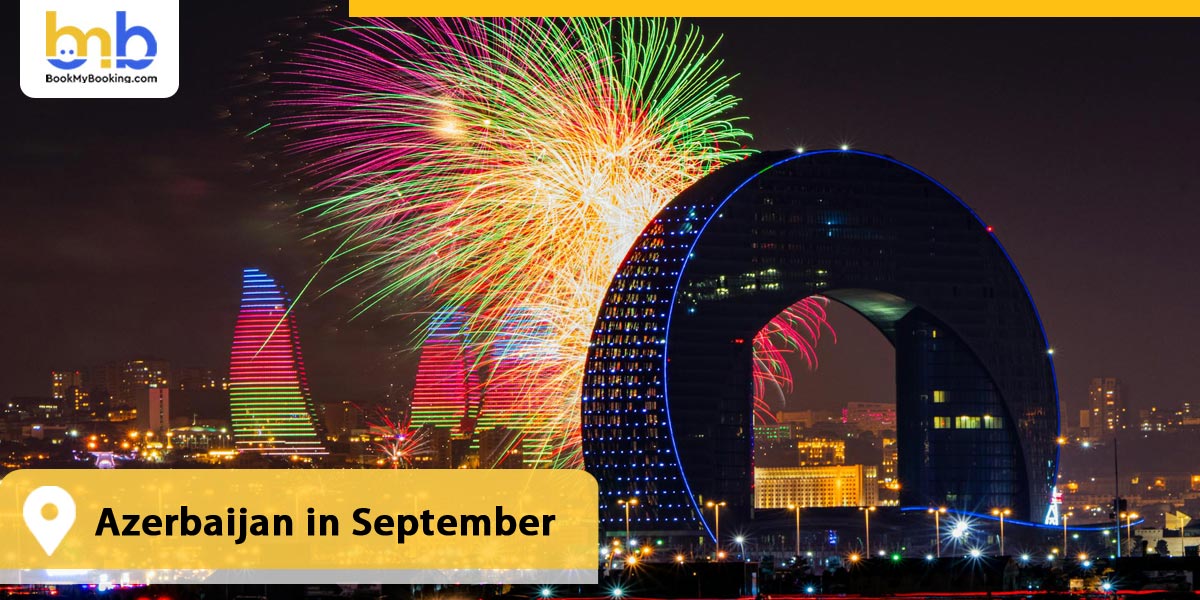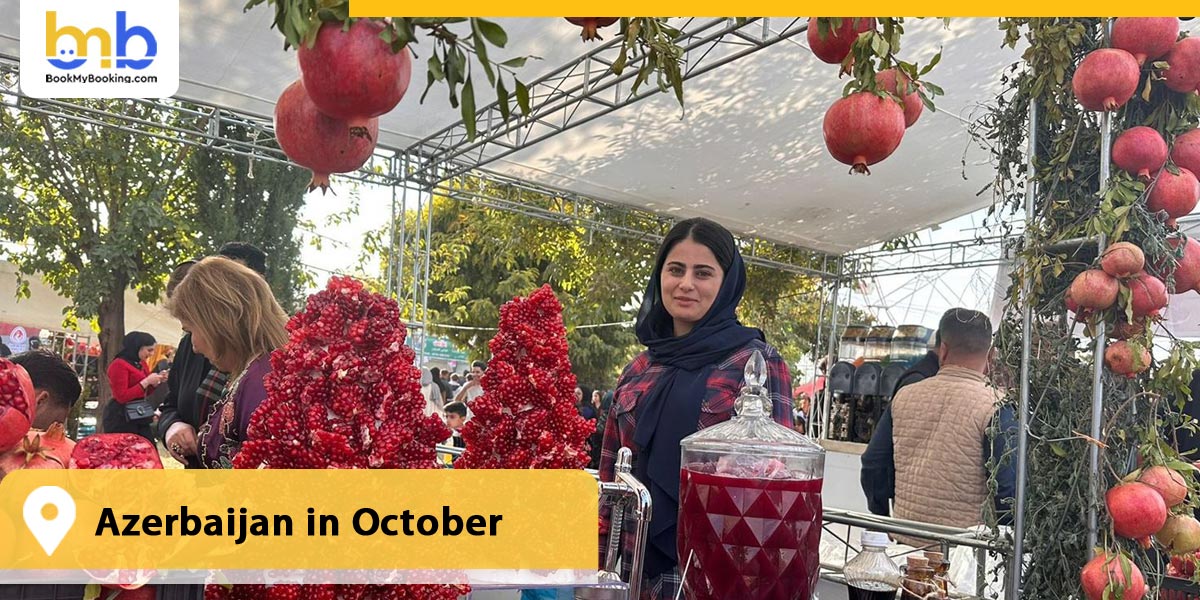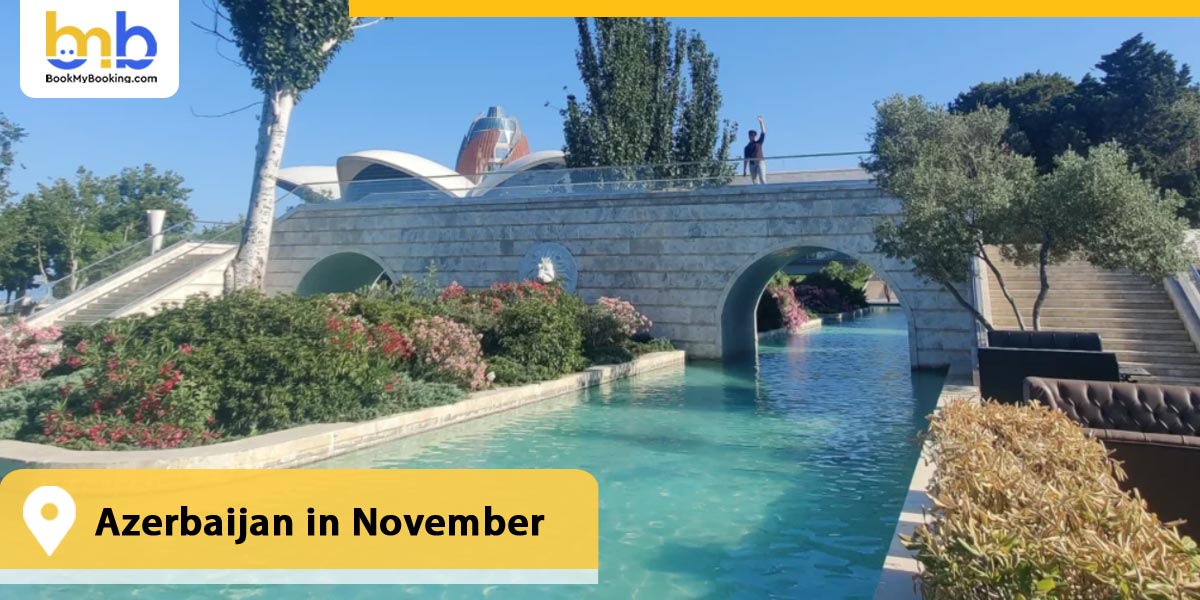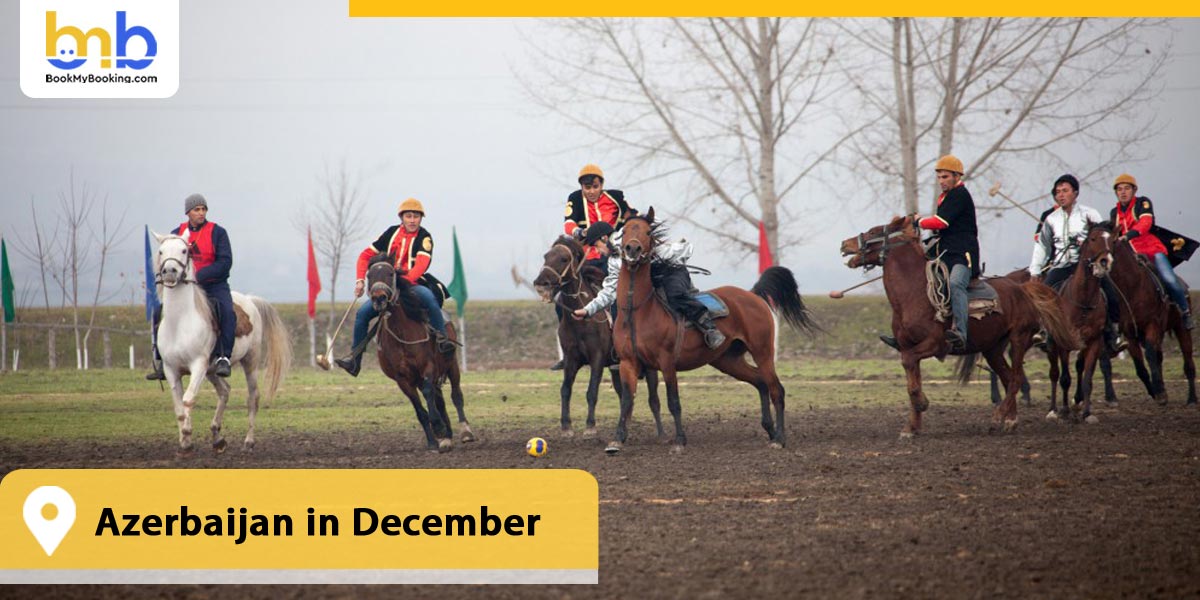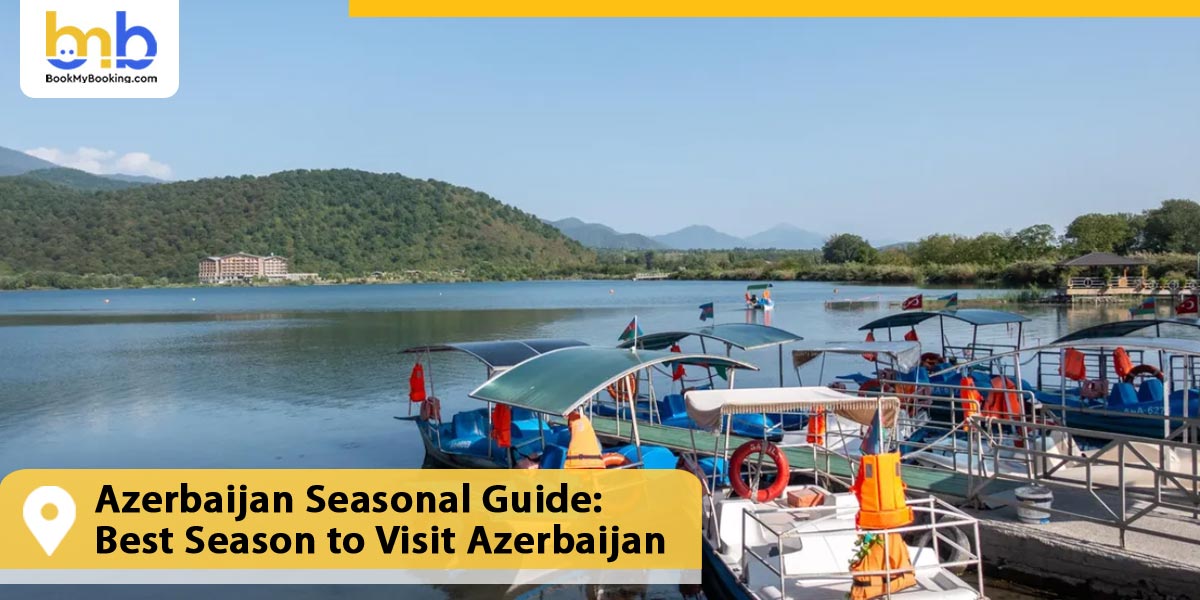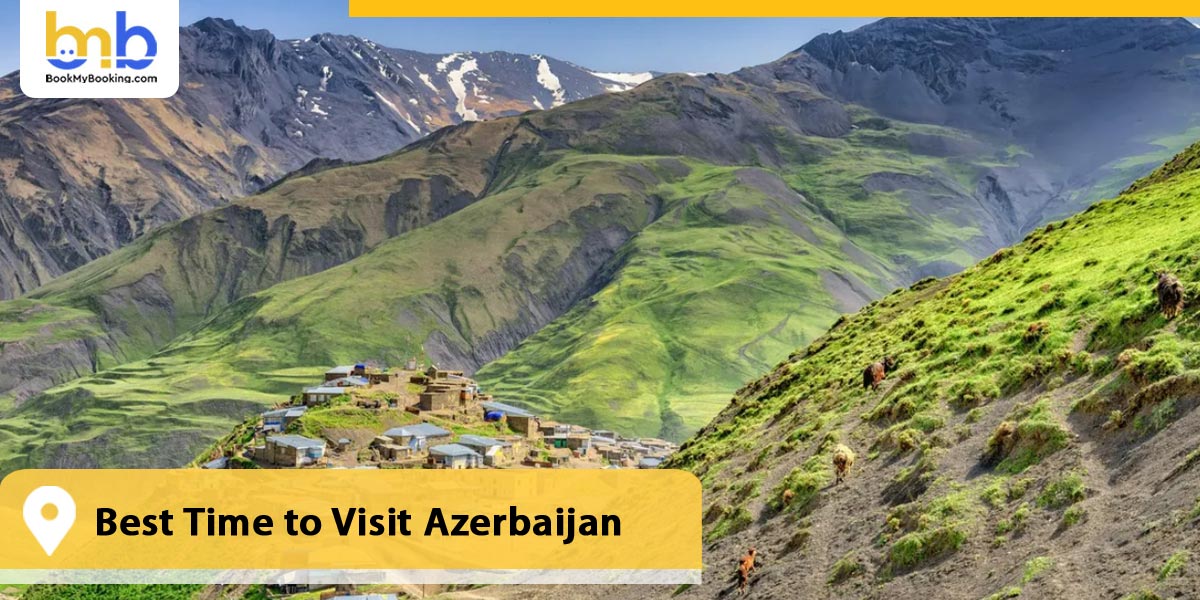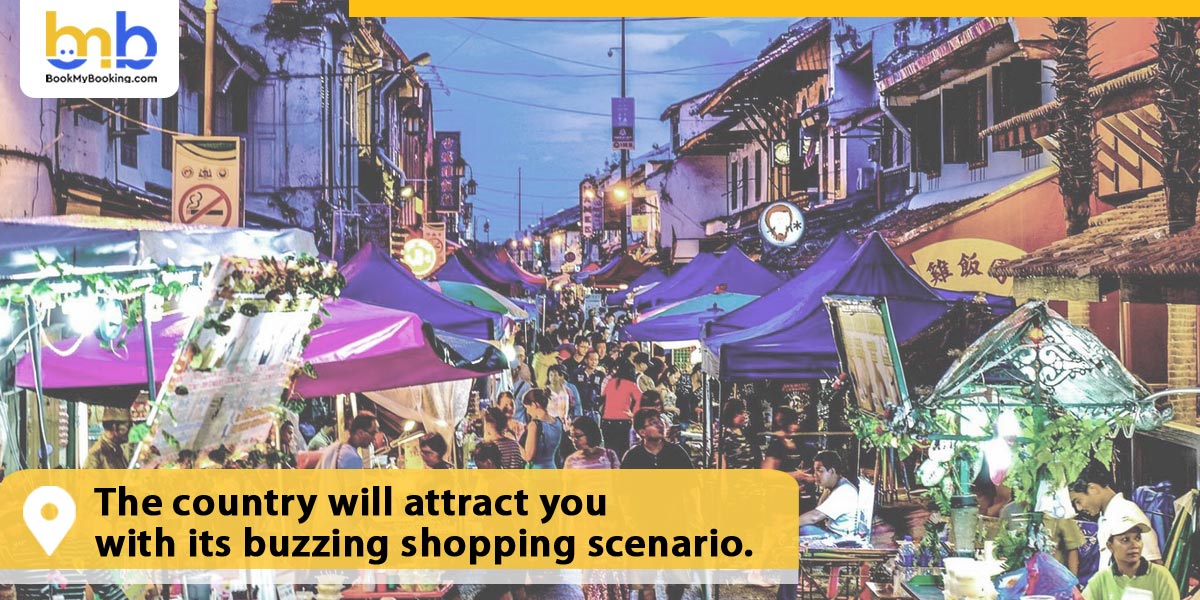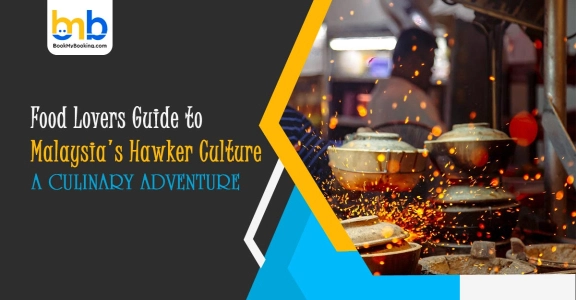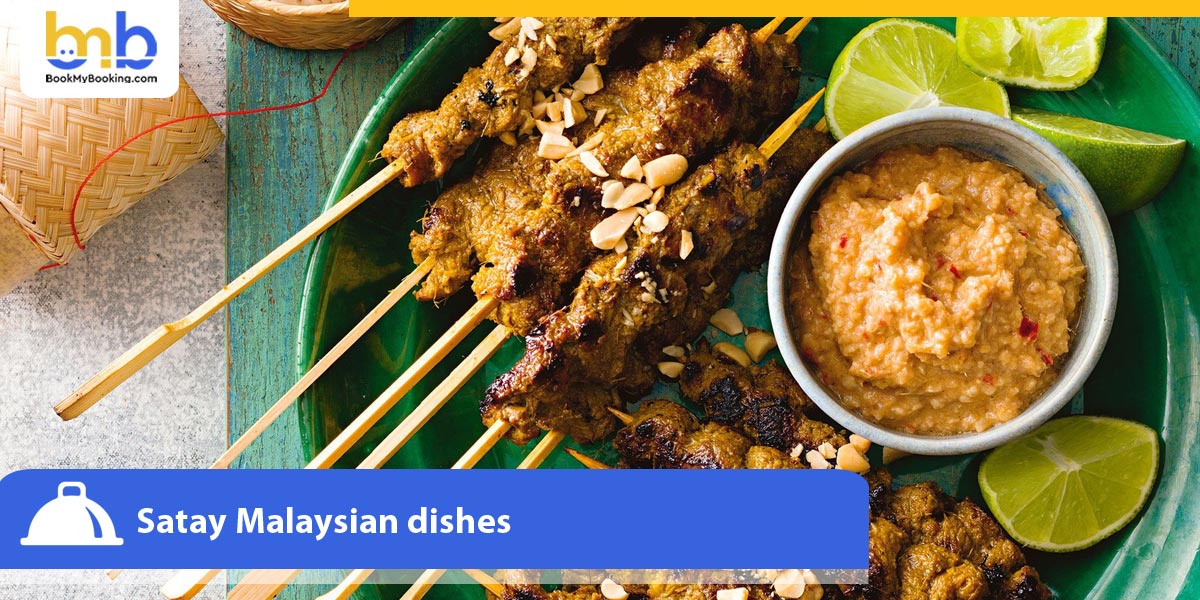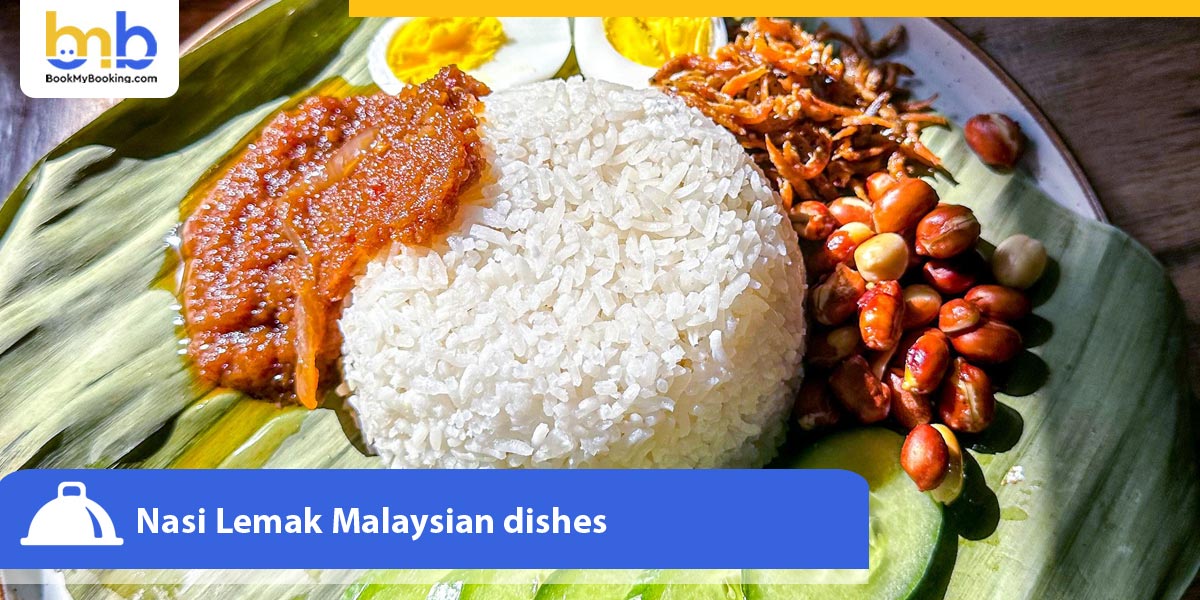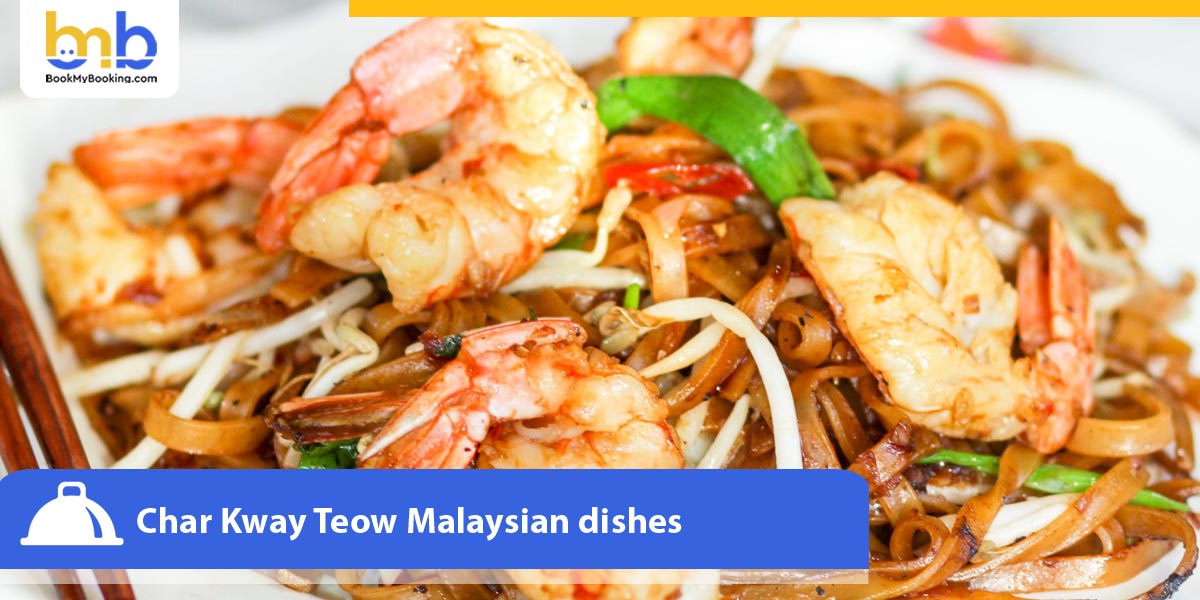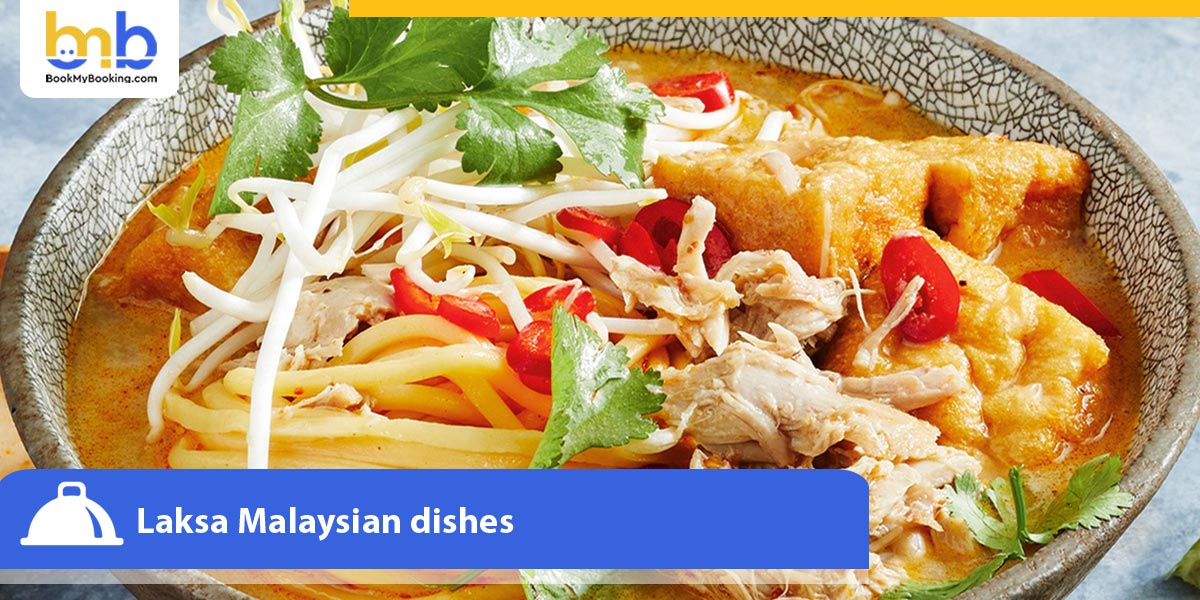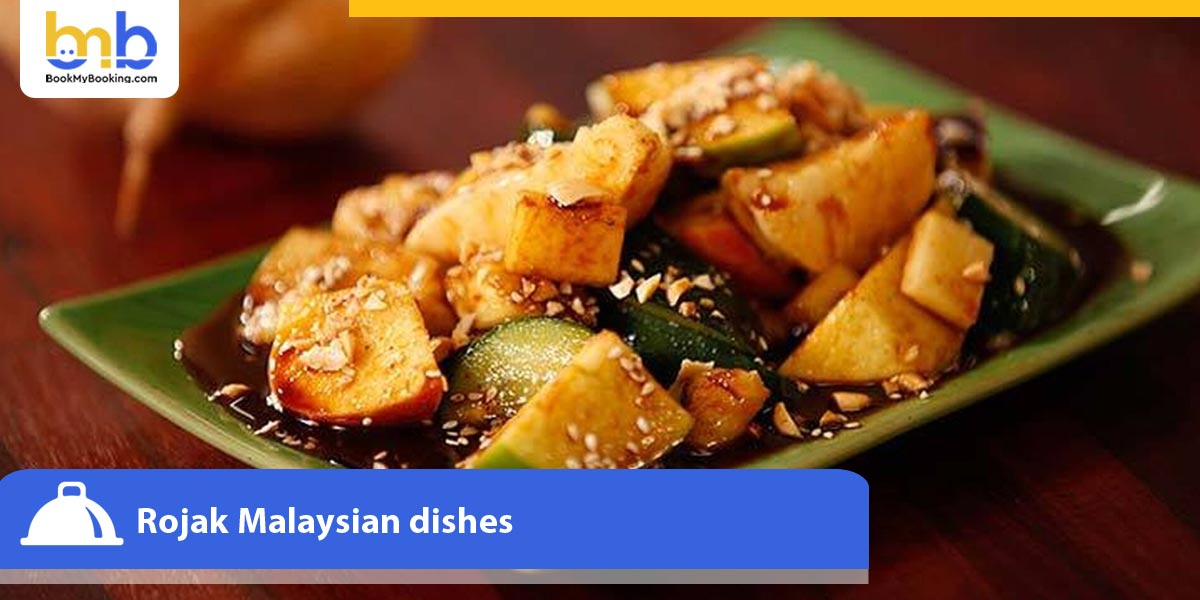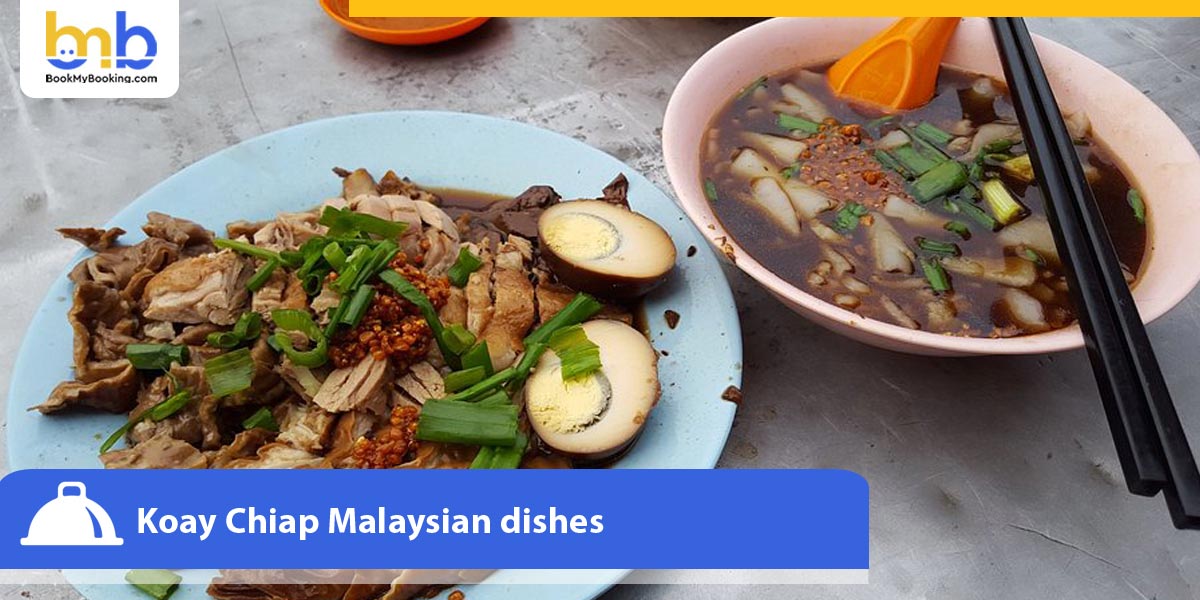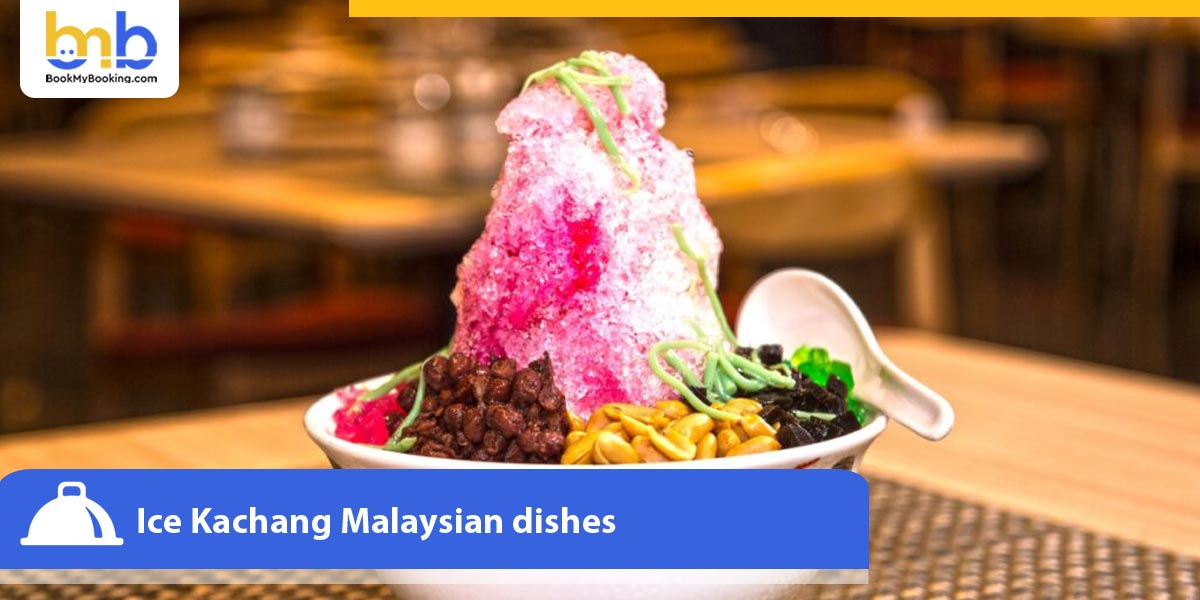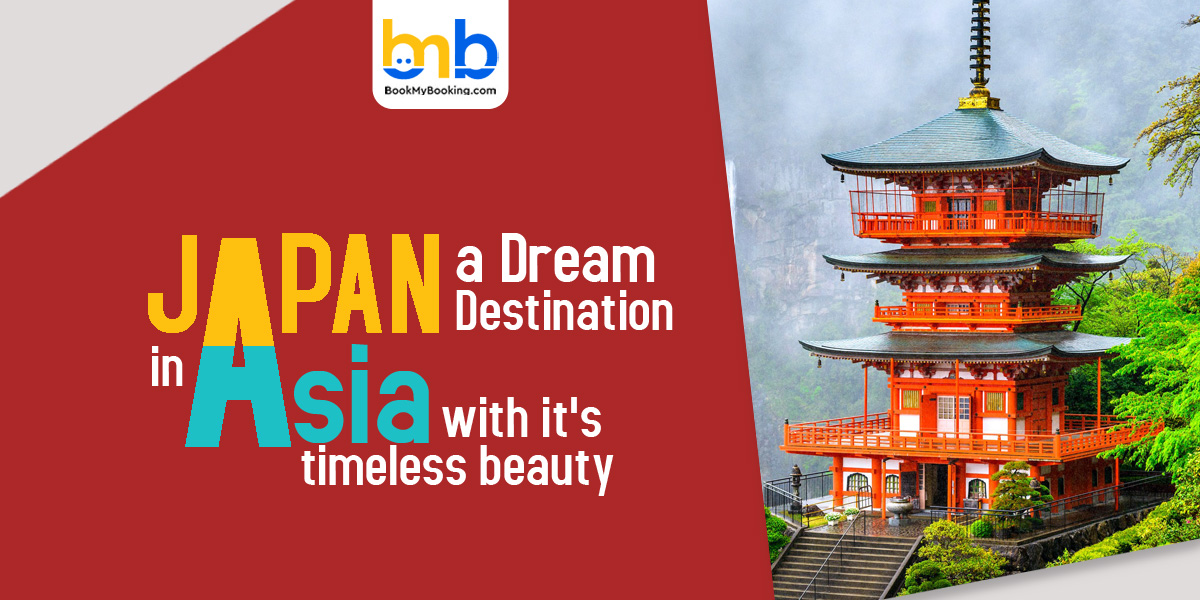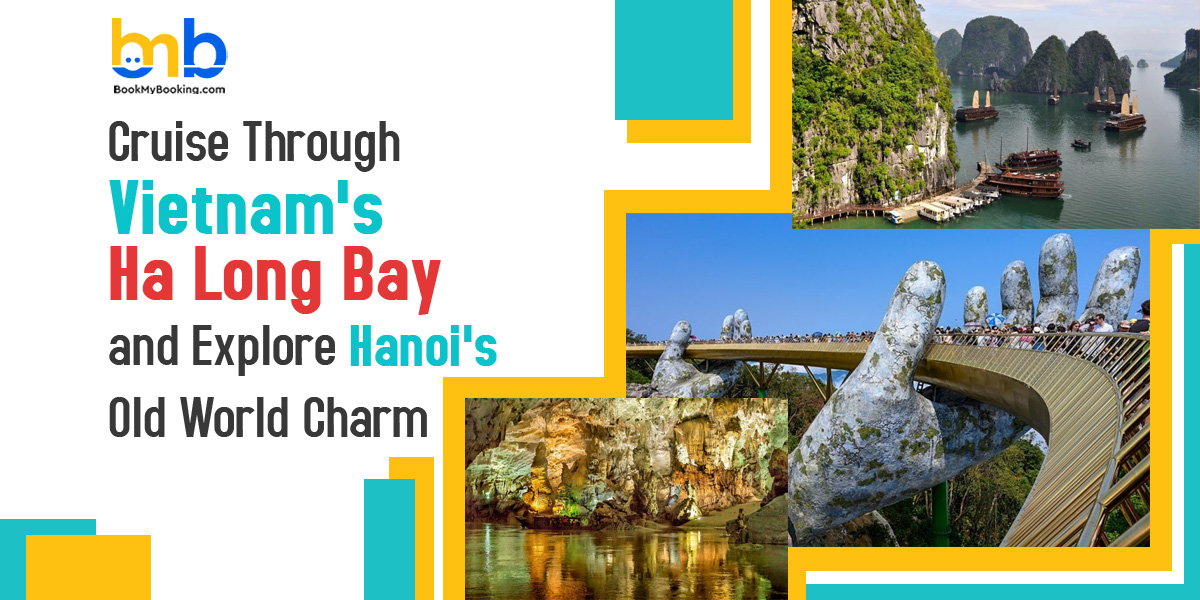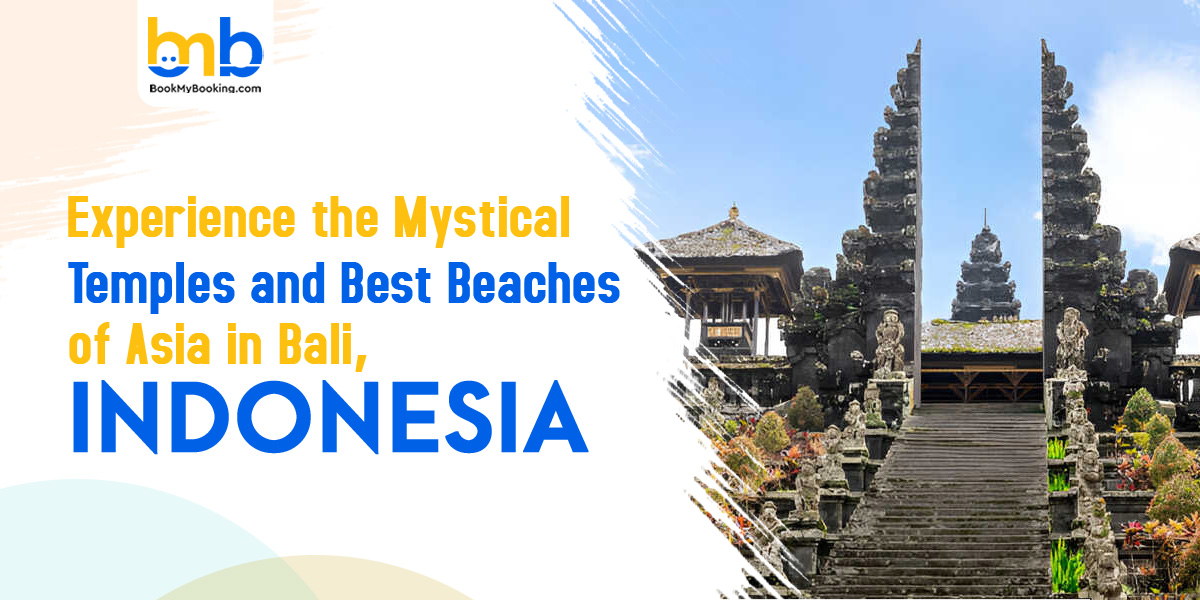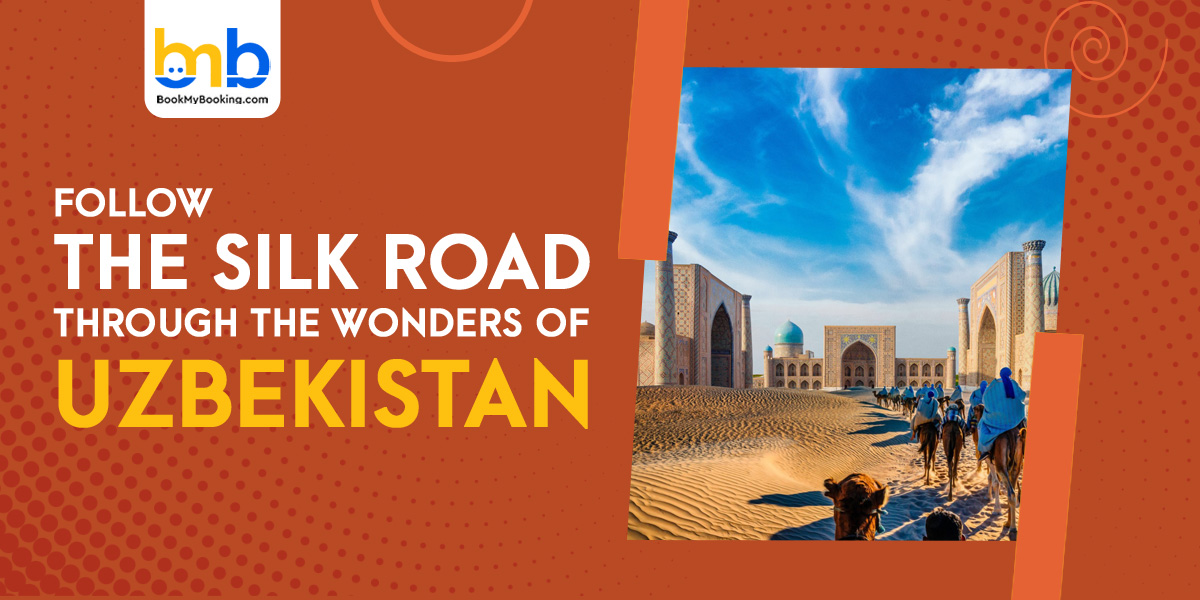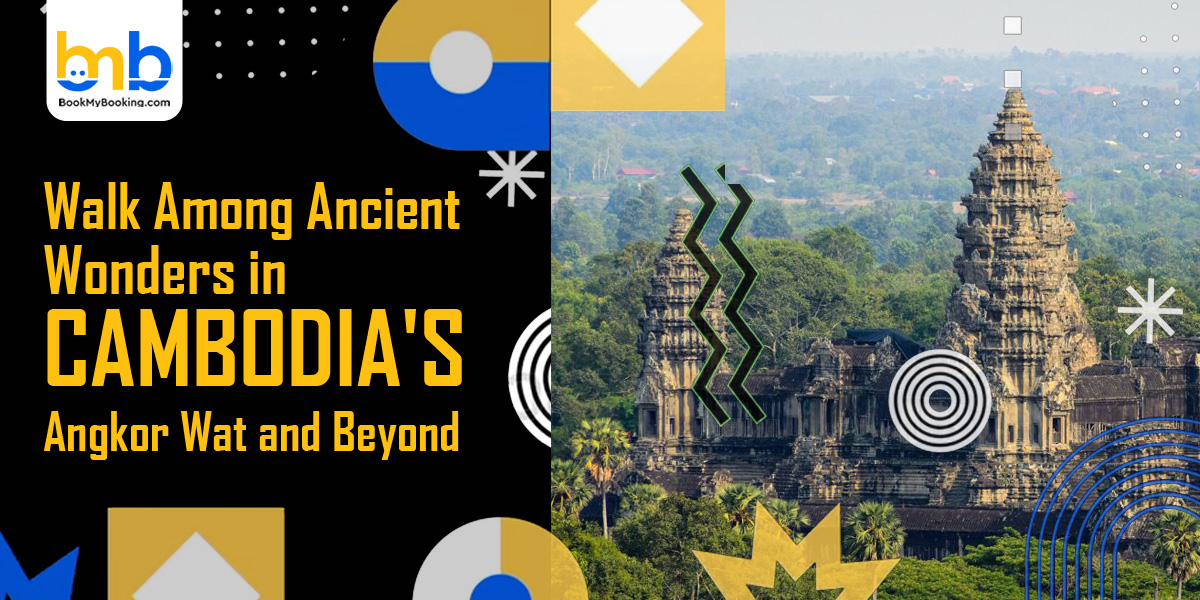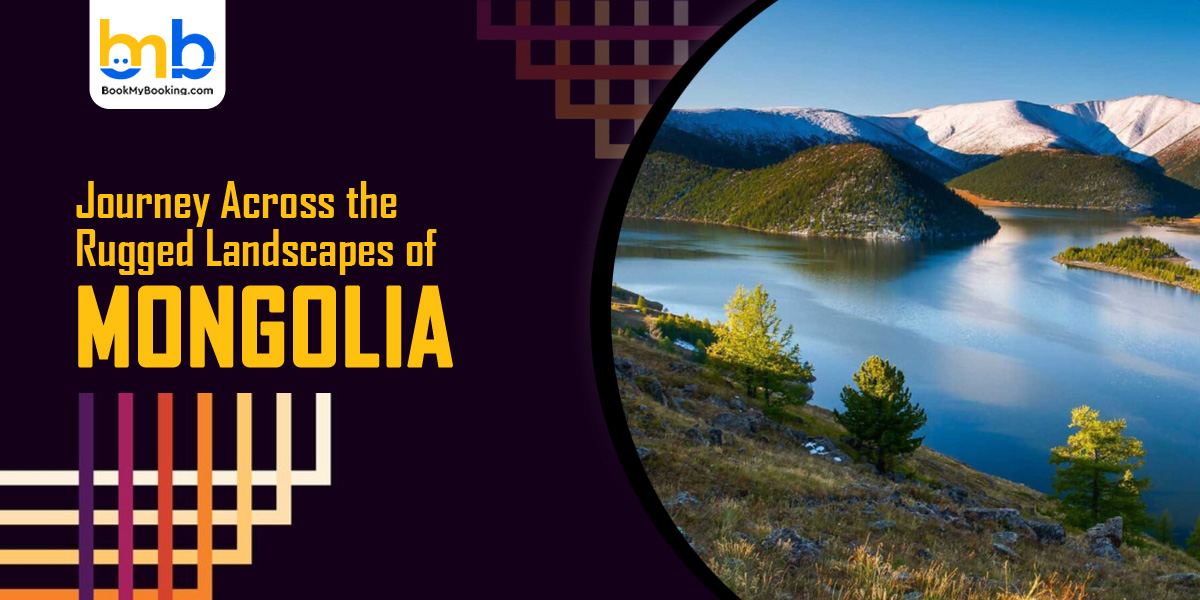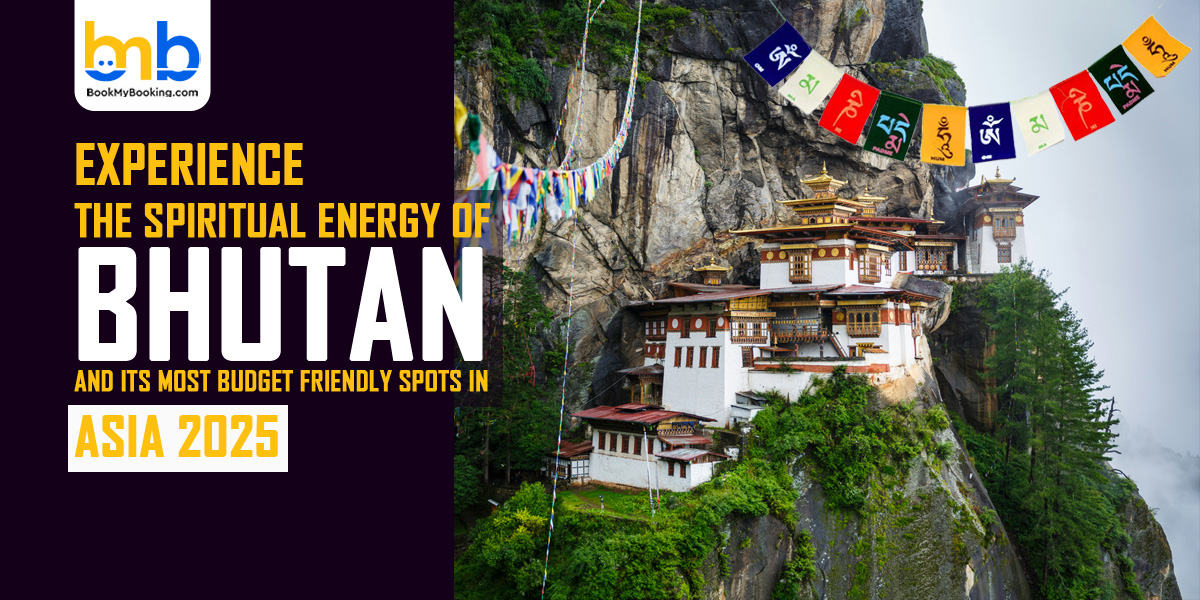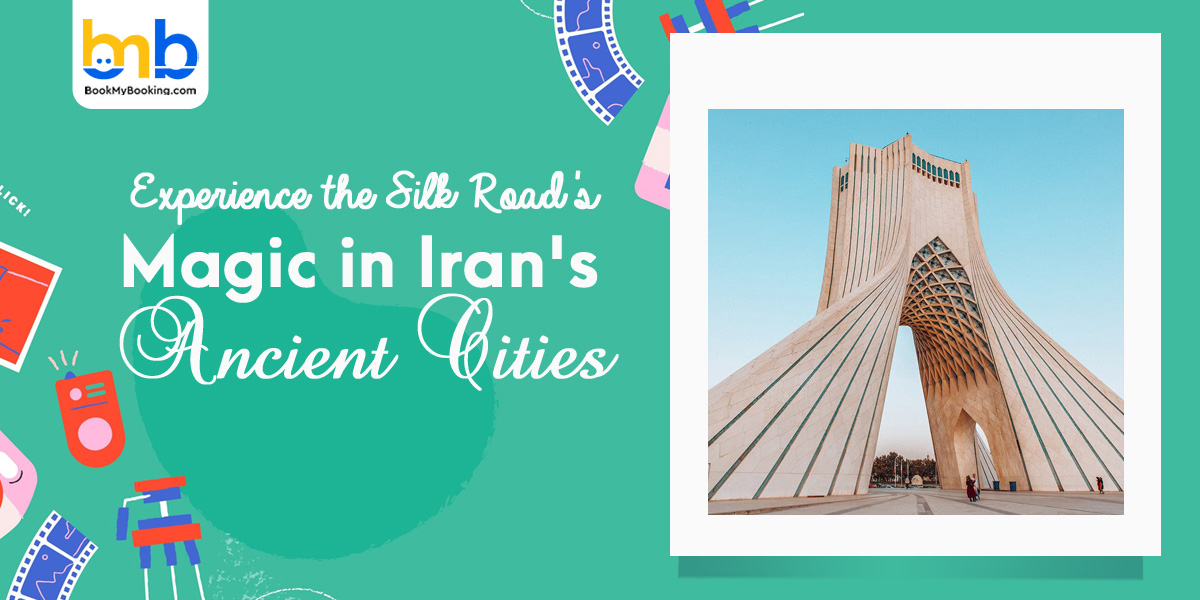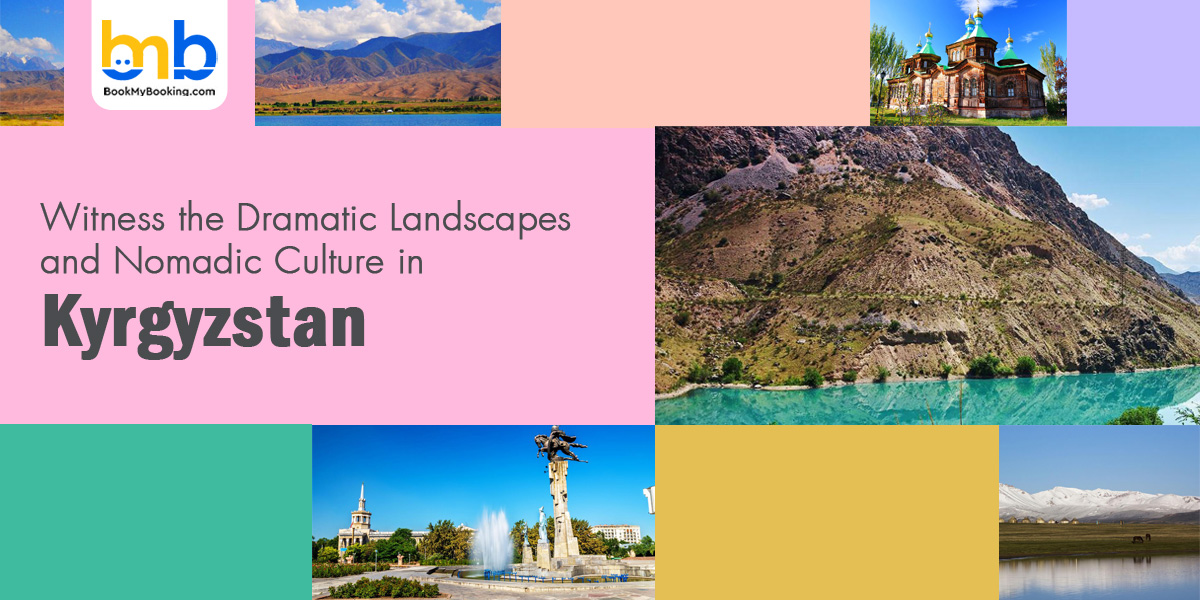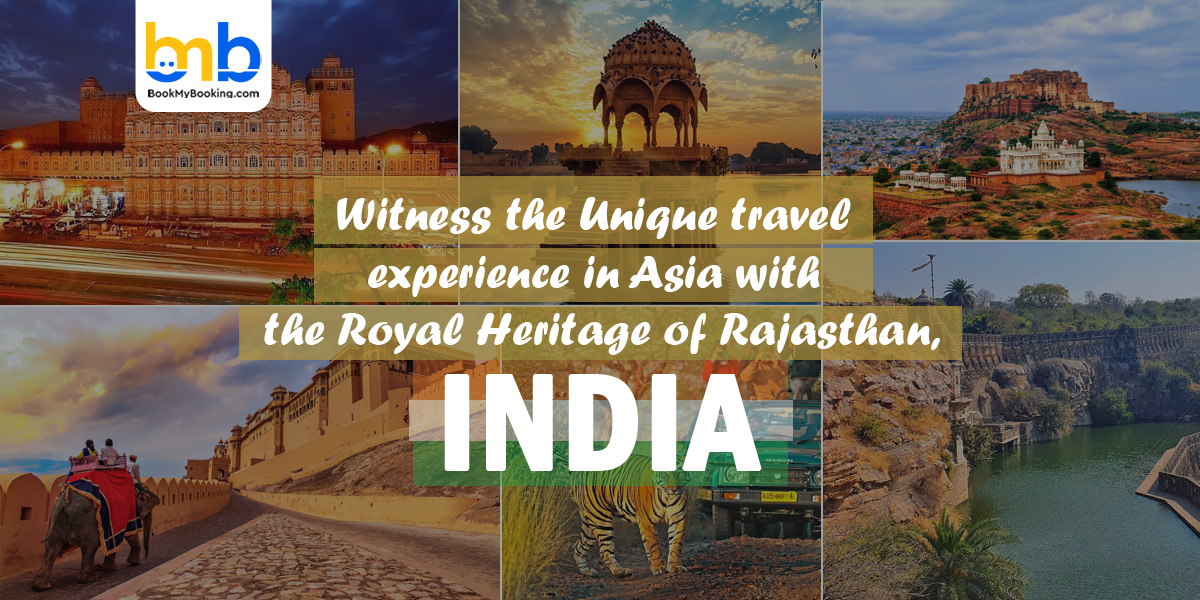Summer is the perfect time to reconnect, recharge, and explore new places with your family. Whether you're planning beach days, mountain hikes, or theme park adventures, summer travel with kids can be magical if done right. It's not just about ticking off destinations but creating lifelong memories together. But let's be real—travelling with children can be unpredictable. Things can go sideways fast, from airport tantrums to picky restaurant eaters.
That's why BookMyBooking has created this ultimate guide to help families plan better, travel smarter, and enjoy more. With tips, destination ideas, travel hacks, and a solid summer travel checklist for parents, your holiday can be joyful.
Why Plan Family Summer Vacations in Advance?
Planning is the key to a successful family trip. With the school calendar in mind, the summer window fills up fast. Booking early gives you a better chance to grab exclusive summer holiday packages for kids, family rooms, and flights at competitive rates. It also helps you organize visas, vaccinations, or documents required for international travel. Kids benefit from predictability, so involving them in the planning phase creates excitement. Let them choose activities or vote on the final destination.
Moreover, planning early gives you time to curate the trip based on your family's pace. There is no need to cram five attractions into a single day, leave space for spontaneous fun! You can also research family-friendly places that are crowd-free or offer exceptional amenities. For instance, some kid-friendly resorts and hotels offer early bird discounts and free toddler stay options if booked in advance.
Choosing the Right Destination for Kids
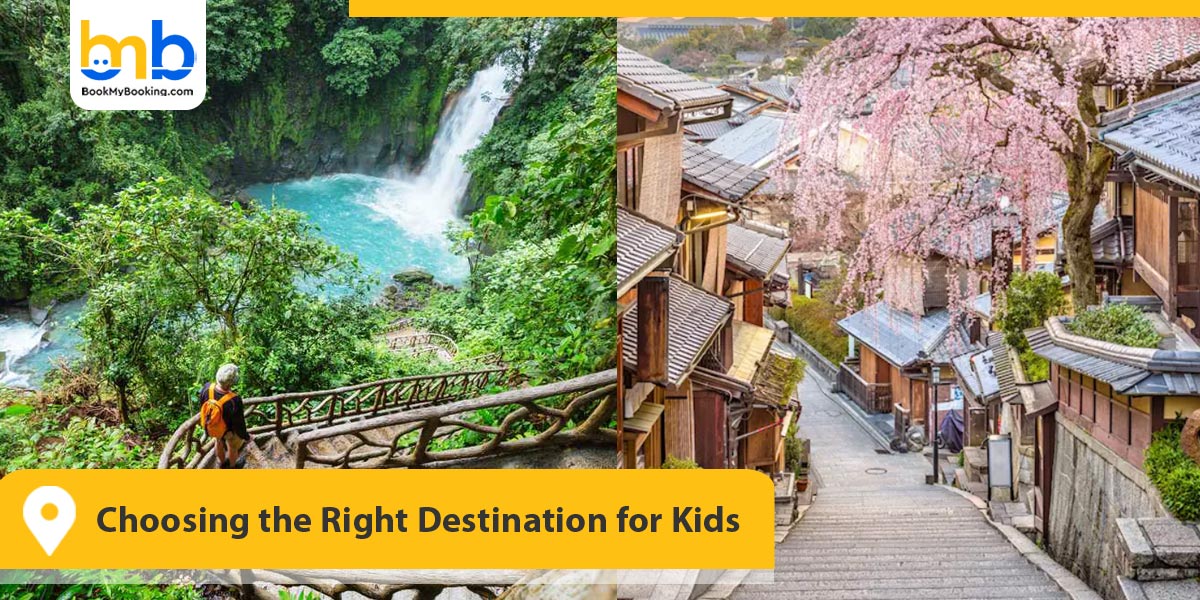
Not every destination is suitable for children, especially during summer. Heat, accessibility, and available activities play a crucial role. For younger kids, choose places with manageable distances, kid zones, or indoor attractions to escape the sun. Cultural or adventurous destinations like Japan or Costa Rica may be more engaging for teens. The best destinations combine fun, education, and safety.
Think of kid-friendly summer travel not just as going where kids are allowed but where they're celebrated. Destinations like Orlando (for Disney and Universal), Barcelona (for beach and culture), or Bali (for wellness resorts and nature) are fantastic examples. These spots offer interactive museums, aqua parks, and nature trails to entertain kids. Also, consider time zones—long-haul travel with kids in summer can be exhausting, so weigh the pros and cons of far-off destinations.
Best Summer Destinations for Families
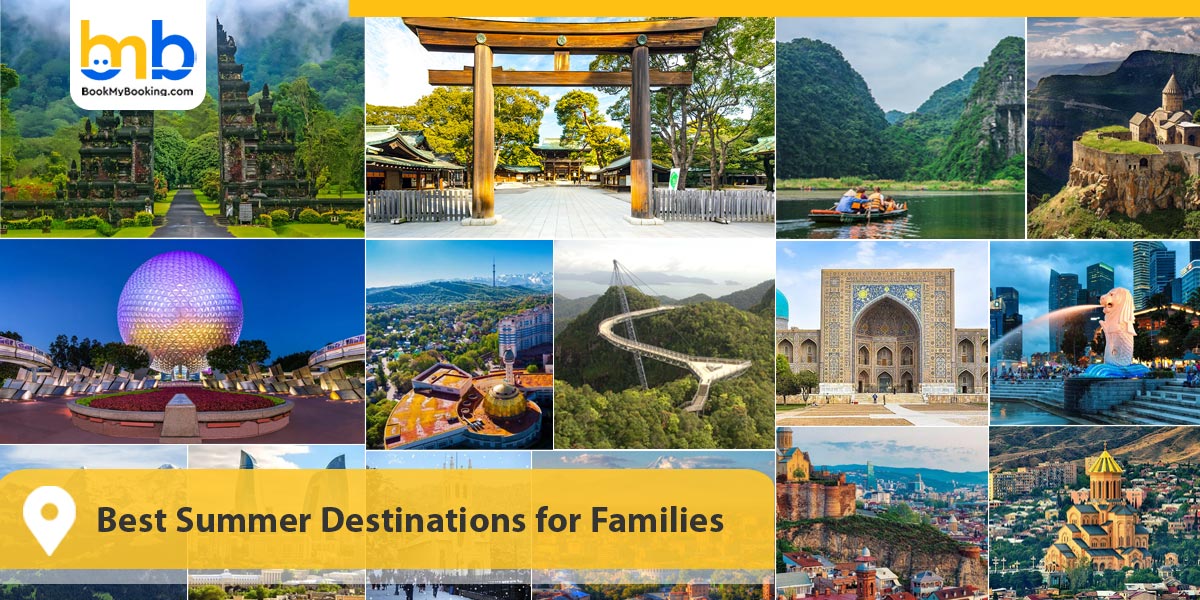
Some destinations score high on safety, amenities, and fun. Many also offer activities for children during summer vacations, like language classes, nature camps, and cooking workshops. Here are the five best summer destinations for families, specially selected by BookMyBooking travel experts
1. Orlando, USA
Top Picks: Walt Disney World, Universal Studios, LEGOLAND Florida
Why It’s Great: This city is practically built for families. With theme parks that cater to all age groups, kid-friendly dining, water parks, and character-themed hotels, Orlando is the undisputed champion of
kid-friendly summer travel.
2. Bali, Indonesia
Top Picks: Ubud Monkey Forest, Waterbom Bali, Bali Safari and Marine Park
Why It’s Great: Bali offers a relaxing atmosphere with plenty of activities that suit both children and adults. Families can enjoy traditional Balinese dance performances, cooking classes for kids, and nature walks through lush rice fields. The
kid-friendly resorts and hotels in Bali often feature play areas, pools, and babysitting services, making it a perfect place for
family summer vacations.
3. Swiss Alps, Switzerland
Top Picks: Interlaken, Zermatt, Jungfrau Region
Why It’s Great: If you prefer cool summer weather, the Swiss Alps are a scenic escape with plenty of outdoor adventures. Kids can enjoy mountain trains, cable cars, and summer sledding. A great option for
budget family summer travel ideas too, if you plan hikes and picnics in the meadows.
4. Tokyo, Japan
Top Picks: Tokyo Disneyland, Ueno Zoo, Ghibli Museum
Why It’s Great: Japan blends innovation with tradition. Tokyo is incredibly clean, organized, and safe for families. With themed cafes, anime attractions, and beautiful parks,
summer travel with kids in Tokyo is educational and fun. Don’t forget to explore child-friendly train experiences and shopping centres with
fun travel games for kids.
5. Hanoi, Vietnam
Top Picks: Ha Long Bay, Hoi An, Da Nang
Why It’s Great: Vietnam offers scenic boat tours in Ha Long Bay, cultural lantern-lit evenings in Hoi An, and beachside fun in Da Nang. It’s perfect for
summer vacation planning with children, thanks to its relaxed vibe and easy transportation.
6. Almaty, Kazakhstan
Top Picks: Almaty, Shymbulak Ski Resort, Charyn Canyon
Why It’s Great: Almaty has family cafes and parks, while Charyn Canyon and Big Almaty Lake offer scenic beauty and soft treks. It's an ideal destination for
activities for children who love the outdoors during summer vacations.
7. Singapore City, Singapore
Top Picks: Sentosa Island, Singapore Zoo, Gardens by the Bay
Why It’s Great: Compact and incredibly family-friendly, Singapore is ideal for
summer short and long-haul travel with kids. Children will love the immersive experiences at the S.E.A. Aquarium and night safaris, while parents can enjoy seamless planning with
BookMyBooking summer travel guide.
8. Tashkent, Uzbekistan
Top Picks: Samarkand, Bukhara, Tashkent
Why It’s Great: Take your kids on a Silk Road adventure through ancient cities, marvel at Islamic architecture, and ride the high-speed trains across the desert. A unique pick for
family summer vacations seeking history and culture.
9. Tbilisi, Georgia
Top Picks: Tbilisi, Batumi, Kazbegi
Why It’s Great: Tbilisi's capital is known for its vibrant old town and funicular rides. Batumi offers Black Sea beaches and dolphin shows, while Kazbegi presents family hiking and scenic drives—perfect for
kid-friendly summer travel.
10. Yerevan, Armenia
Top Picks: Yerevan, Lake Sevan, Dilijan National Park
Why It’s Great: With its cool climate and friendly locals, Armenia is great for young travelers. Lake Sevan provides beachside activities, while Yerevan’s museums and parks keep children engaged. It’s ideal for
summer holiday packages for kids looking for offbeat charm.
11. Baku, Azerbaijan
Top Picks: Baku, Sheki, Gabala
Why It’s Great: Flame Towers in Baku, alpine coasters in Gabala, and historic palaces in Sheki make Azerbaijan a mix of modern and traditional for families. Hotels often offer kid zones and themed tours to help you efficiently plan
budget family summer travel ideas.
12. Shimla, India
Top Picks: Shimla, Ooty, Jaipur, Goa
Why It’s Great: India offers every type of experience—from hill stations in the north to beach fun in Goa. Jaipur’s palaces and elephant sanctuaries provide interactive history, making it perfect for
family travel tips for summer that combine culture and play
13. Langkawi, Malaysia
Top Picks: Kuala Lumpur, Langkawi, Genting Highlands
Why It’s Great: Kuala Lumpur offers indoor theme parks and science museums, Langkawi features beaches and water sports, and Genting Highlands has one of the best amusement parks in Asia. Families love Malaysia for its
kid-friendly resorts and hotels and ease of travel.
14. Lalibela, Ethiopia
Top Picks: Addis Ababa, Lalibela, Simien Mountains
Why It’s Great: Ethiopia offers a mix of culture and wildlife. Families can visit rock-hewn churches in Lalibela or take guided hikes in the Simien Mountains. It's a lesser-known gem for
summer safety tips for traveling with children in unique natural settings.
15. Istanbul, Turkey
Top Picks: Istanbul, Cappadocia, Antalya
Why It’s Great: From hot air balloons in Cappadocia to sandy beaches in Antalya and cultural tours in Istanbul, Turkey covers all interests. Many resorts offer family packages, perfect for
summer travel checklists for parents looking for comfort and value.
What to Look for in Summer Holiday Packages for Kids
A well-curated summer holiday package for kids should offer more than just accommodation and flights. It must be an experience tailored for families. Look for packages that include child-friendly meals, free access to kids' clubs, and age-appropriate activities. Some packages go the extra mile, including workshops, storytelling sessions, and babysitting services.
Packages that offer flexibility in schedules are crucial. Kids don't run on strict time slots, so buffer time between activities helps reduce stress. Check if the package includes insurance, cancellation policies, or emergency services. The destination's climate and travel duration should also be considered.
Many providers now bundle family summer vacations with educational tours or wildlife experiences, allowing children to learn while having fun. Resorts in the Maldives, Thailand, and the UAE frequently offer summer-exclusive promotions for families.
Family Travel Tips for Summer
Some of the best travel hacks for families with kids include pre-ordering kids' meals on flights, bringing neck pillows, and using downloadable entertainment apps. You can also create DIY travel kits with colouring books, sticker sets, and interactive maps for a more engaged travel experience.
Here are some vital family travel tips for summer that make your journey smoother
Pack Light but Smart: Stick to essentials like extra clothes, snacks, and medication. Use checklists to stay organised.
Maintain Routines: To avoid meltdowns, keep your kids' meal and sleep schedules consistent.
Hydration is Key: Carry reusable water bottles and offer water at regular intervals, especially on hot days.
Breaks Matter: Don't over-plan. Leave downtime between sightseeing to recharge and nap.
Prepare for the Weather: Always carry sunscreen, hats, and breathable clothing.
Things to Pack for Kids During Summer Trips
Packing for a summer vacation with children can be the difference between chaos and calm. Parents must think ahead about weather, health, entertainment, and convenience. Whether you're preparing for a weekend getaway or a two-week family adventure, having the right items ensures your kids stay happy, healthy, and comfortable.
Essential Clothing Items:
Breathable clothes: Cotton T-shirts, shorts, light pyjamas
Layers: A hoodie or jacket for air-conditioned flights or cool evenings
Sun protection gear: UV-blocking sunglasses, wide-brimmed hats, neck scarves
Comfortable shoes: Sandals for the beach, sneakers for sightseeing, flip-flops for hotels
Toiletries and Health Products:
Child-friendly sunscreen: SPF 50+, water-resistant
Bug spray or mosquito patchesTravel-sized hand sanitizersWet wipes and tissuesPrescribed medicines + first-aid kit: Band-aids, antiseptic cream, pain relievers
Reusable water bottles: Stay hydrated, reduce plastic
Entertainment for the Journey:
Books, colouring kits, and journalsPre-downloaded cartoons, audiobooks, or educational appsMagnetic board games or card games – great
fun travel games for kidsHeadphones (volume-limited for children)Plush toys or comfort blankets for naps on long-haul flights
Packing smart is especially important for long-haul travel with kids in summer, when patience wears thin. Organising items in zip pouches or packing cubes can make unpacking and daily use much easier.
Kid-Friendly Resorts and Hotels: What to Look For

Accommodation plays a huge role in kid-friendly summer travel. The right hotel or resort can turn a trip into a memory-making machine filled with giggles, discoveries, and carefree exploration. It also ensures children are not just tolerated but celebrated. This creates more relaxed parents, engaged kids, and a more enjoyable family trip.
Facilities You Should Look For:
Family-sized rooms or
interconnecting suitesOn-site kids' clubs with trained supervisors
Shallow kids' pools with safety guards and shade
Playgrounds and soft play areasKids' activity calendar: Arts, crafts, baking, scavenger hunts
Child-friendly restaurants: Menus with small portions, high chairs
Additional Perks That Add Value:
Babysitting or nanny services for a parent's night out
Themed rooms (pirates, jungle, fairytale)
Movie nights, puppet shows, or magic performancesEducational local activities: Cooking classes, farming, local traditions
Free or discounted stays for kids under a certain ageBudget Family Summer Travel Ideas
You don't need a luxury budget to create unforgettable family memories. Travelling smartly often results in more meaningful experiences. Planning early, embracing simplicity, and choosing value-packed destinations are the key to budgeting family summer travel ideas.
Practical Tips to Stay Within Budget:
Book early or during flash sales for better airfare and hotel rates
Use reward points or loyalty programs for free upgrades
Travel with another family: Split costs on accommodation, car rentals, and groceries
Choose local restaurants or picnic meals instead of tourist traps
Free walking tours and public parks can entertain kids for hours
Budget-Friendly Destinations Worth Exploring:
Nepal: Scenic landscapes, temples, and mountain villages
Vietnam: Delicious street food, affordable resorts, cultural attractions
Bulgaria: Stunning coastlines, historical towns, and low travel costs
Sri Lanka: Wildlife safaris, tea plantations, and beach relaxation
We suggest pairing these destinations with summer holiday packages for kids, including transportation, meals, and sightseeing. That way, you can focus on enjoying your family's summer vacation without constant budgeting stress.
Beach Vacations for Families: Sun, Sand & Smiles
Nothing spells summer like a sandy beach, ocean waves, and colourful buckets and spades. Beach vacations for families offer an unbeatable blend of relaxation and fun. They're easy to plan, accessible, and suitable for kids of all ages.
Why Families Love Beach Holidays:
Kids can be active all day – swimming, running, playing
Parents get downtime while children are safely entertained
Natural learning opportunities – marine life, tides, shells
Healthy outdoor environmentTop Beach Destinations for Family Fun:
Sentosa Island, Singapore: Adventure Cove Waterpark, S.E.A Aquarium
Myrtle Beach, USA: Boardwalks, family amusement parks
Goa, India: Quiet beaches like Palolem, dolphin tours
Canary Islands, Spain: Black sand beaches, volcanoes, and boat rides
Safety & Packing Essentials:
Rash guards or sunsuits
Beach tent or umbrella for shade
Waterproof phone pouch
Extra towels and floatation devices
Sunscreen and aloe vera gel
Our BookMyBooking travel experts suggest that adding fun travel games for kids, like beach bowling, kite flying, and water balloon relays, will make your beach day a hit.
Summer Safety Tips for Traveling with Children
Travelling in summer brings joy but also heatwaves, unfamiliar environments, and crowded spaces. For family summer vacations to go smoothly, safety must come first. Parents should stay vigilant without being anxious.
Health & Medical Preparedness:
Carry a
child-specific travel health kitCheck for
required vaccinations or local health advisoriesTeach children how to recognise and report symptoms like dehydration or sunburn
Avoid excessive outdoor exposure during peak sun hours (11 a.m. to 3 p.m.)
Make a laminated
medical info card with allergies, emergency contacts
Sun & Heat Protection:
Use
sunscreen SPF 50+ generously and frequently
Keep children hydrated – flavoured water or juice popsicles help
Dress children in
light, breathable fabricsWear hats and sunglasses during all outdoor activities
Stranger Safety & Navigation:
Teach kids your full name, hotel name, and contact number
Use
child ID bracelets or tagsDesignate a family meeting spot in case someone gets lost
Take daily photos of what your child is wearing for easy ID
Conclusion: BookMyBooking's Final Tips for Stress-Free Family Travel
Summer travel with kids can be a rewarding, laughter-filled journey that creates lifelong memories if planned carefully. BookMyBooking understands the unique needs of families and provides tailored recommendations, itineraries, and summer holiday packages for kids that balance fun, learning, and comfort.
Your Final Travel Toolkit:
Use the
BookMyBooking summer travel guide to plan effectively
Make lists from the
summer travel checklist for parentsChoose destinations that support
kid-friendly summer travelLean on our
family travel tips for summer to save money, time, and energy
Prioritise wellness and fun with the right activities, hotels, and packing
At BookMyBooking, every child deserves a memorable summer filled with discovery, excitement, and bonding time. Whether you're heading to the mountains, beaches, or the heart of a city, our guide ensures your family is always one step ahead.
![IN]() Indian Rupee
Indian Rupee![GB]() Pound Sterling
Pound Sterling![AE]() UAE Dirham
UAE Dirham![US]() US Dollar
US Dollar![DZ]() Algerian Dinar
Algerian Dinar![AO]() Angolan Kwanza
Angolan Kwanza![AR]() Argentine Pesos
Argentine Pesos![AM]() Armenian Dram
Armenian Dram![AW]() Aruban Florin
Aruban Florin![AU]() Australian Dollar
Australian Dollar![AZ]() Azerbaijani Manat
Azerbaijani Manat![BH]() Bahraini Dinar
Bahraini Dinar![TH]() Baht
Baht![PA]() Balboa
Balboa![BD]() Bangladeshi Taka
Bangladeshi Taka![BY]() Belarusian Rubles
Belarusian Rubles![BZ]() Belize Dollars
Belize Dollars![BM]() Bermuda Dollars
Bermuda Dollars![BT]() Bhutanese ngultrum
Bhutanese ngultrum![VE]() Bolivares Fuertes
Bolivares Fuertes![BR]() Brazilian Reais
Brazilian Reais![BI]() Burundian Franc
Burundian Franc![KH]() Cambodian Riels
Cambodian Riels![CA]() Canadian Dollar
Canadian Dollar![GA]() Central African CFA franc
Central African CFA franc![CL]() Chilean Pesos
Chilean Pesos![CO]() Colombian Pesos
Colombian Pesos![CR]() Colón
Colón![CD]() Congolese Franc
Congolese Franc![CU]() Cuban Pesos
Cuban Pesos![DK]() Danish Krone
Danish Krone![MK]() Denars
Denars![DJ]() Djiboutian Franc
Djiboutian Franc![DO]() Dominican Pesos
Dominican Pesos![VN]() Dong
Dong![AG]() East Caribbean Dollars
East Caribbean Dollars![EG]() Egyptian Pounds
Egyptian Pounds![ET]() Ethiopian Birr
Ethiopian Birr![BE]() Euro
Euro![HU]() Forint
Forint![GE]() Georgian Lari
Georgian Lari![GH]() Ghanaian Cedi
Ghanaian Cedi![PY]() Guarani
Guarani![GN]() Guinean Franc
Guinean Franc![GY]() Guyanese Dollars
Guyanese Dollars![HK]() Hong Kong Dollars
Hong Kong Dollars![UA]() Hryvnia
Hryvnia![IS]() Icelandic Krona
Icelandic Krona![IN]() Indian Rupee
Indian Rupee![ID]() Indonesian Rupiahs
Indonesian Rupiahs![IR]() Iranian Rials
Iranian Rials![JO]() Jordanian Dinar
Jordanian Dinar![KE]() Kenyan Shilling
Kenyan Shilling![LA]() Kips
Kips![CZ]() Koruny
Koruny![NO]() Krone
Krone![HR]() Kuna
Kuna![LV]() Lati
Lati![LB]() Lebanese Pounds
Lebanese Pounds![BG]() Leva
Leva![LY]() Libyan Dinar
Libyan Dinar![TR]() Lira
Lira![LT]() Litai
Litai![MG]() Malagasy Ariary
Malagasy Ariary![MW]() Malawian Kwacha
Malawian Kwacha![MY]() Malaysian Ringgit
Malaysian Ringgit![MV]() Maldivian Rufiyaa
Maldivian Rufiyaa![MX]() Mexican Pesos
Mexican Pesos![MD]() Moldovan Leu
Moldovan Leu![MA]() Moroccan Dirham
Moroccan Dirham![MM]() Myanmar Kyat
Myanmar Kyat![NG]() Nairas
Nairas![NA]() Namibian Dollars
Namibian Dollars![NP]() Nepali Rupee
Nepali Rupee![TW]() New Dollars
New Dollars![RO]() New Lei
New Lei![IL]() New Shekels
New Shekels![NZ]() New Zealand Dollars
New Zealand Dollars![PE]() Nuevos Soles
Nuevos Soles![OM]() Omani Rial
Omani Rial![PK]() Pakistani Rupees
Pakistani Rupees![PG]() Papua New Guinean Kina
Papua New Guinean Kina![PH]() Philippine peso
Philippine peso![GB]() Pound Sterling
Pound Sterling![BW]() Pula
Pula![QA]() Qatari Rials
Qatari Rials![GT]() Quetzales
Quetzales![ZA]() Rand
Rand![RU]() Russian Rubles
Russian Rubles![RW]() Rwandan Franc
Rwandan Franc![SA]() Saudi Riyals
Saudi Riyals![SG]() Singapore Dollars
Singapore Dollars![KG]() Soms
Soms![KR]() South Korean Won
South Korean Won![SH]() St. Helena Pounds
St. Helena Pounds![SD]() Sudanese pound
Sudanese pound![UZ]() Sums
Sums![SE]() Swedish Krona
Swedish Krona![LI]() Switzerland Francs
Switzerland Francs![SY]() Syrian Pounds
Syrian Pounds![TJ]() Tajikistani Somoni
Tajikistani Somoni![TZ]() Tanzanian Shilling
Tanzanian Shilling![KZ]() Tenge
Tenge![MN]() Tugriks
Tugriks![TN]() Tunisian Dinar
Tunisian Dinar![AE]() UAE Dirham
UAE Dirham![UG]() Ugandan Shilling
Ugandan Shilling![UY]() Uruguayo Pesos
Uruguayo Pesos![US]() US Dollar
US Dollar![BJ]() West African CFA franc
West African CFA franc![YE]() Yemeni Rials
Yemeni Rials![JP]() Yen
Yen![ZM]() Zambian Kwacha
Zambian Kwacha![PL]() Zlotych
Zlotych Indian Rupee
Indian Rupee Pound Sterling
Pound Sterling UAE Dirham
UAE Dirham US Dollar
US Dollar Algerian Dinar
Algerian Dinar Angolan Kwanza
Angolan Kwanza Argentine Pesos
Argentine Pesos Armenian Dram
Armenian Dram Aruban Florin
Aruban Florin Australian Dollar
Australian Dollar Azerbaijani Manat
Azerbaijani Manat Bahraini Dinar
Bahraini Dinar Baht
Baht Balboa
Balboa Bangladeshi Taka
Bangladeshi Taka Belarusian Rubles
Belarusian Rubles Belize Dollars
Belize Dollars Bermuda Dollars
Bermuda Dollars Bhutanese ngultrum
Bhutanese ngultrum Bolivares Fuertes
Bolivares Fuertes Brazilian Reais
Brazilian Reais Burundian Franc
Burundian Franc Cambodian Riels
Cambodian Riels Canadian Dollar
Canadian Dollar Central African CFA franc
Central African CFA franc Chilean Pesos
Chilean Pesos Colombian Pesos
Colombian Pesos Colón
Colón Congolese Franc
Congolese Franc Cuban Pesos
Cuban Pesos Danish Krone
Danish Krone Denars
Denars Djiboutian Franc
Djiboutian Franc Dominican Pesos
Dominican Pesos Dong
Dong East Caribbean Dollars
East Caribbean Dollars Egyptian Pounds
Egyptian Pounds Ethiopian Birr
Ethiopian Birr Euro
Euro Forint
Forint Georgian Lari
Georgian Lari Ghanaian Cedi
Ghanaian Cedi Guarani
Guarani Guinean Franc
Guinean Franc Guyanese Dollars
Guyanese Dollars Hong Kong Dollars
Hong Kong Dollars Hryvnia
Hryvnia Icelandic Krona
Icelandic Krona Indonesian Rupiahs
Indonesian Rupiahs Iranian Rials
Iranian Rials Jordanian Dinar
Jordanian Dinar Kenyan Shilling
Kenyan Shilling Kips
Kips Koruny
Koruny Krone
Krone Kuna
Kuna Lati
Lati Lebanese Pounds
Lebanese Pounds Leva
Leva Libyan Dinar
Libyan Dinar Lira
Lira Litai
Litai Malagasy Ariary
Malagasy Ariary Malawian Kwacha
Malawian Kwacha Malaysian Ringgit
Malaysian Ringgit Maldivian Rufiyaa
Maldivian Rufiyaa Mexican Pesos
Mexican Pesos Moldovan Leu
Moldovan Leu Moroccan Dirham
Moroccan Dirham Myanmar Kyat
Myanmar Kyat Nairas
Nairas Namibian Dollars
Namibian Dollars Nepali Rupee
Nepali Rupee New Dollars
New Dollars New Lei
New Lei New Shekels
New Shekels New Zealand Dollars
New Zealand Dollars Nuevos Soles
Nuevos Soles Omani Rial
Omani Rial Pakistani Rupees
Pakistani Rupees Papua New Guinean Kina
Papua New Guinean Kina Philippine peso
Philippine peso Pula
Pula Qatari Rials
Qatari Rials Quetzales
Quetzales Rand
Rand Russian Rubles
Russian Rubles Rwandan Franc
Rwandan Franc Saudi Riyals
Saudi Riyals Singapore Dollars
Singapore Dollars Soms
Soms South Korean Won
South Korean Won St. Helena Pounds
St. Helena Pounds Sudanese pound
Sudanese pound Sums
Sums Swedish Krona
Swedish Krona Switzerland Francs
Switzerland Francs Syrian Pounds
Syrian Pounds Tajikistani Somoni
Tajikistani Somoni Tanzanian Shilling
Tanzanian Shilling Tenge
Tenge Tugriks
Tugriks Tunisian Dinar
Tunisian Dinar Ugandan Shilling
Ugandan Shilling Uruguayo Pesos
Uruguayo Pesos West African CFA franc
West African CFA franc Yemeni Rials
Yemeni Rials Yen
Yen Zambian Kwacha
Zambian Kwacha Zlotych
Zlotych

